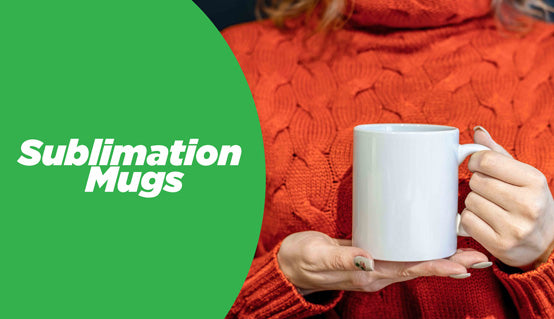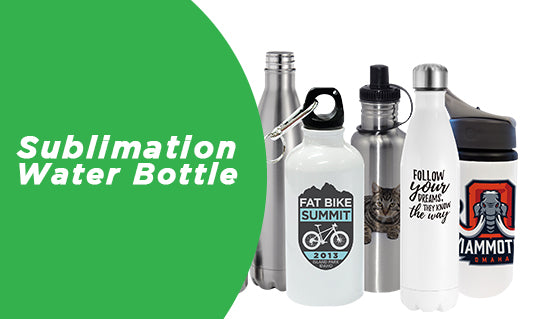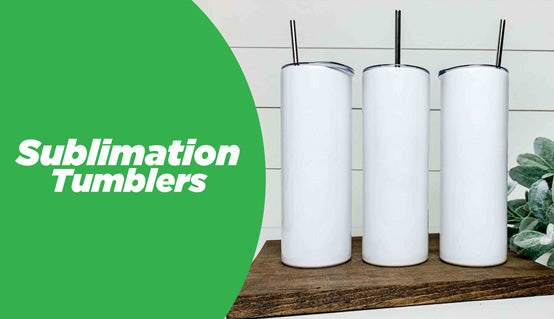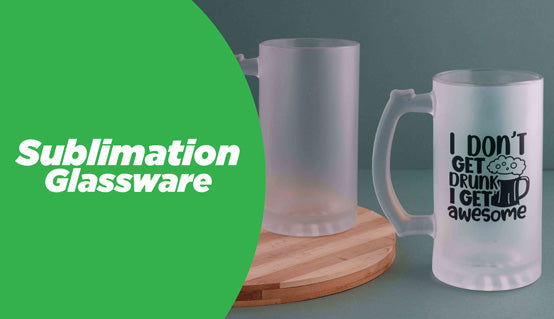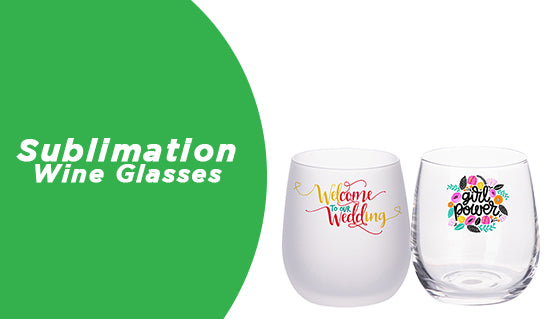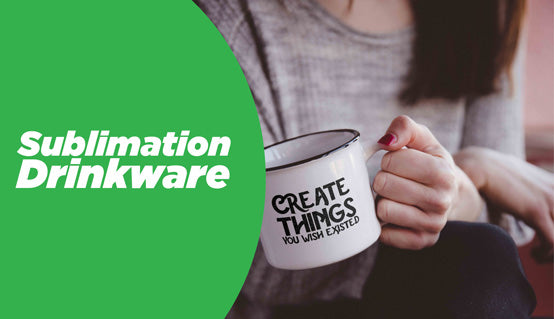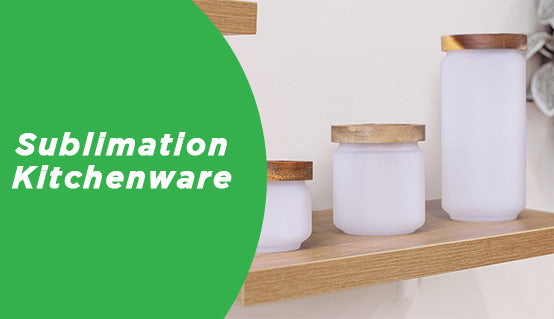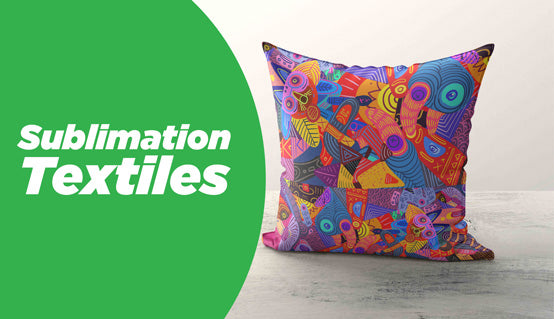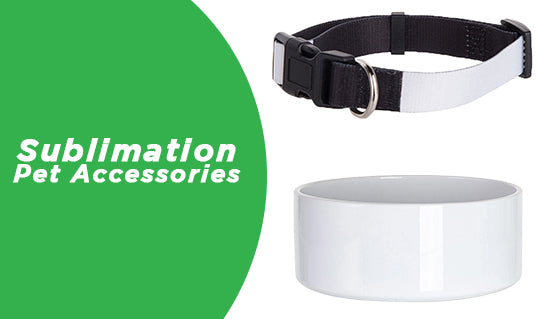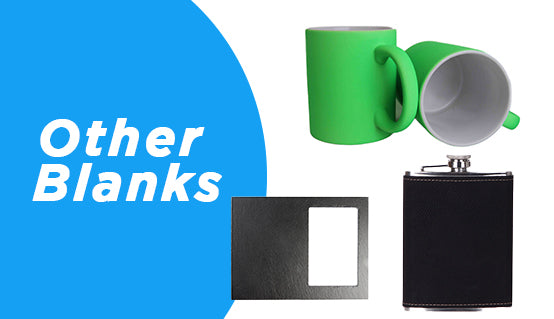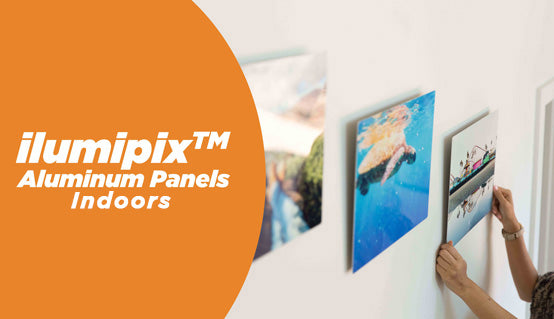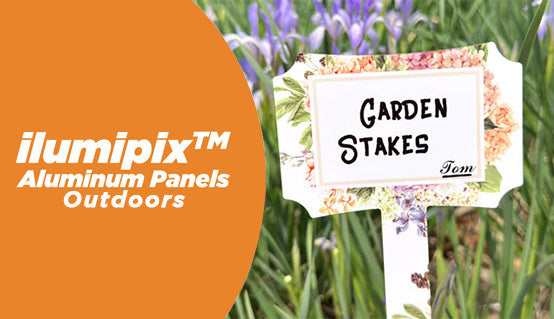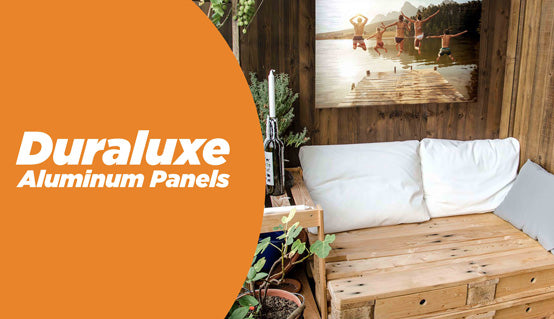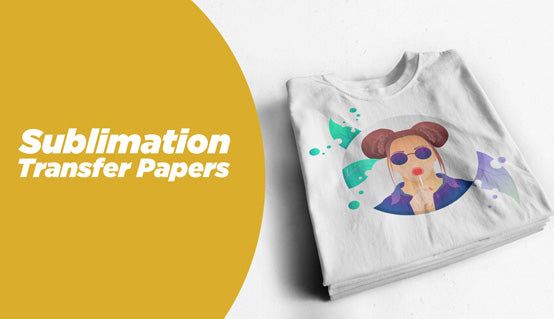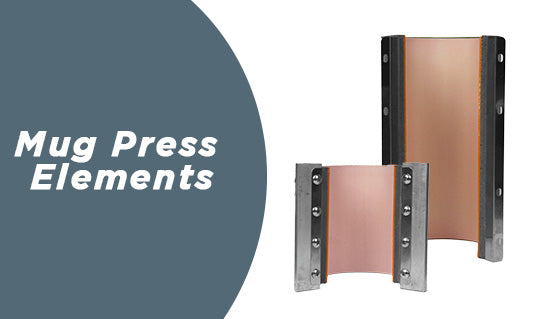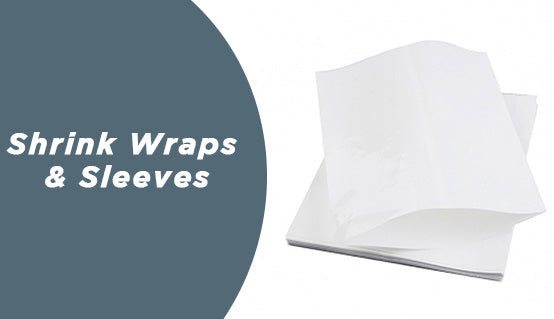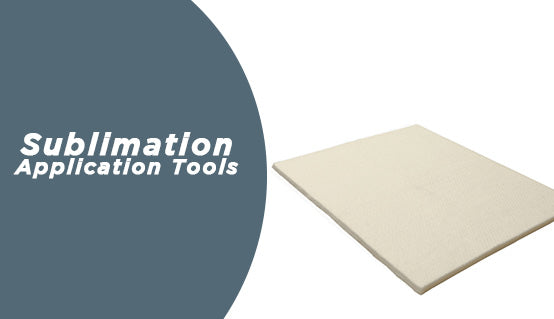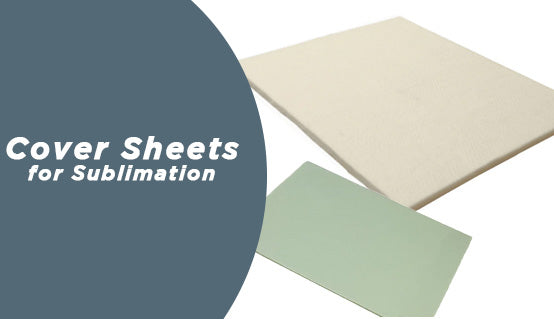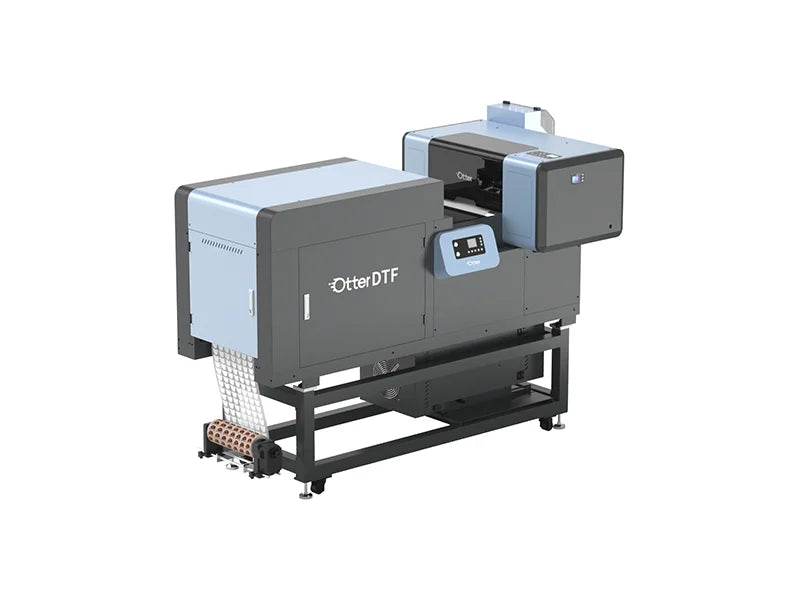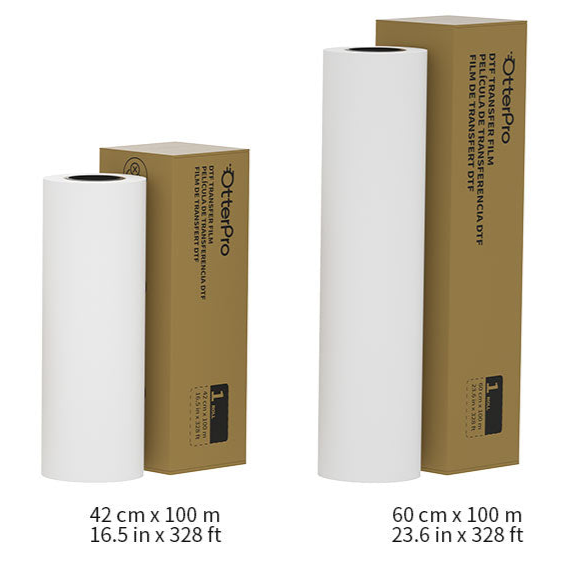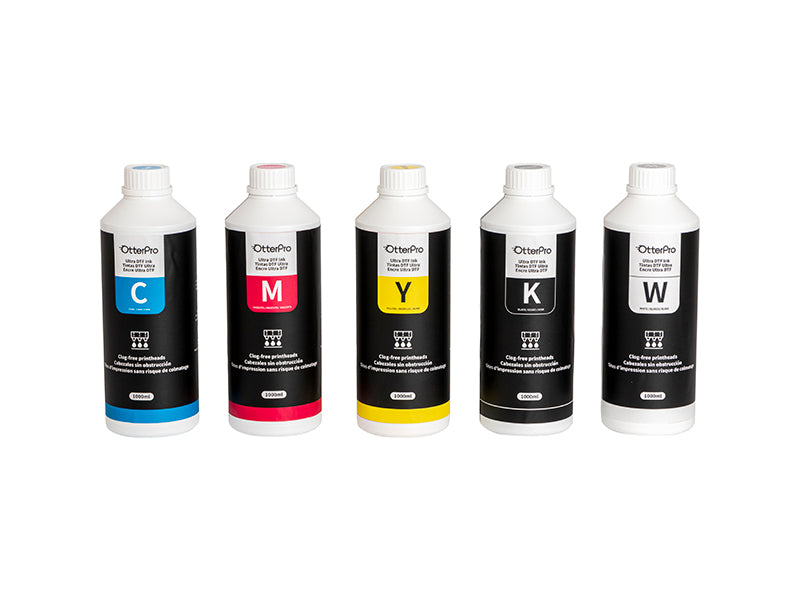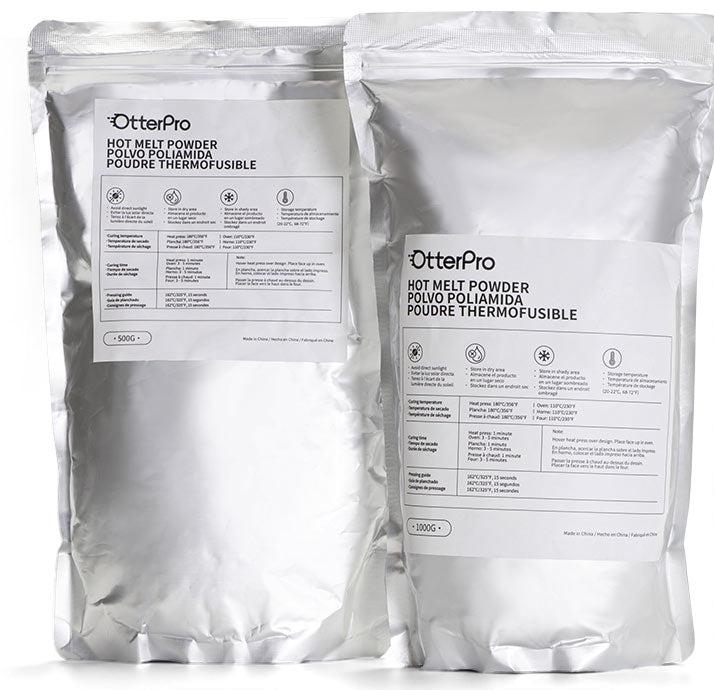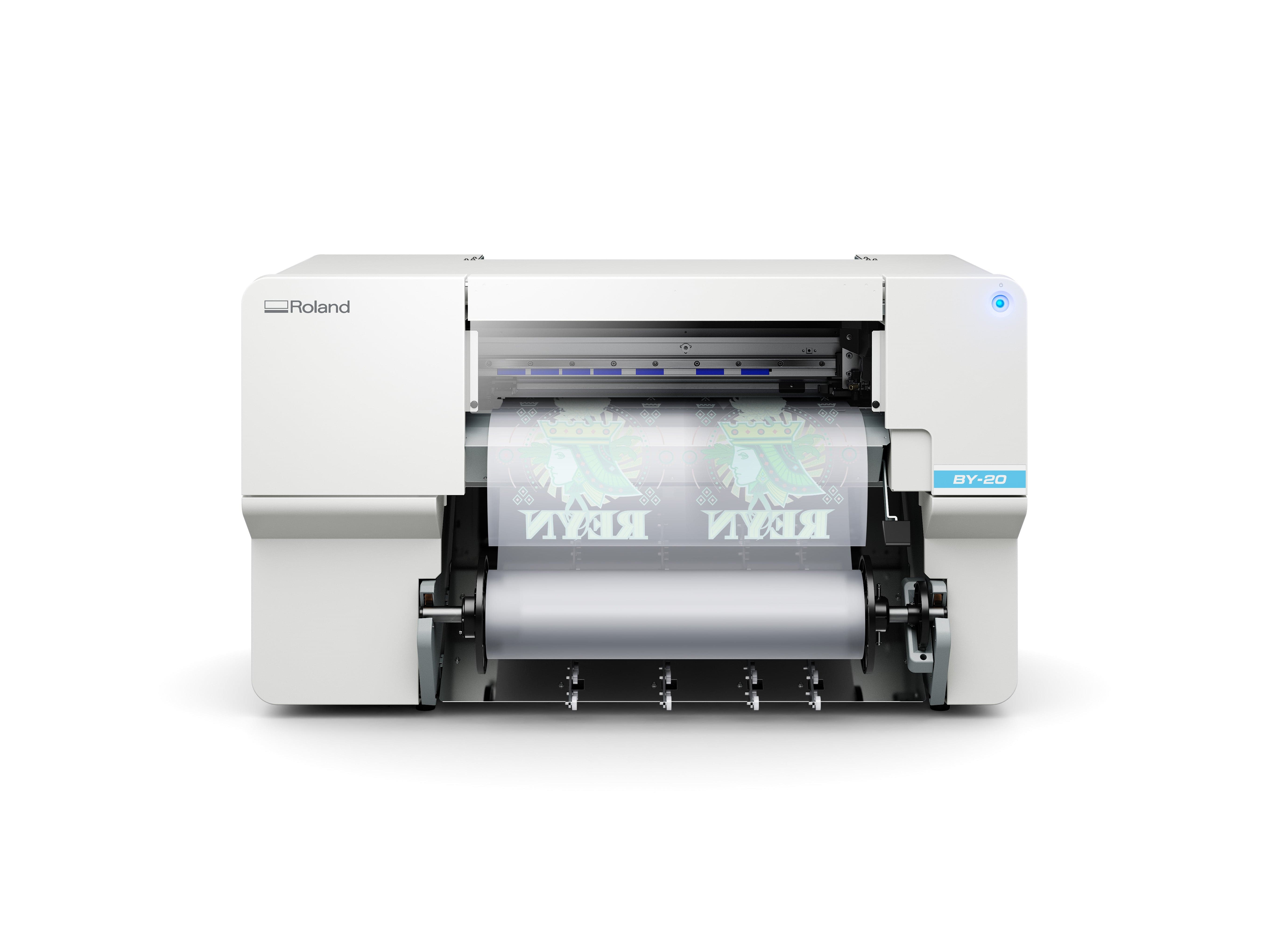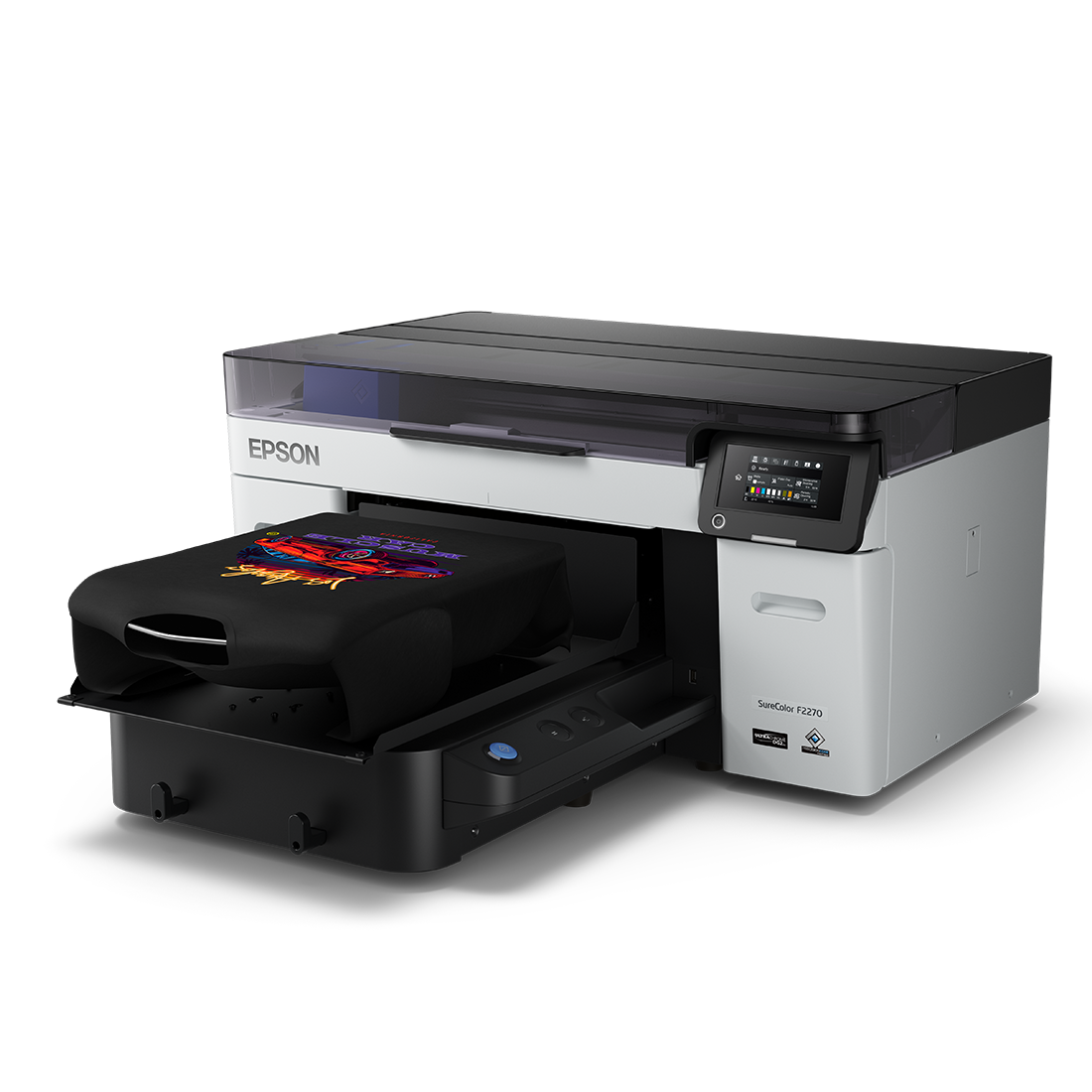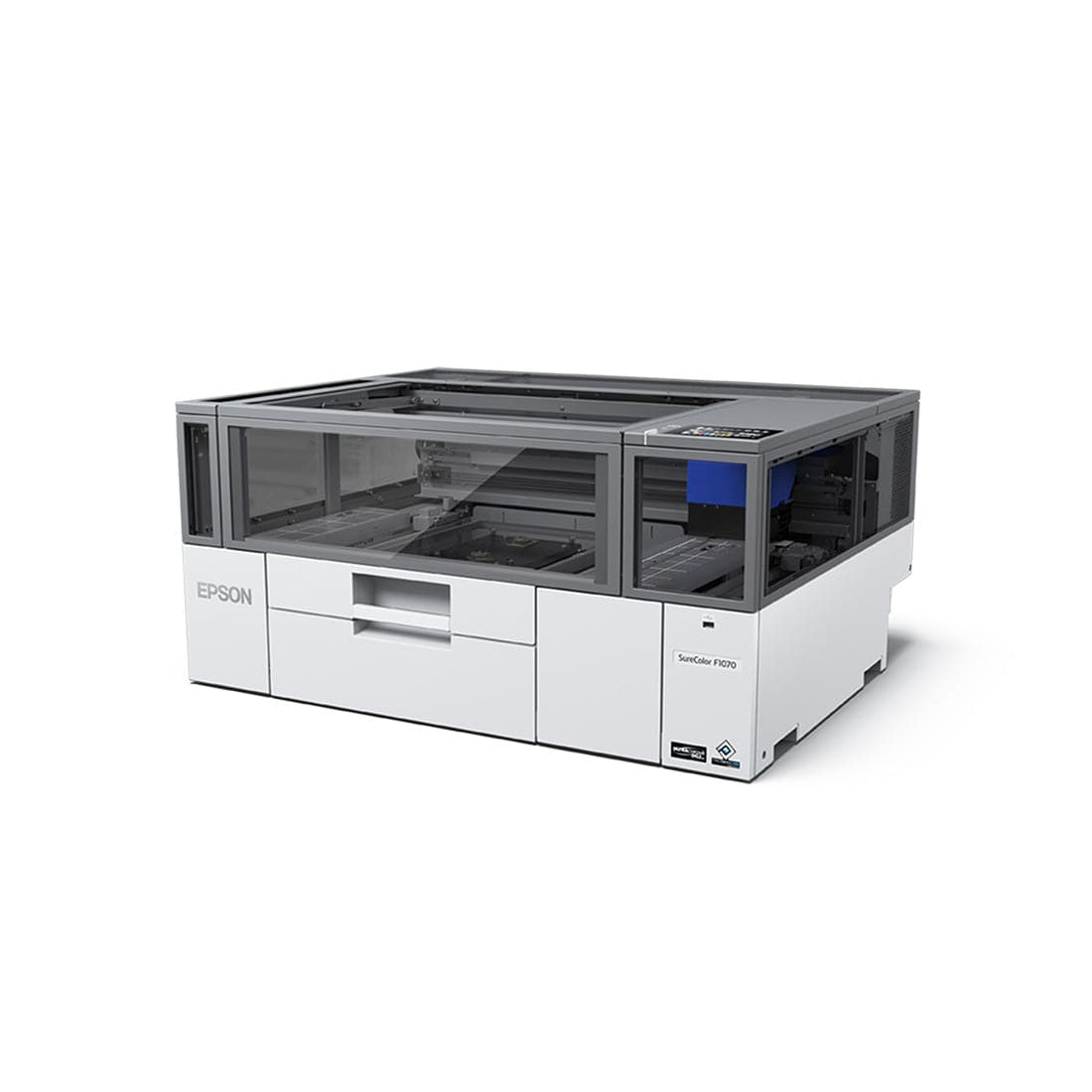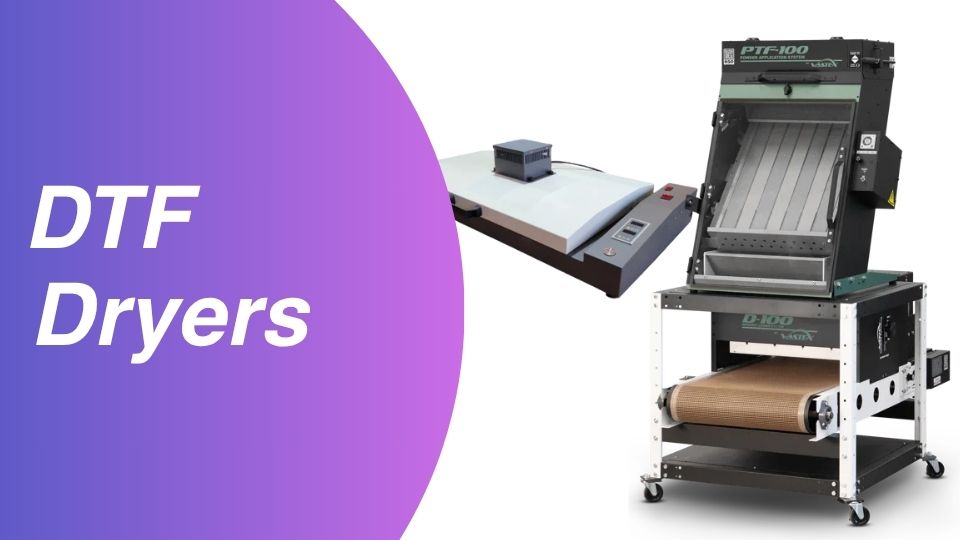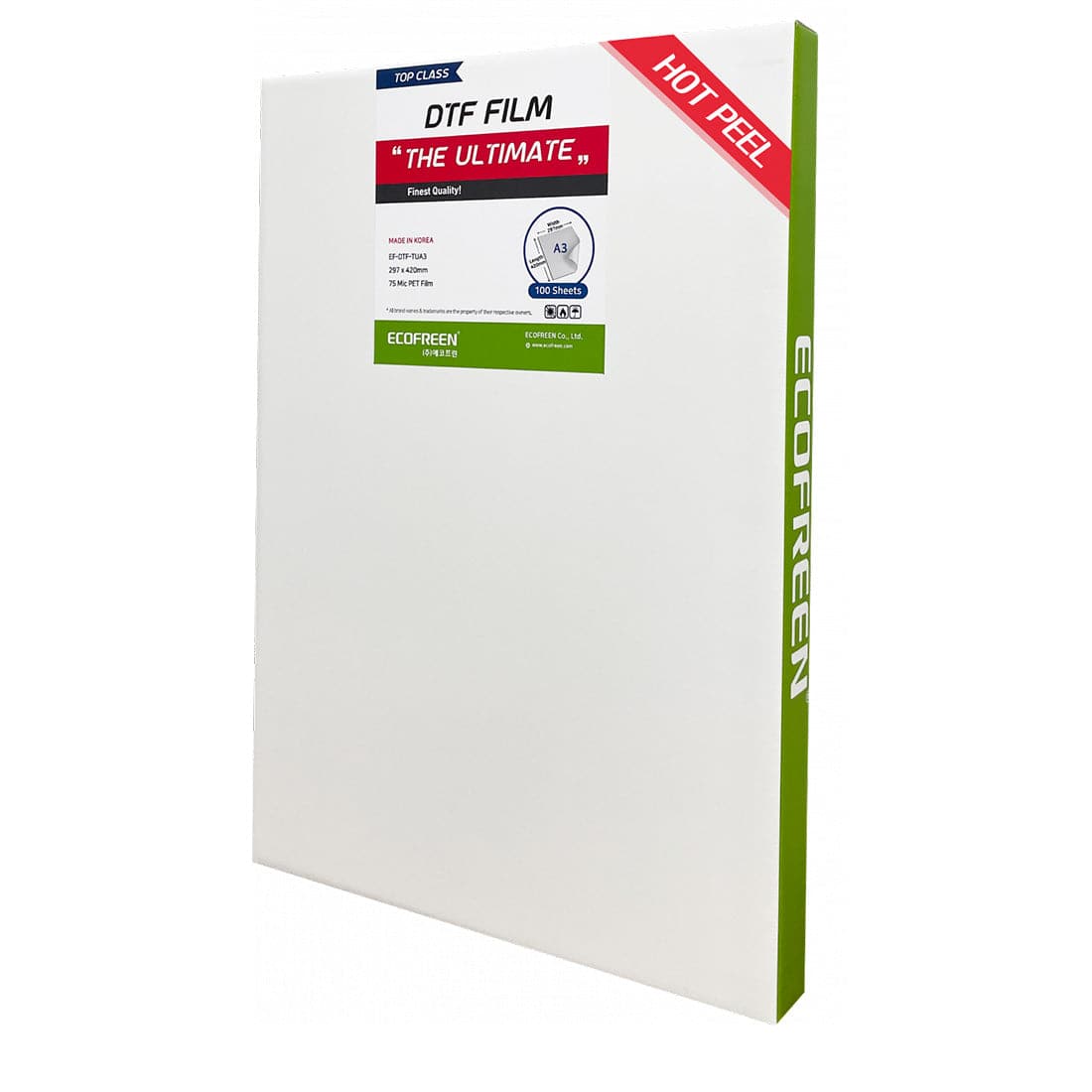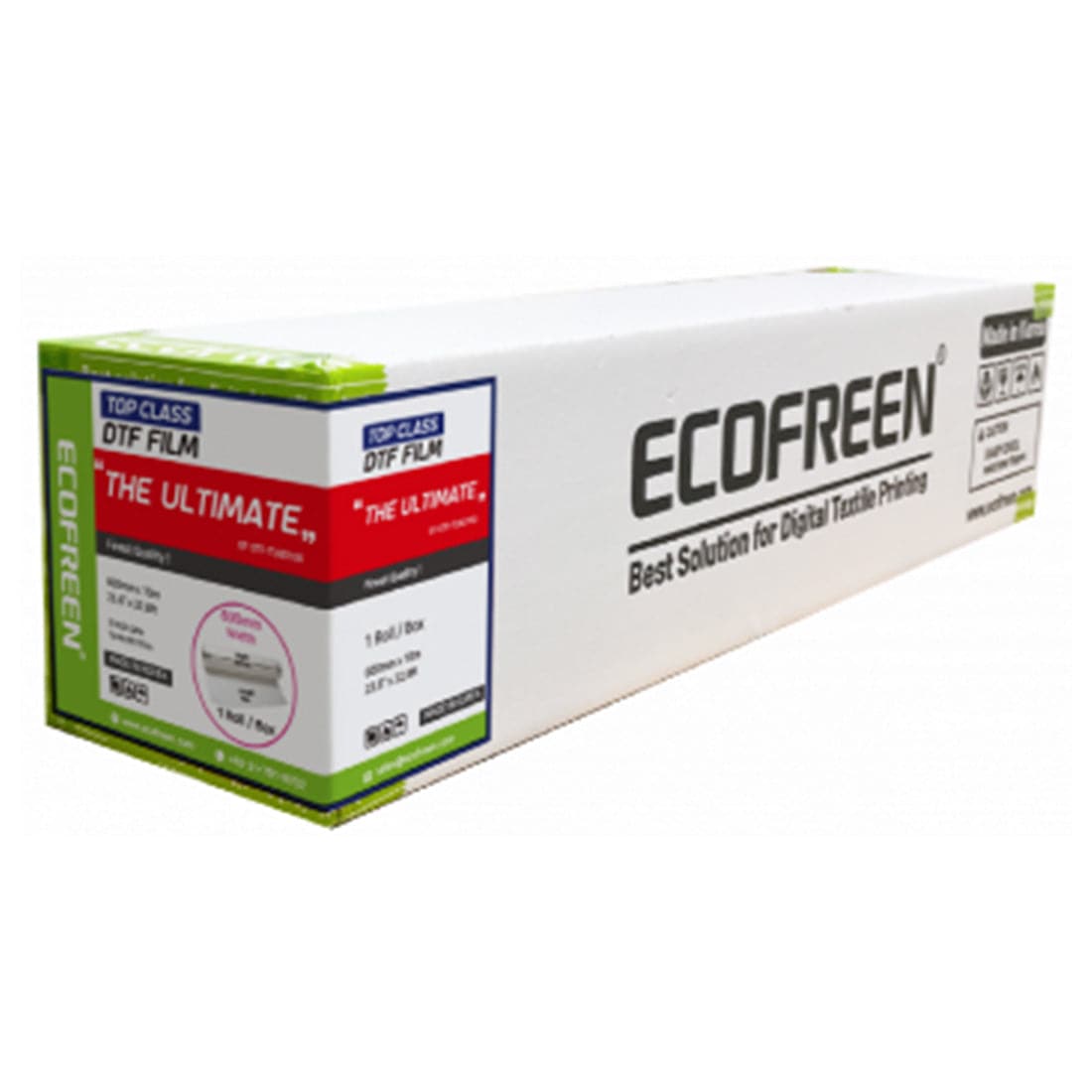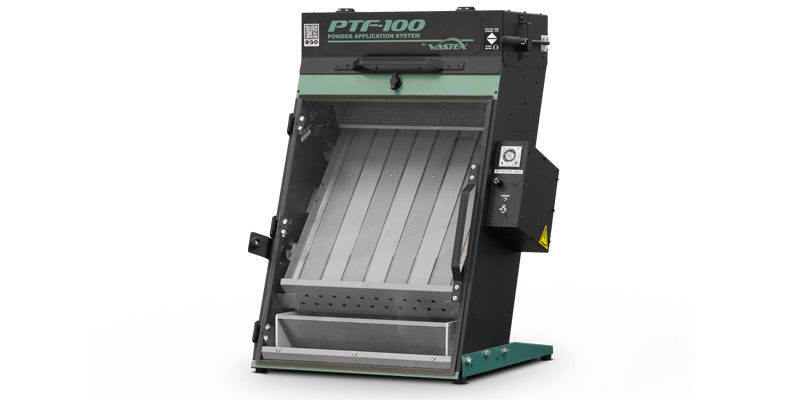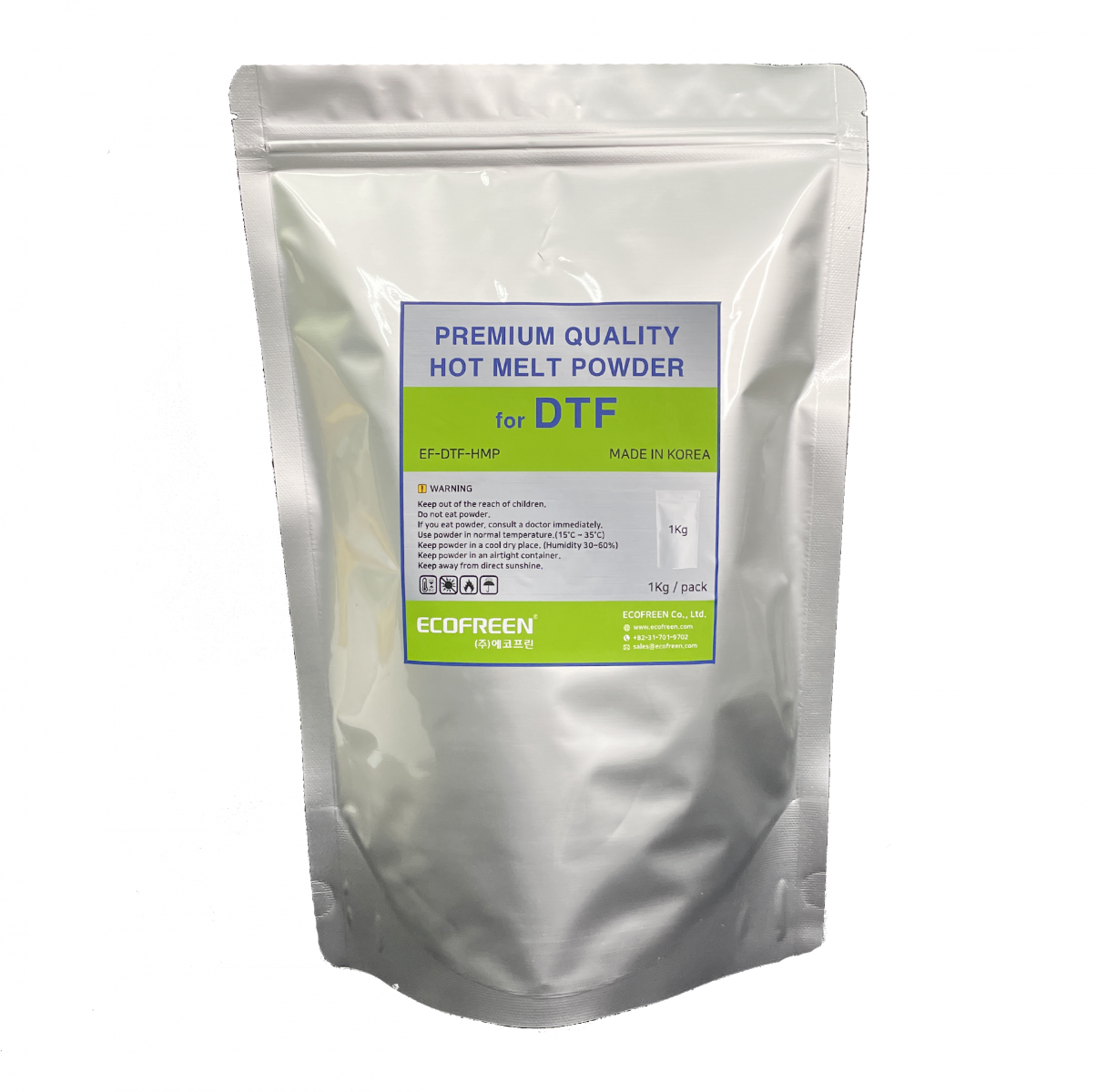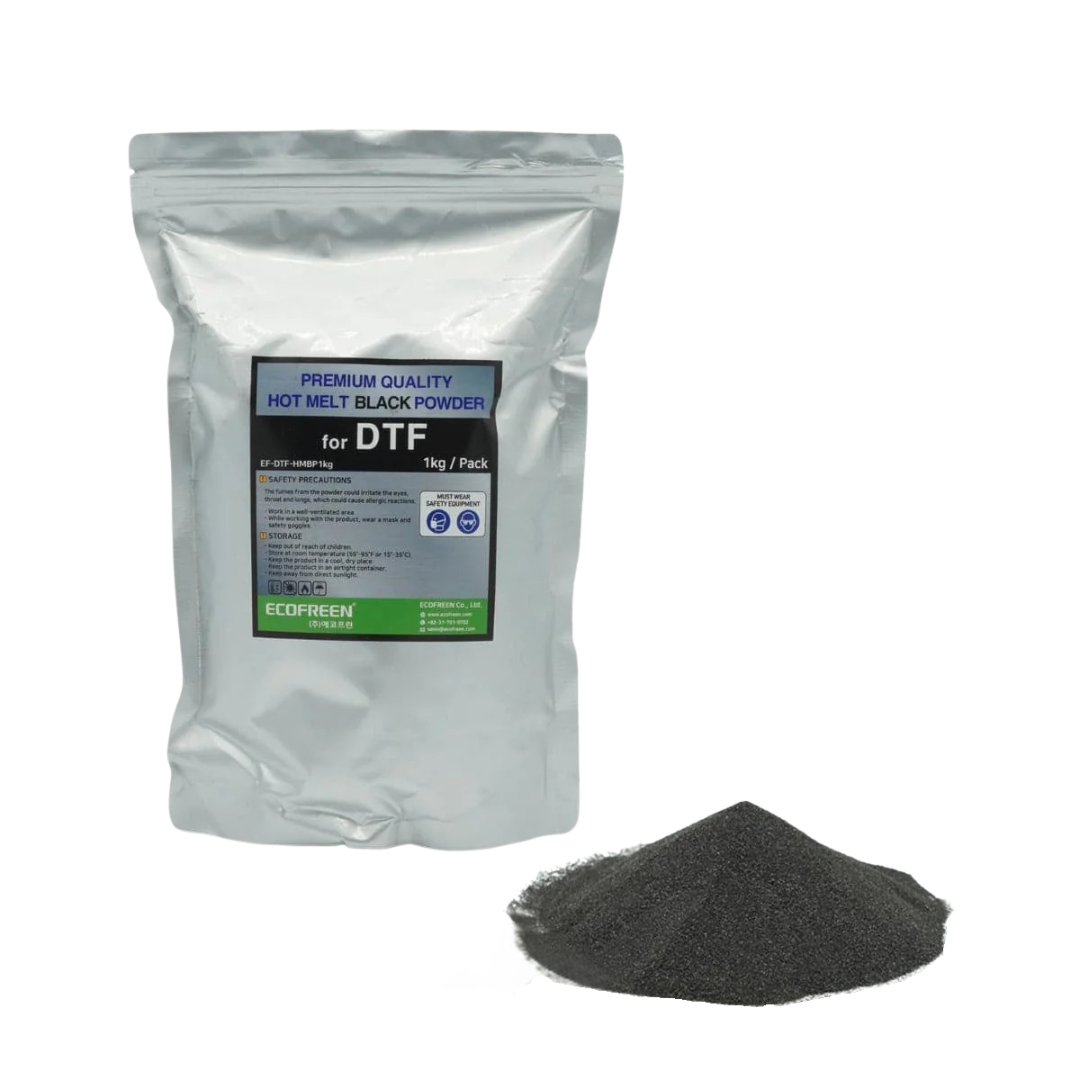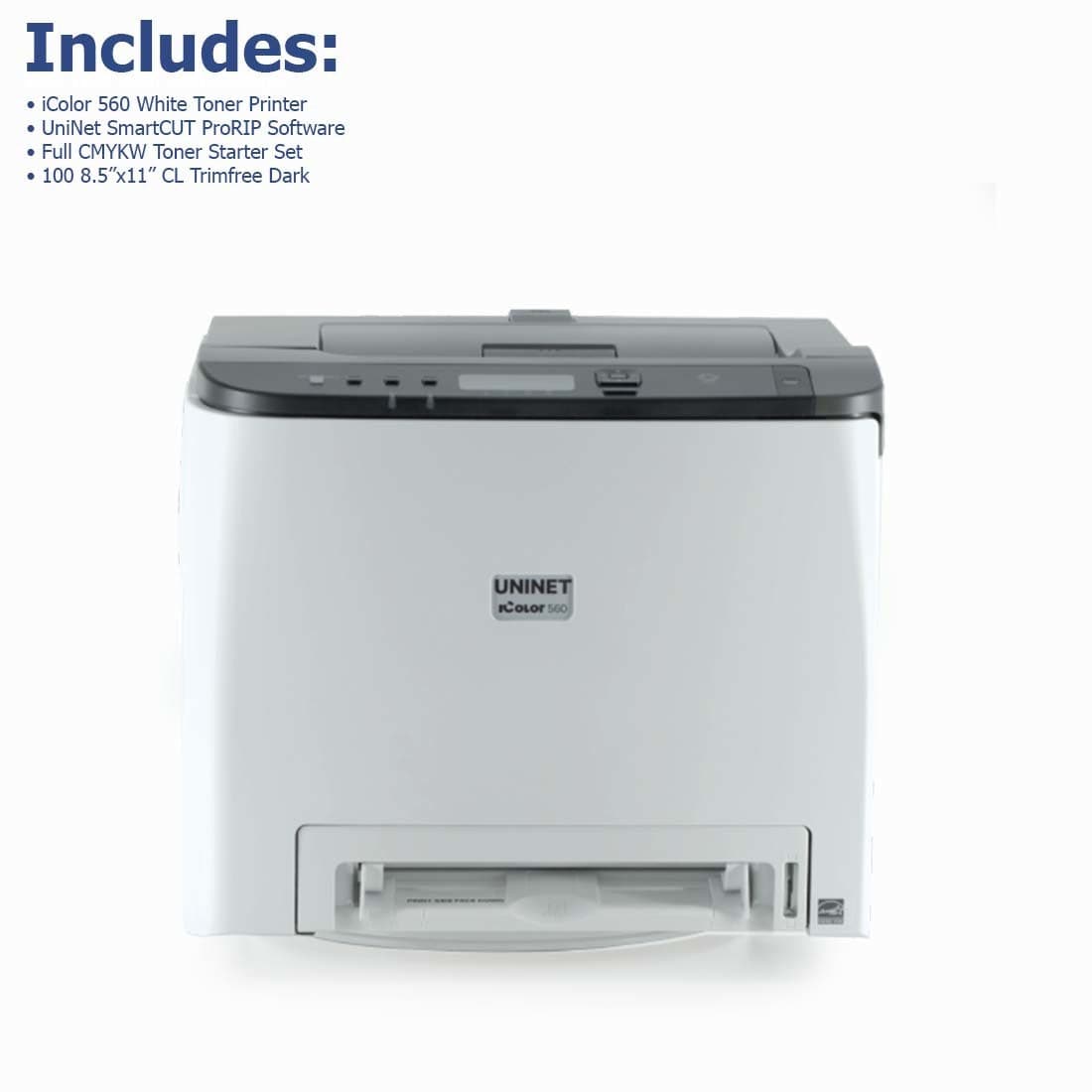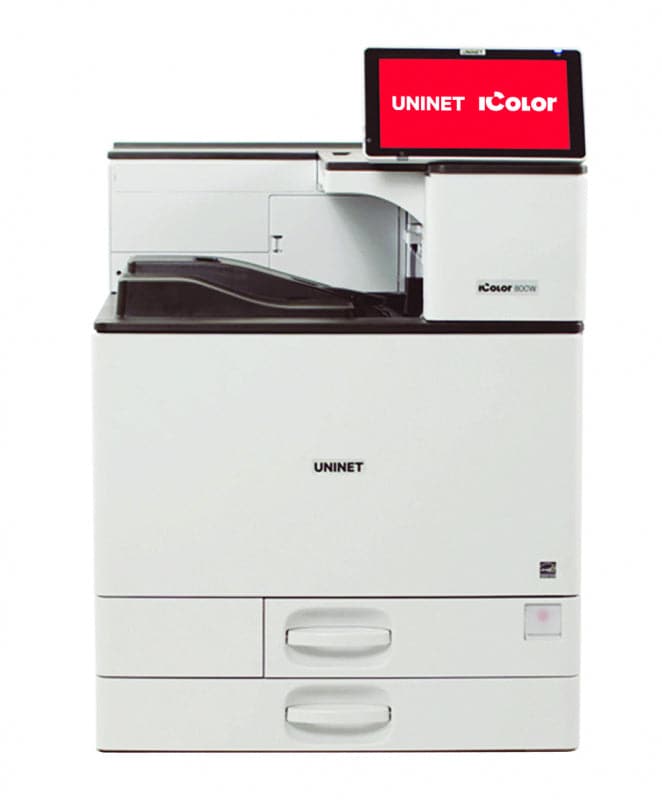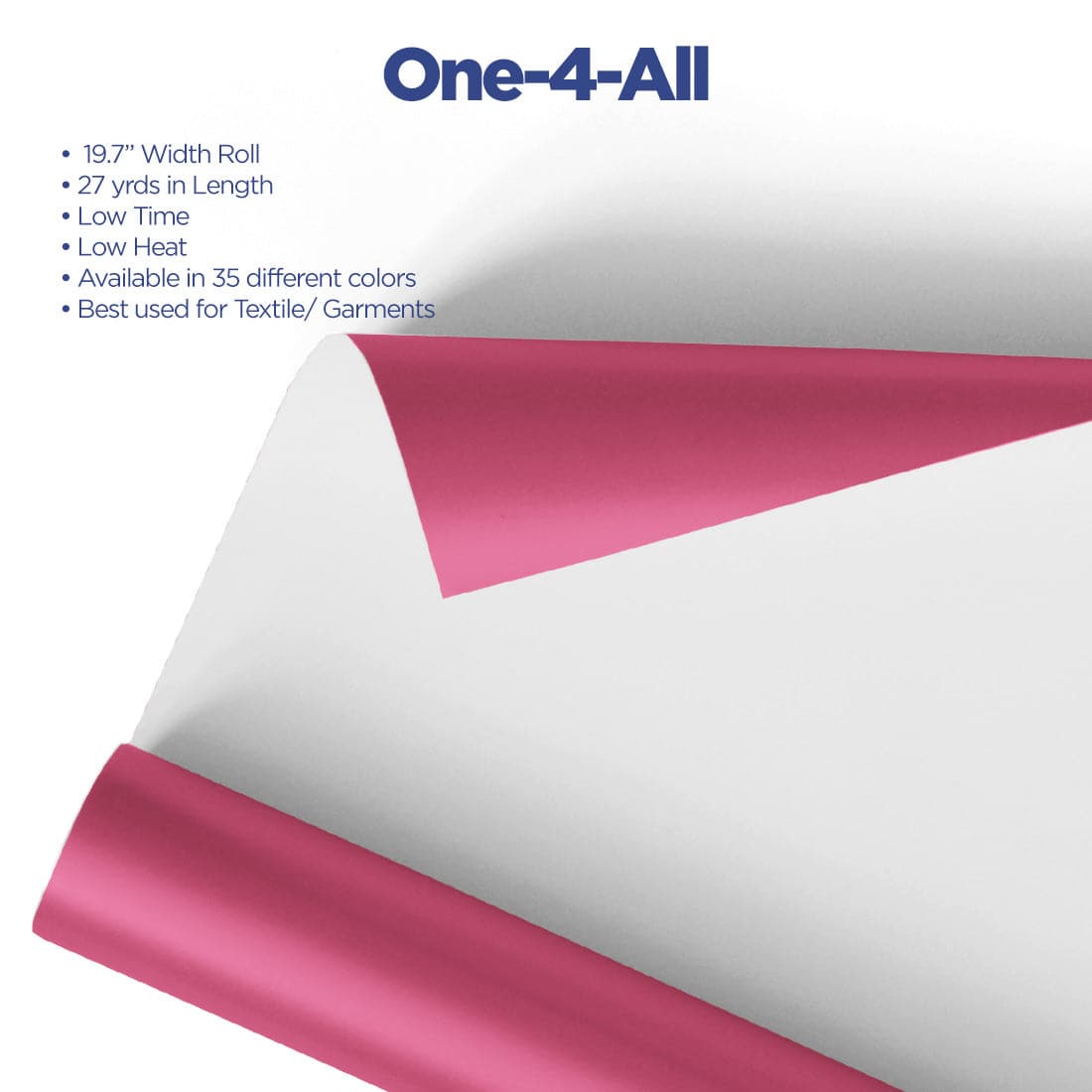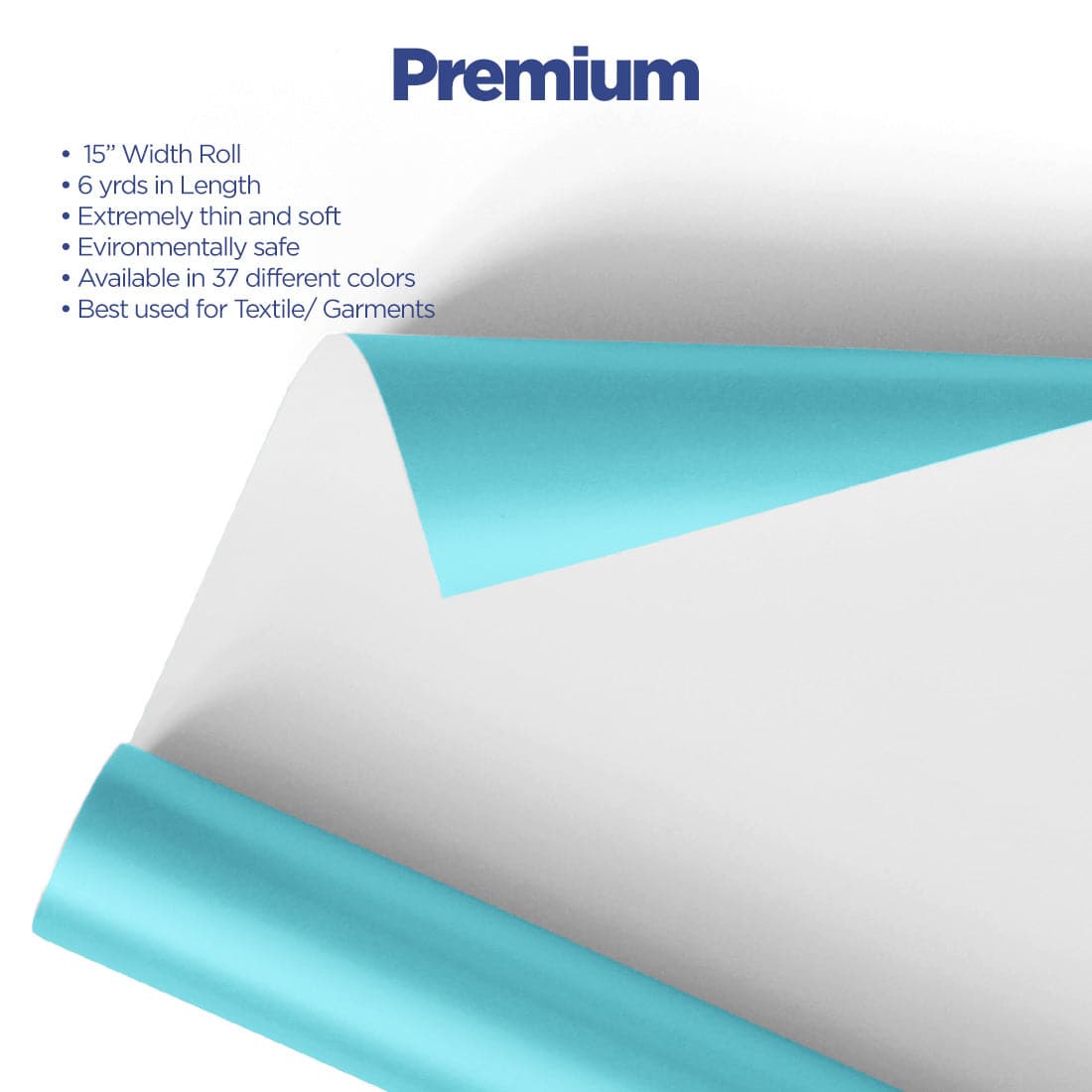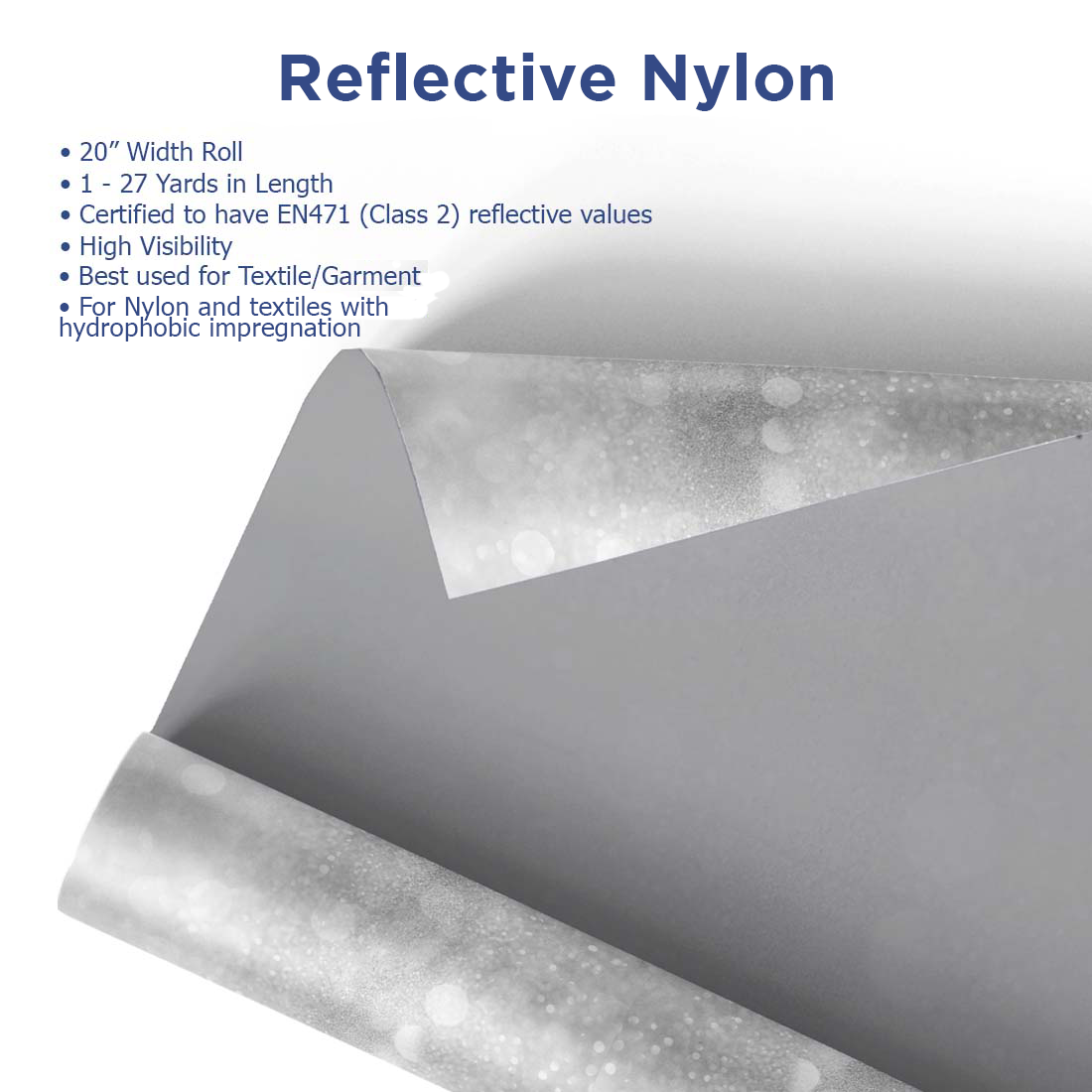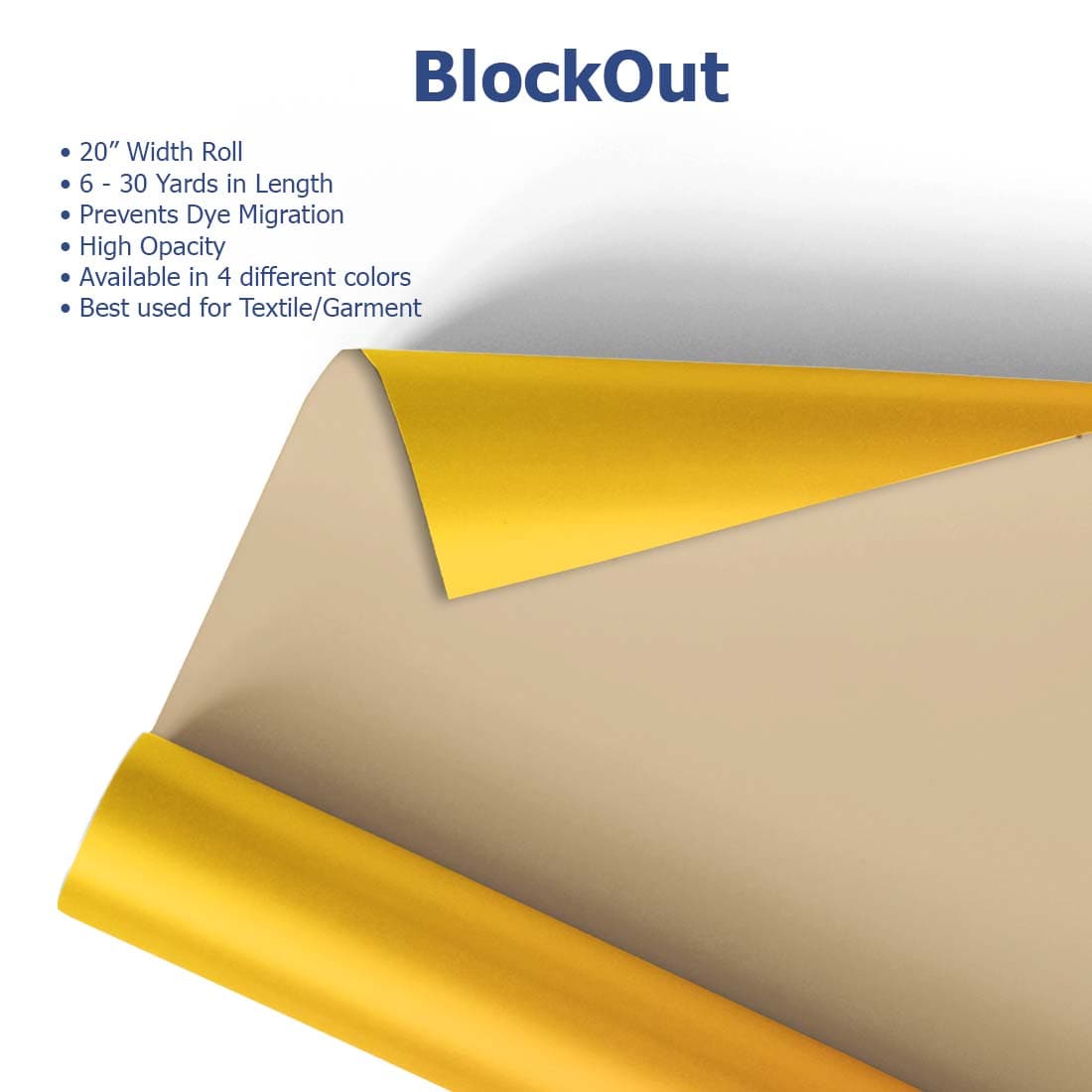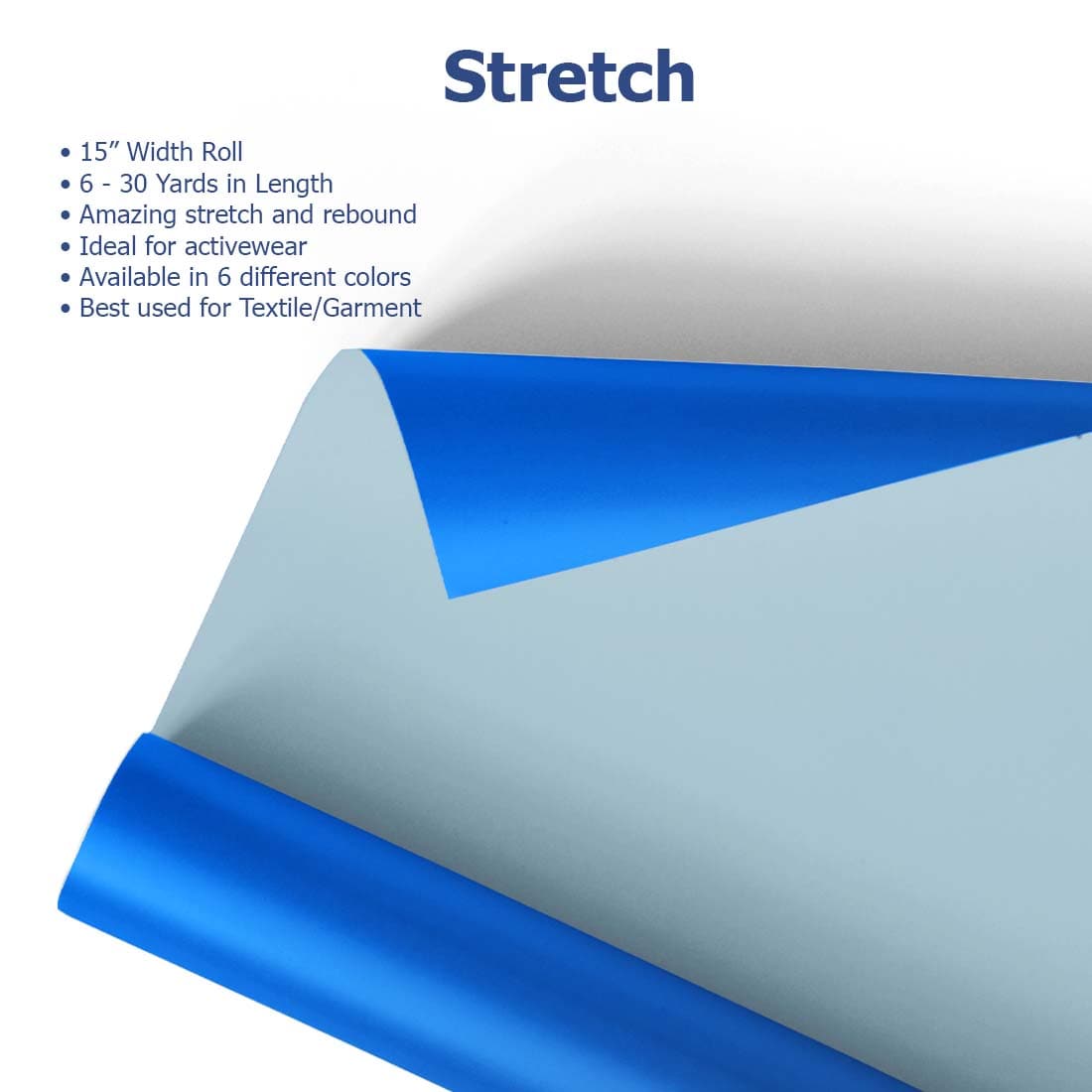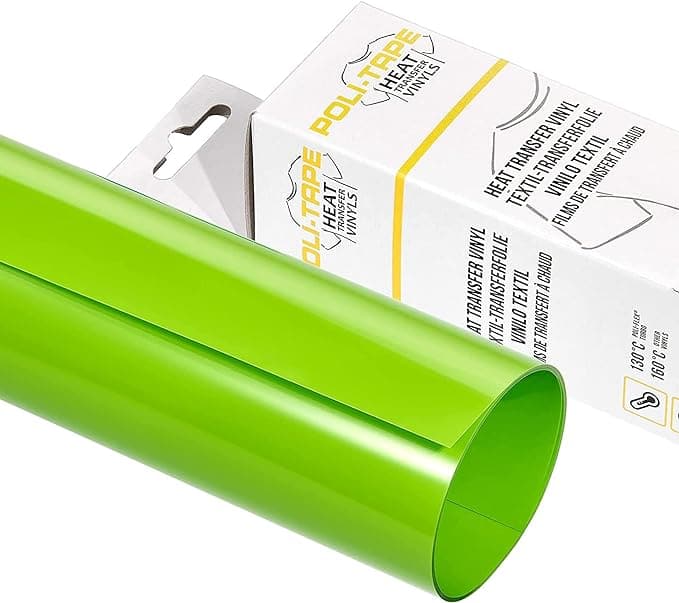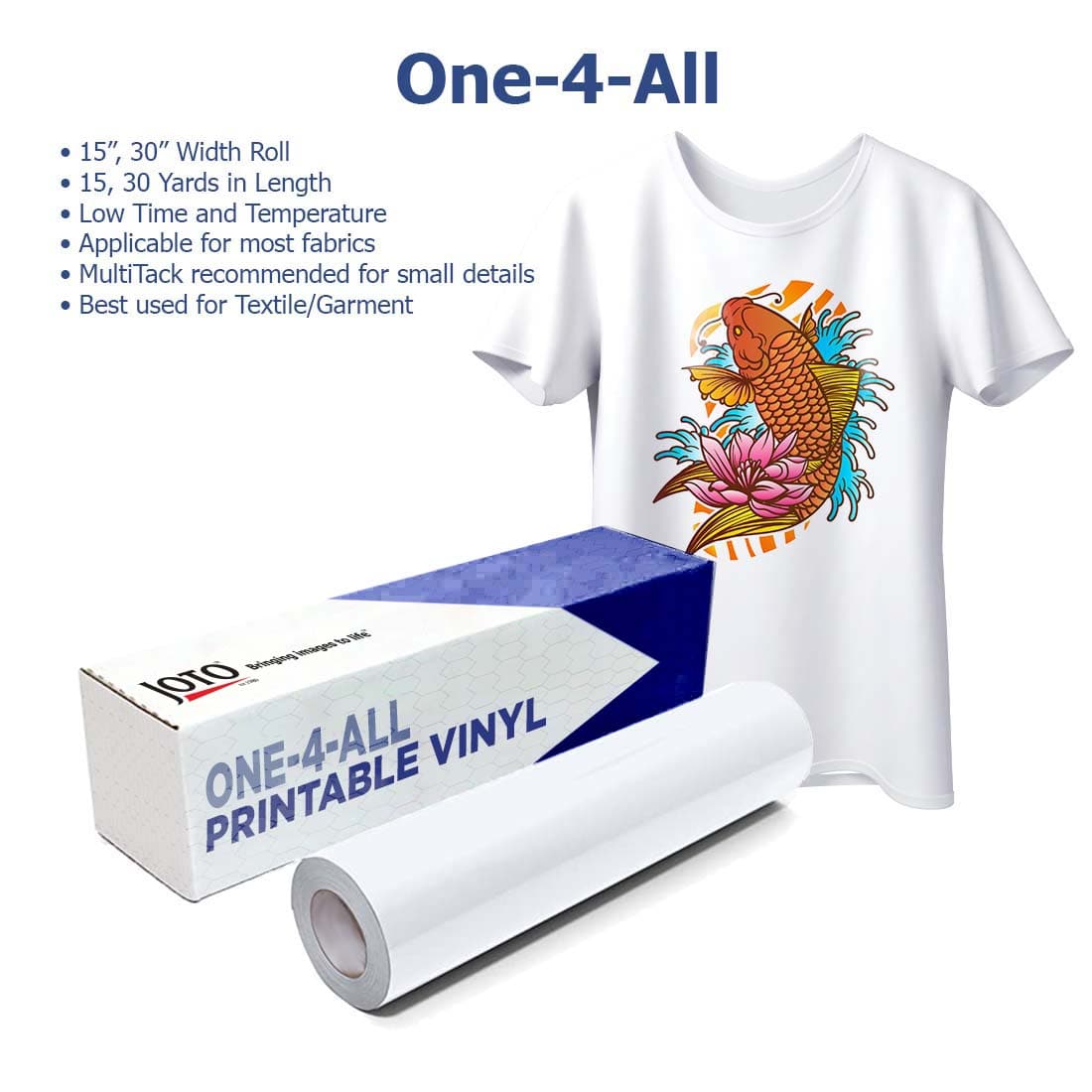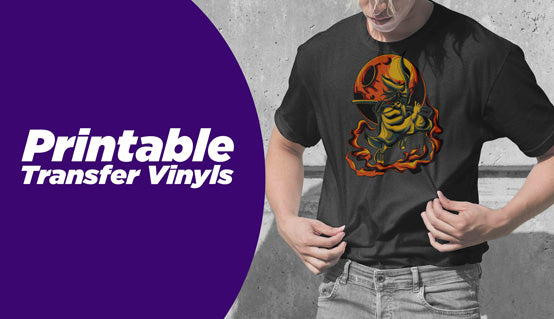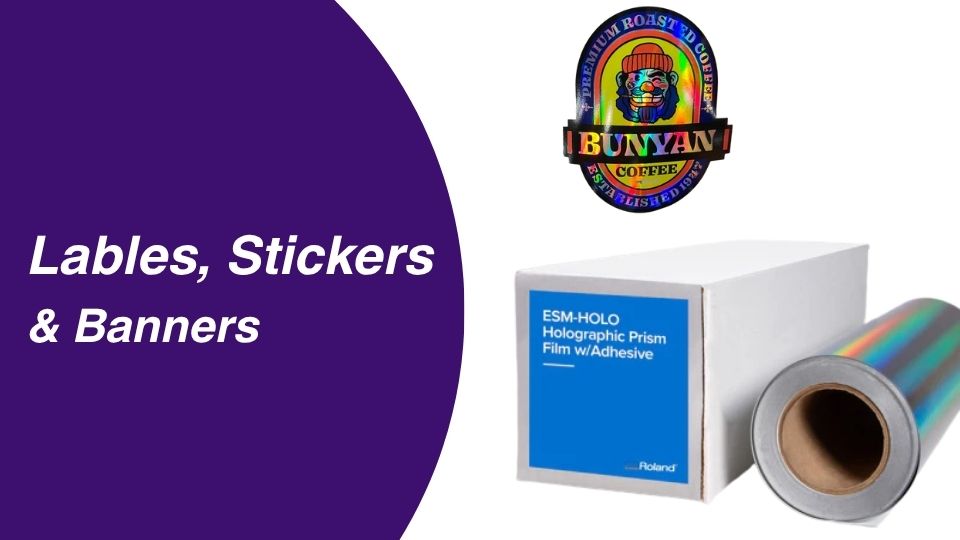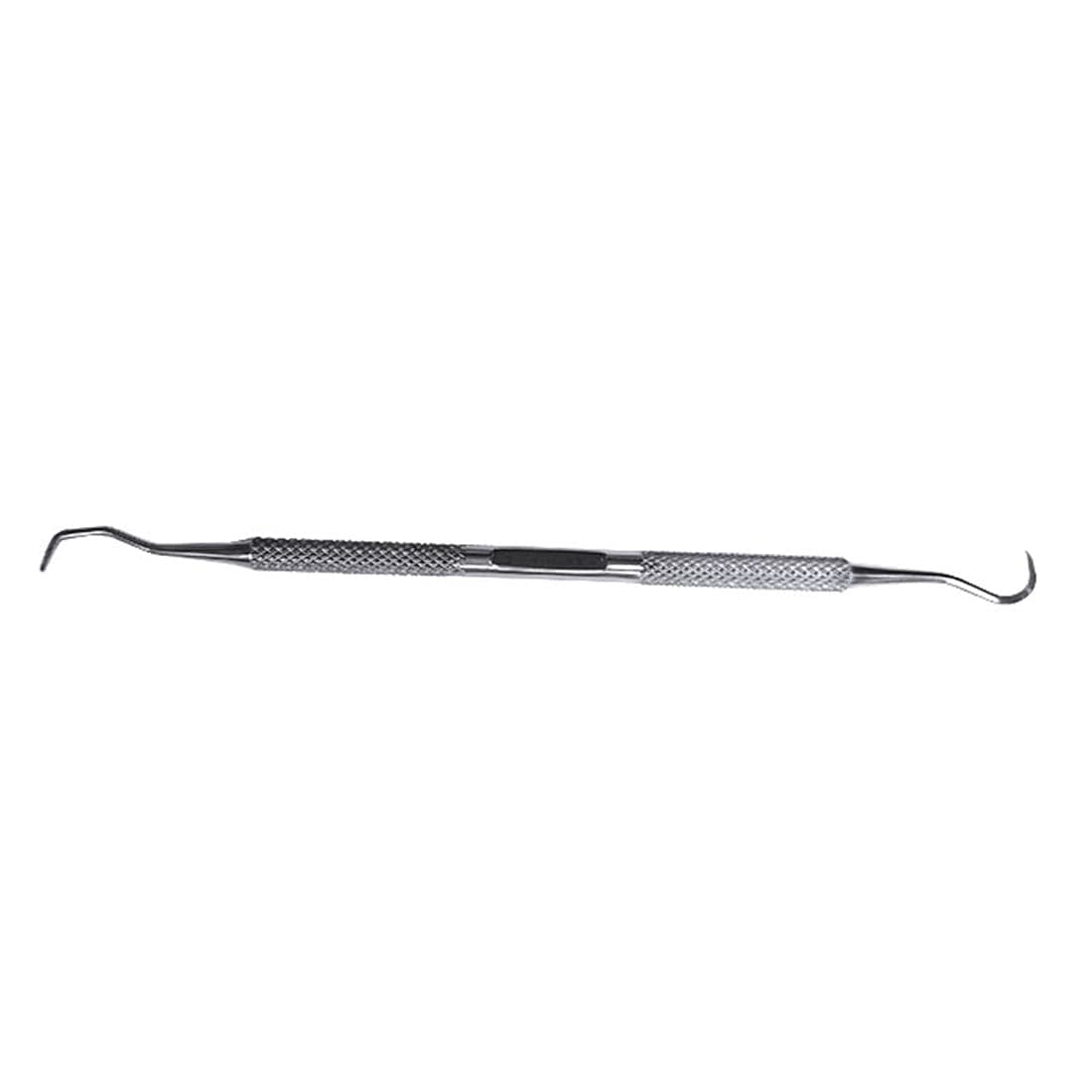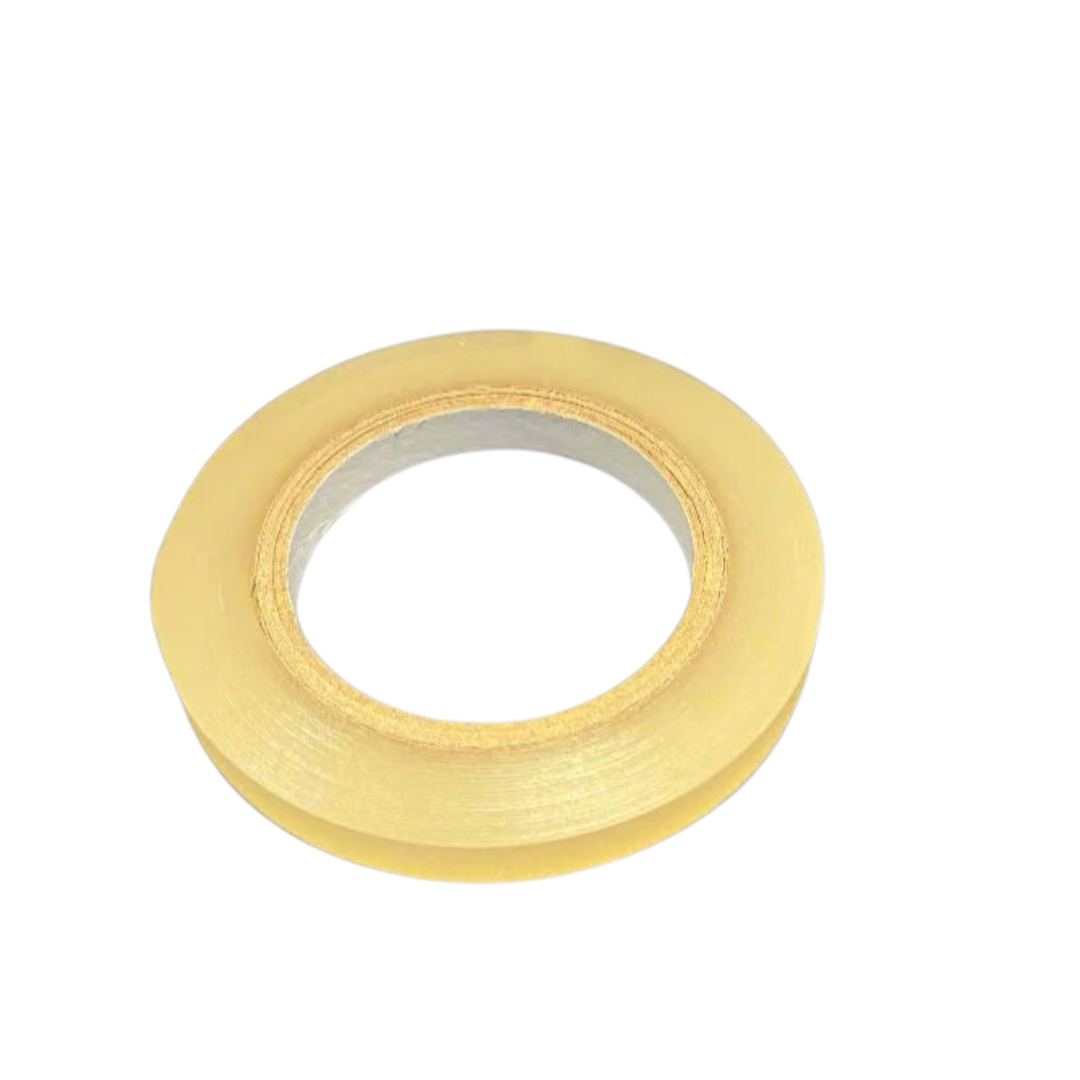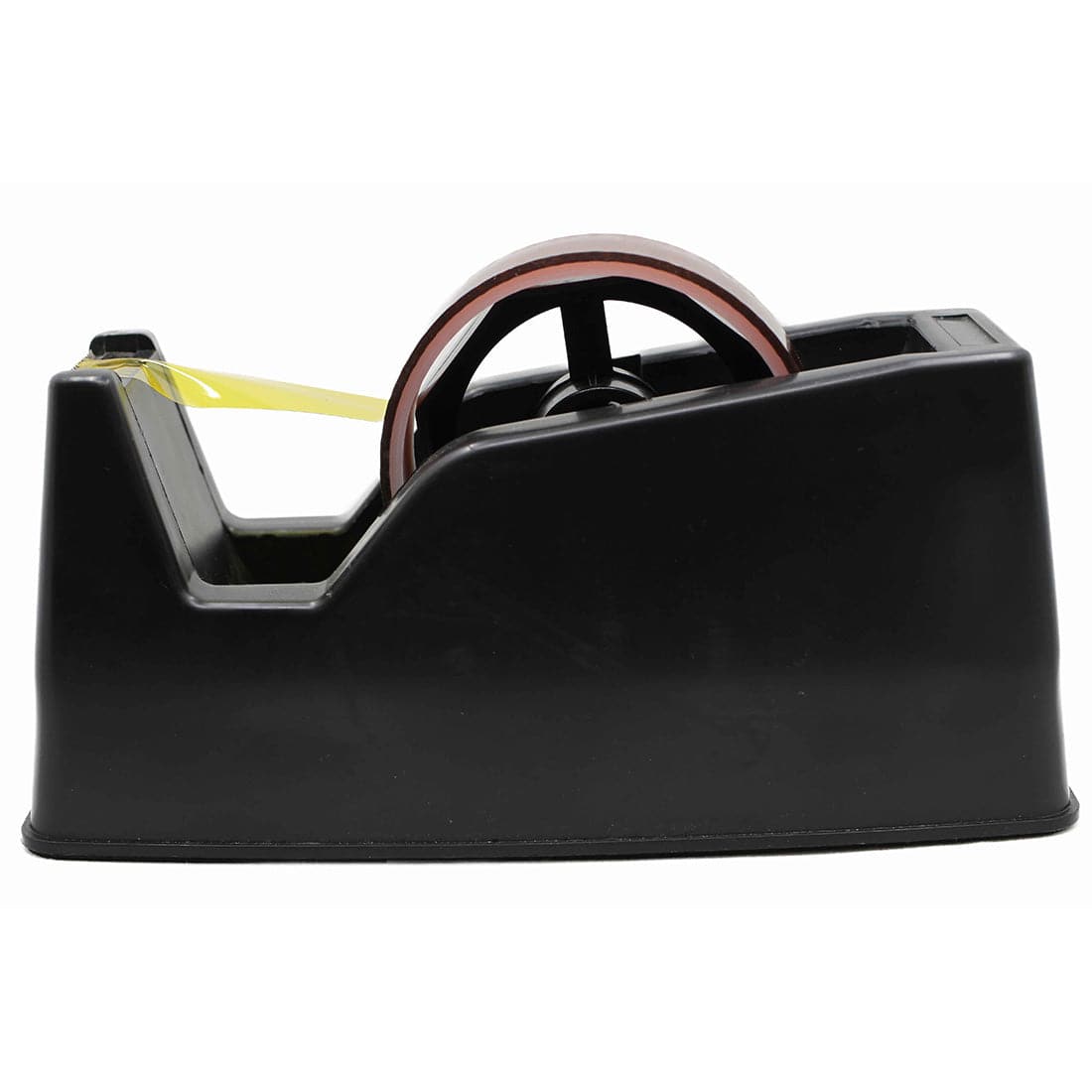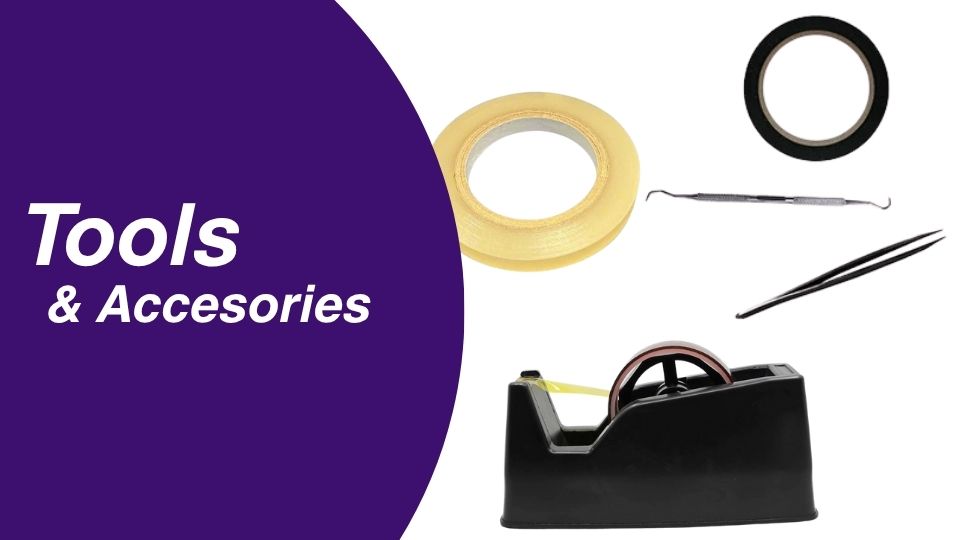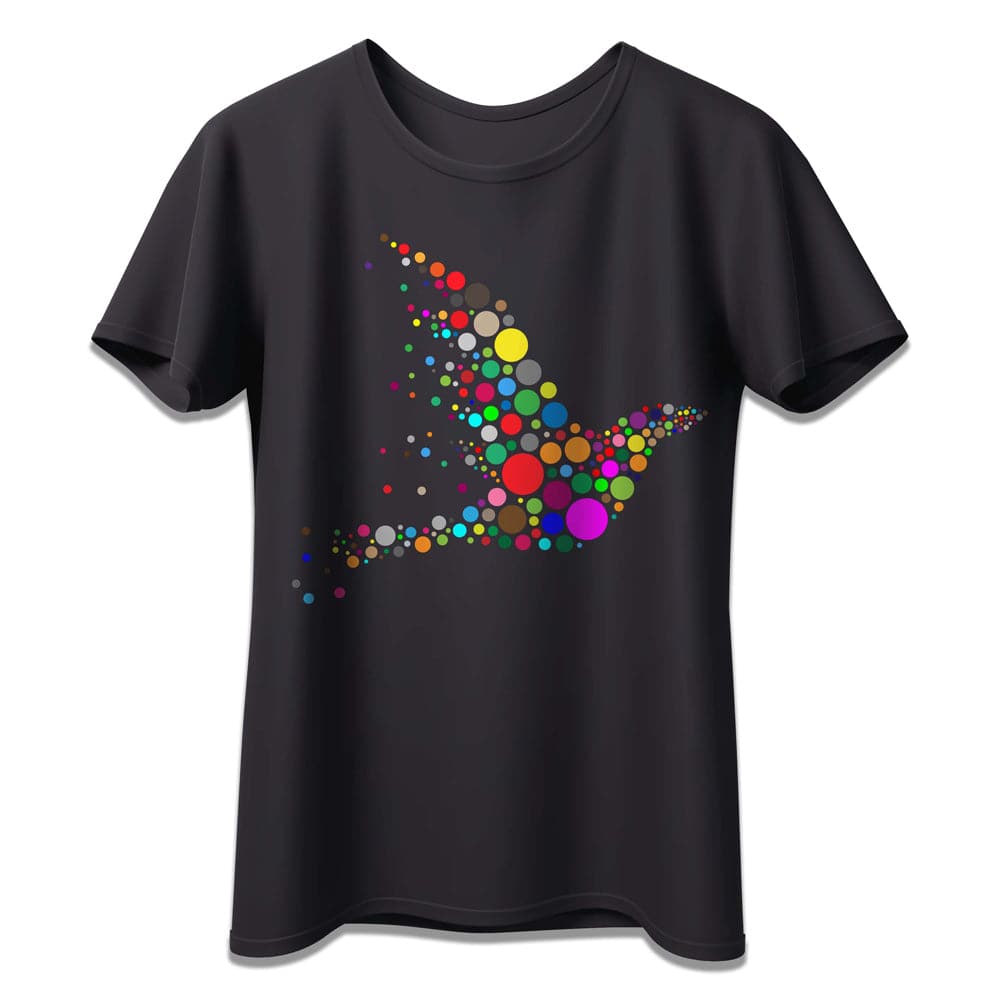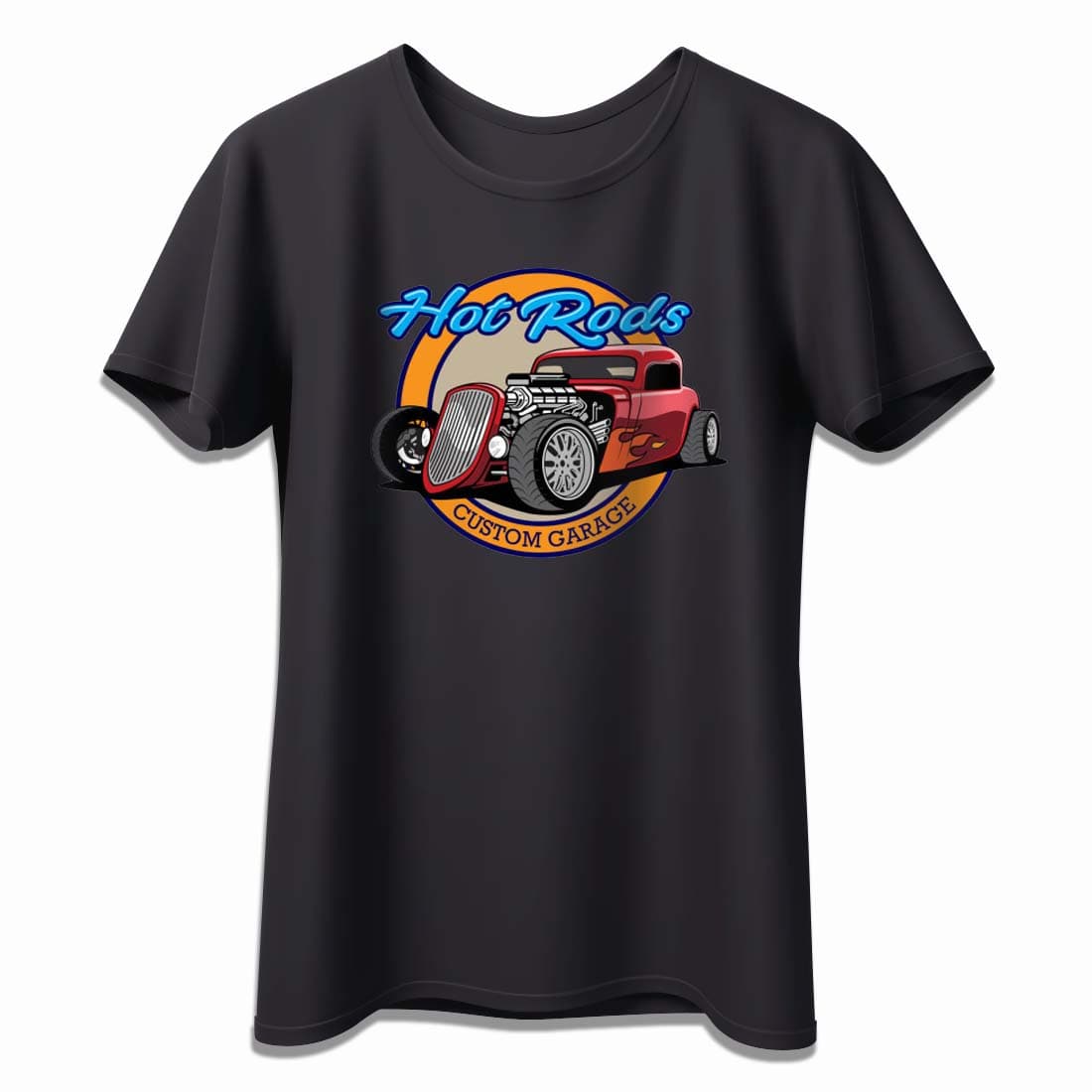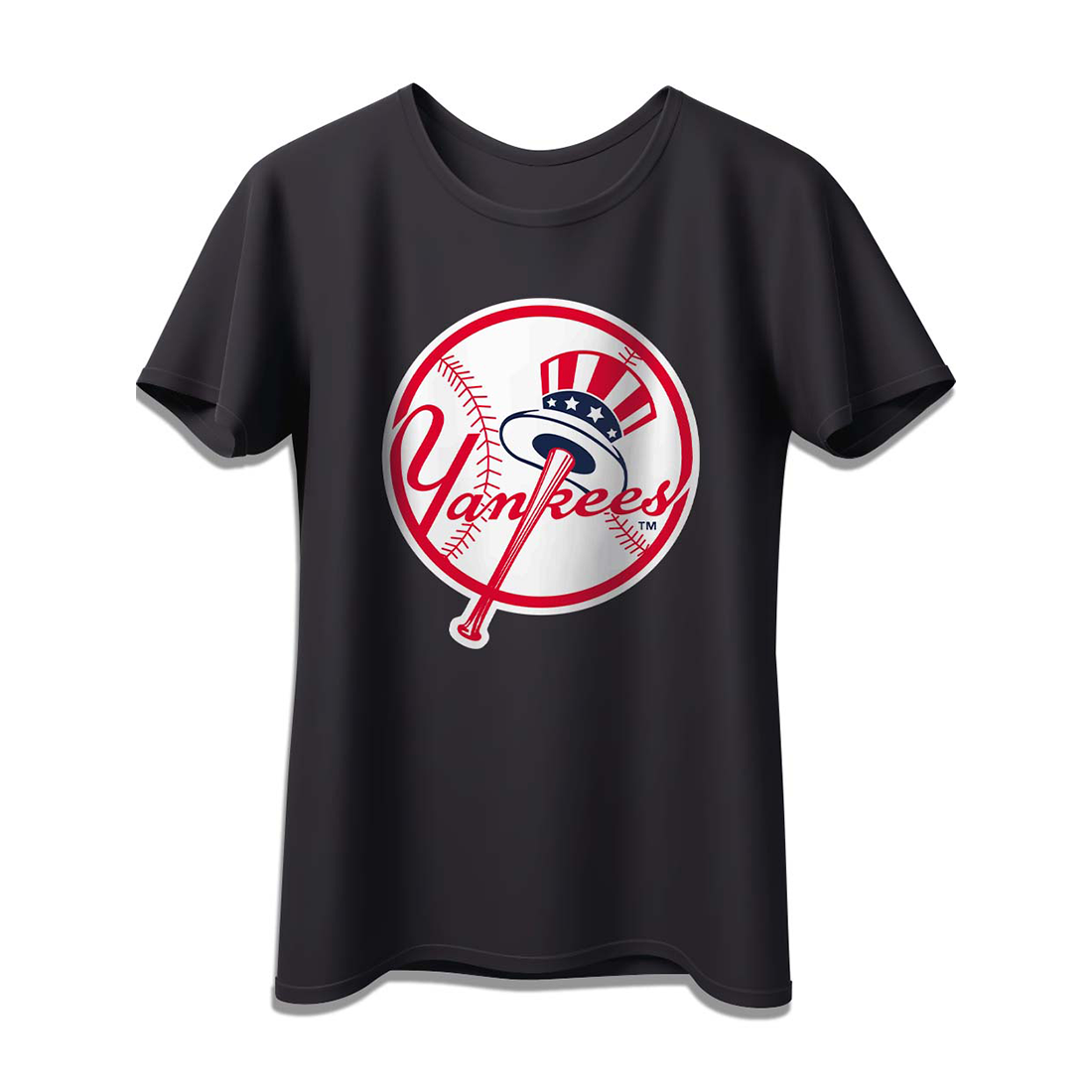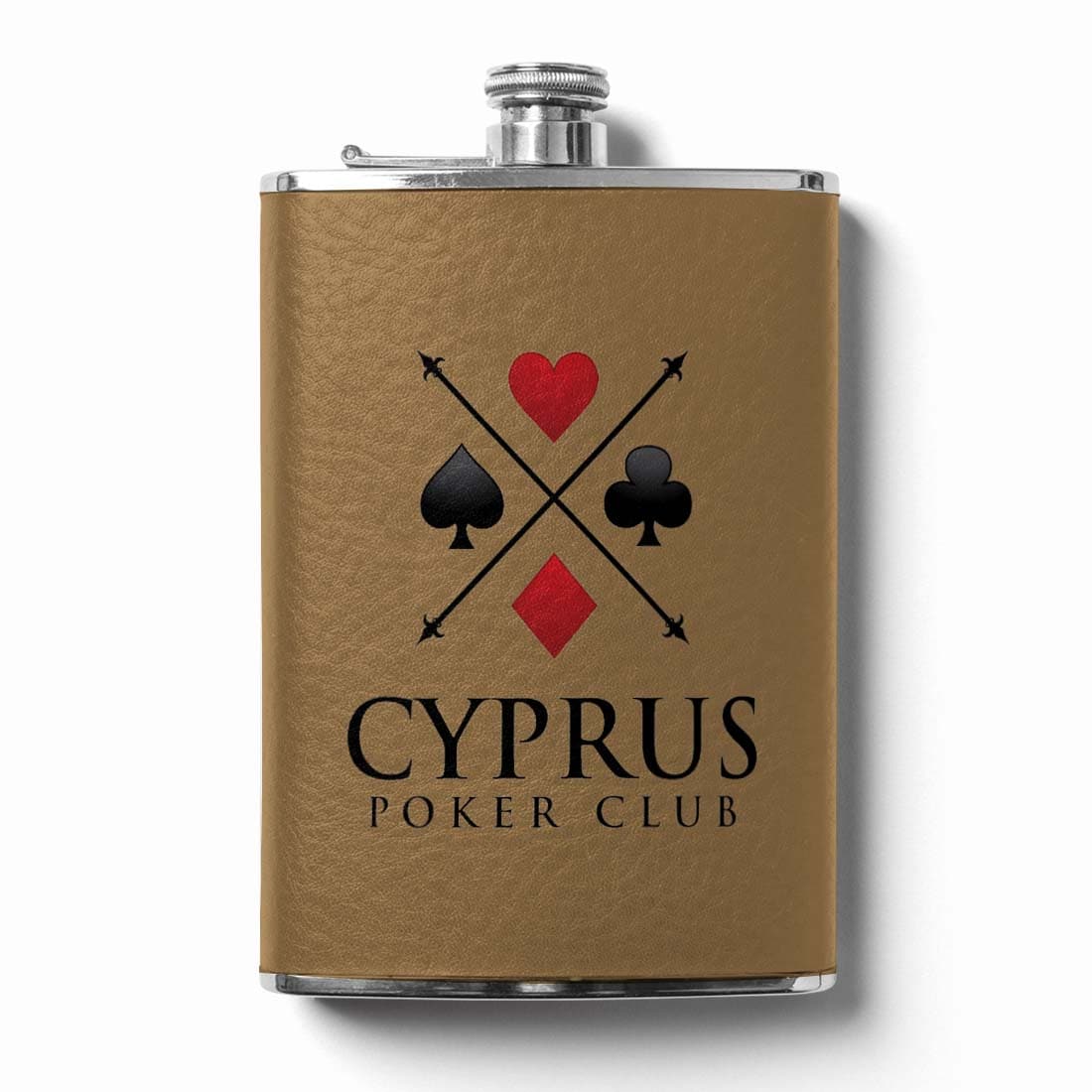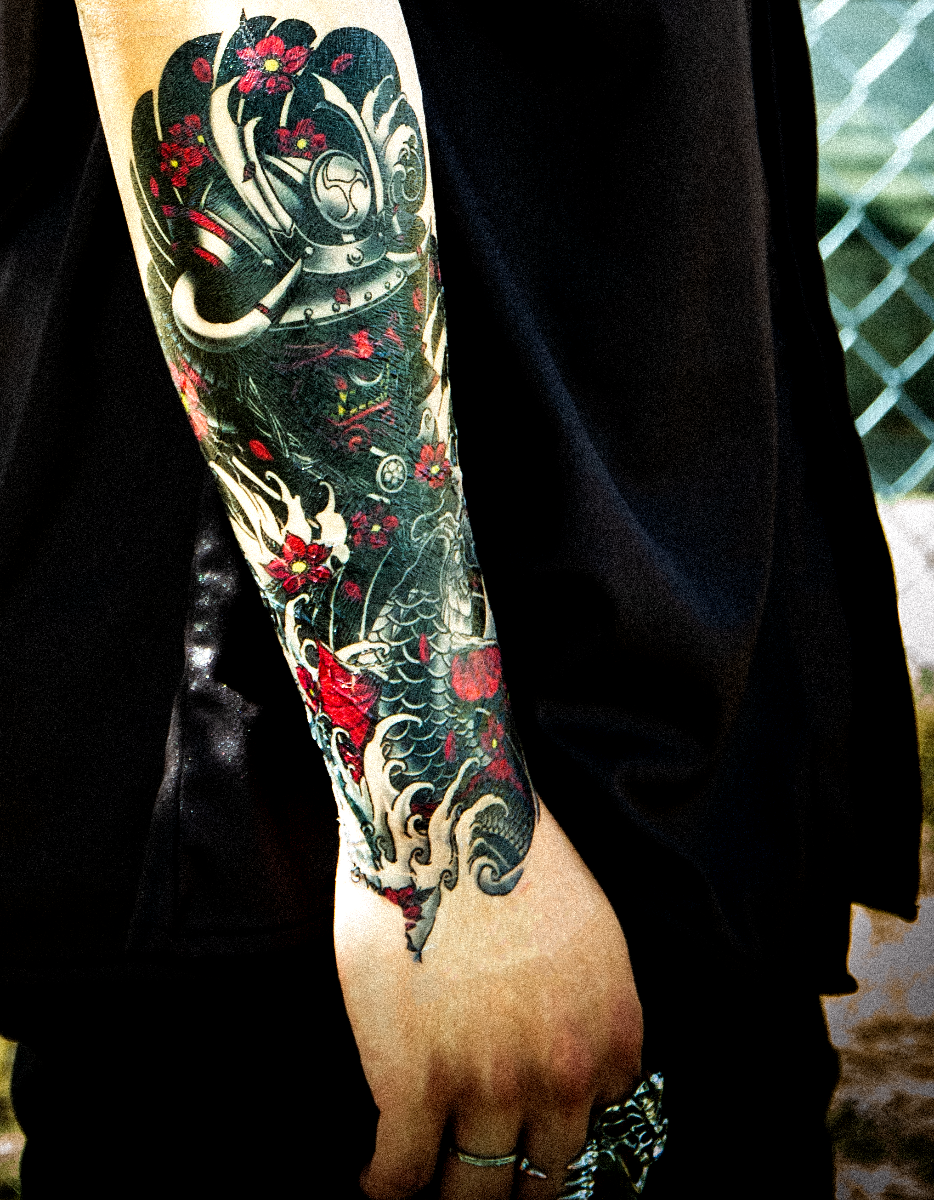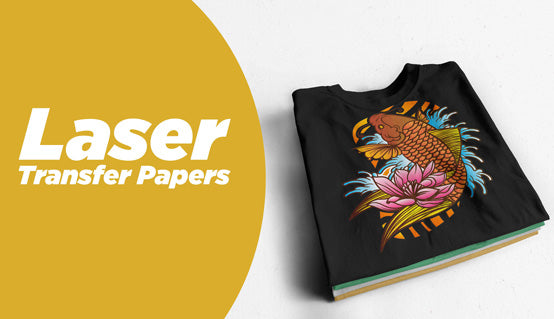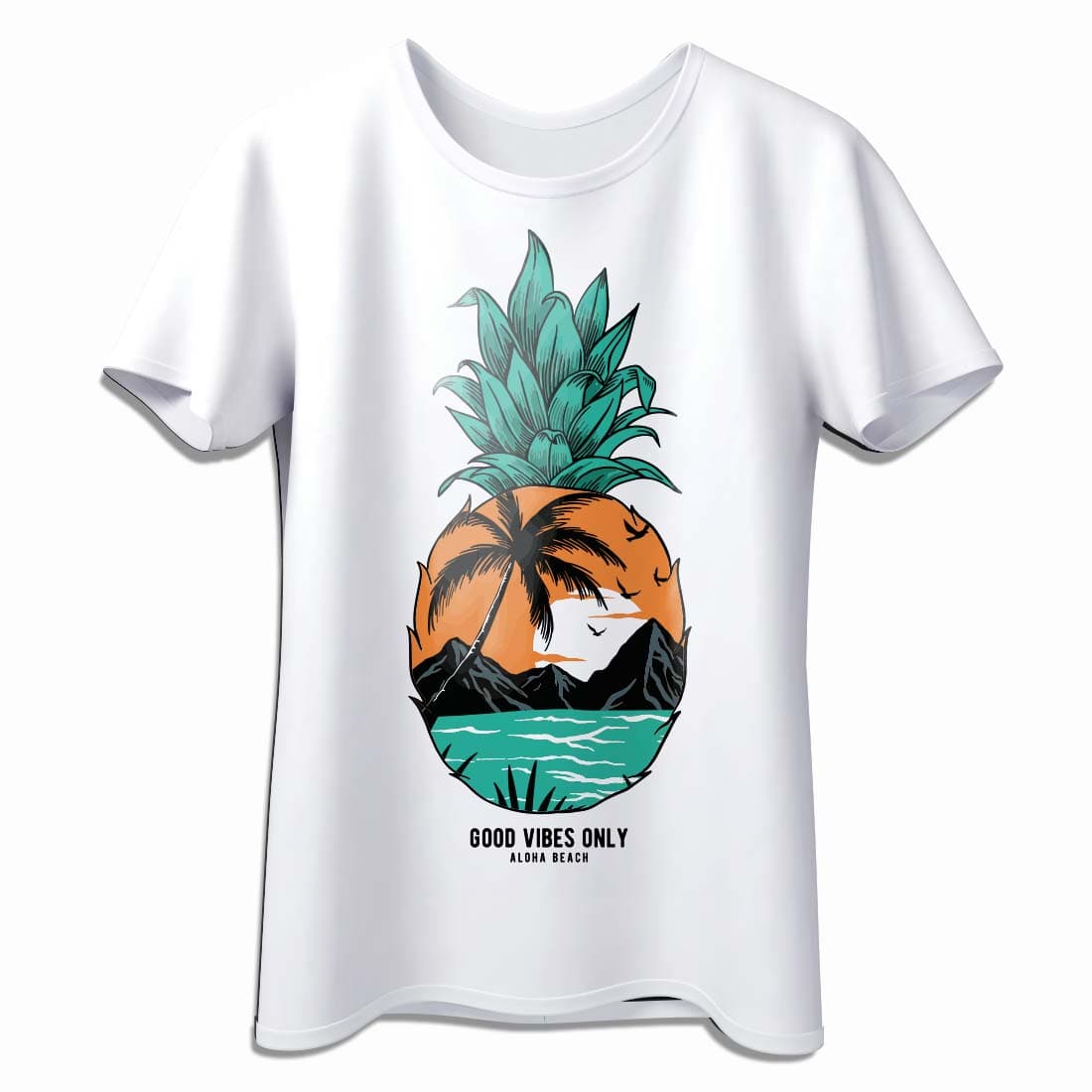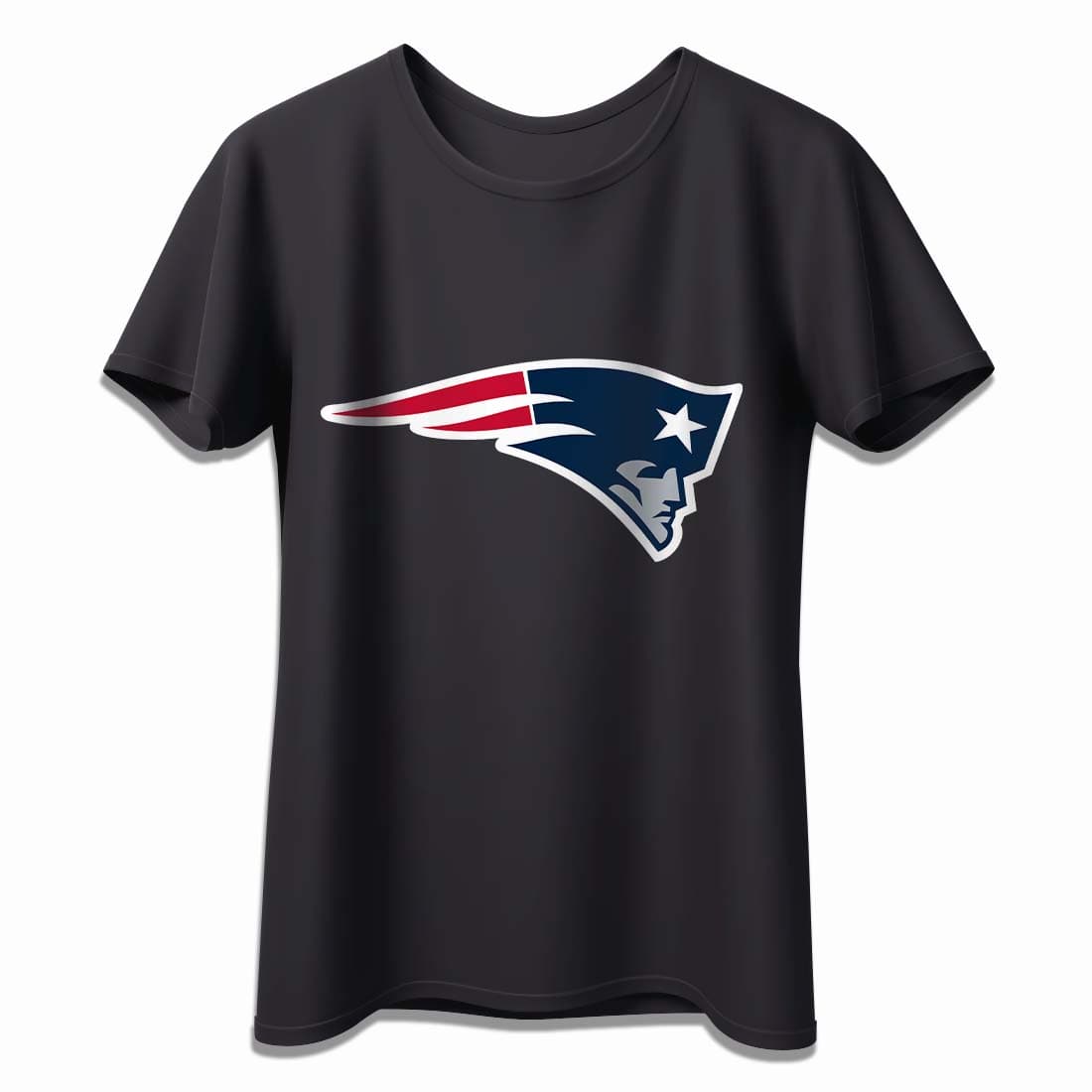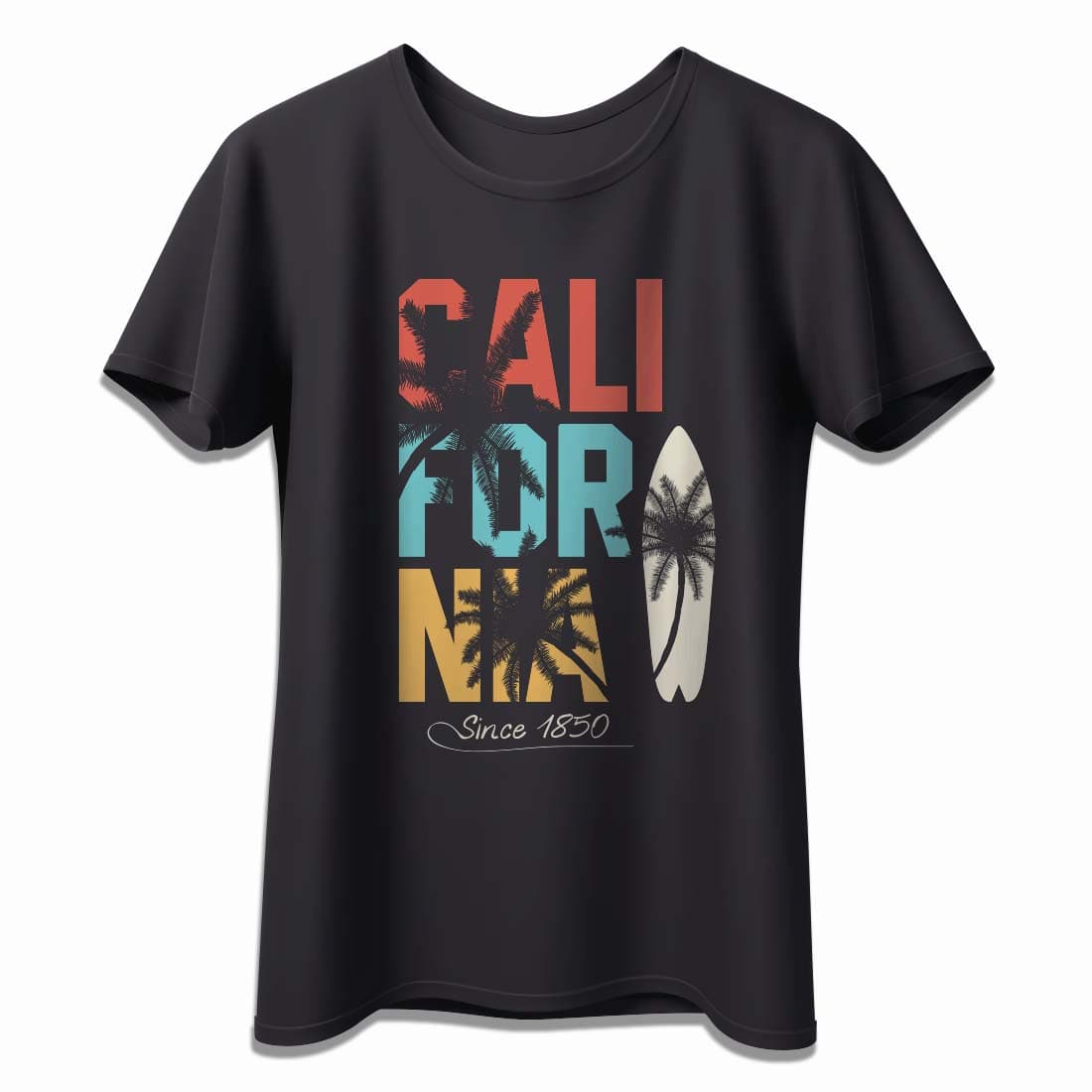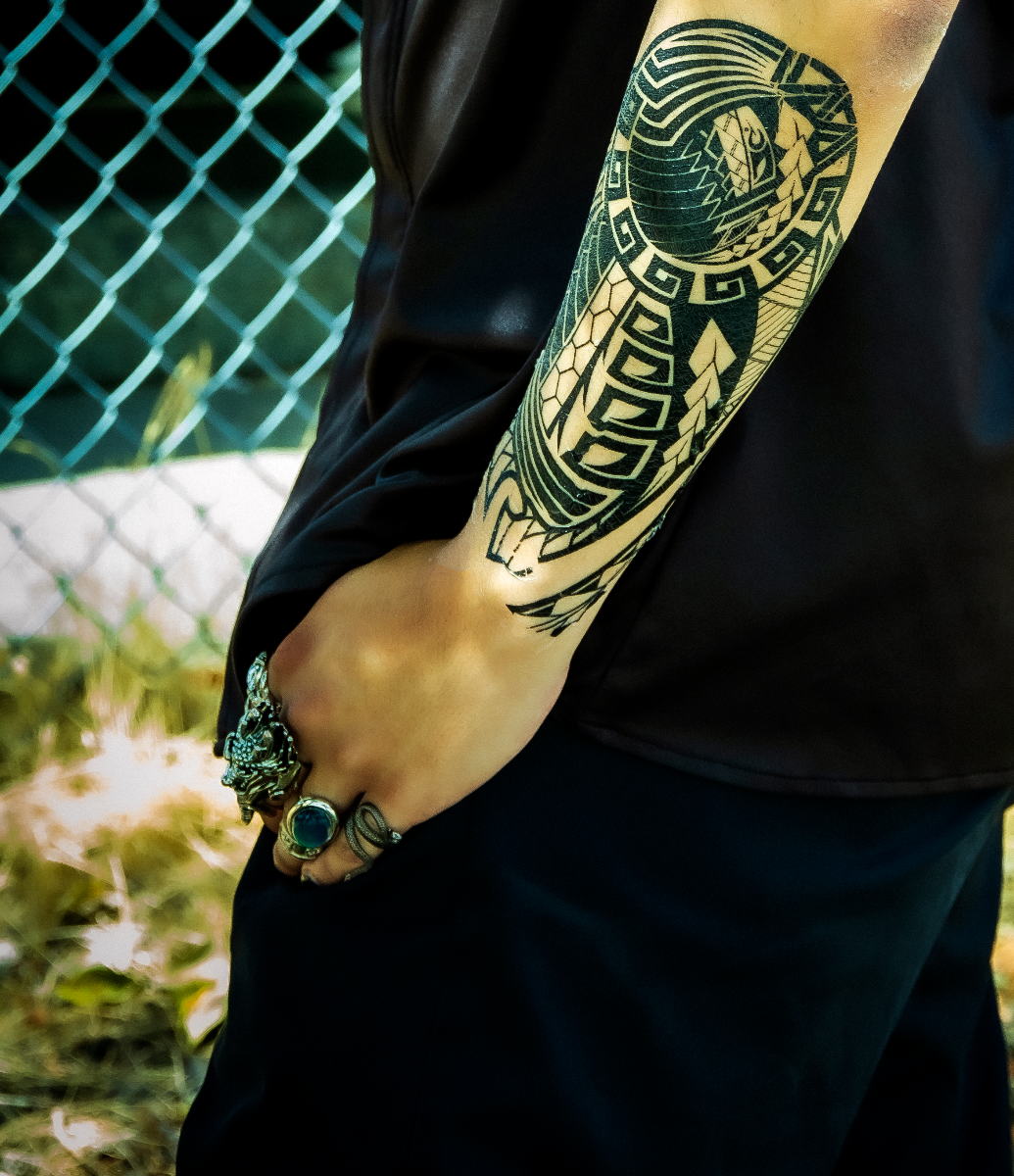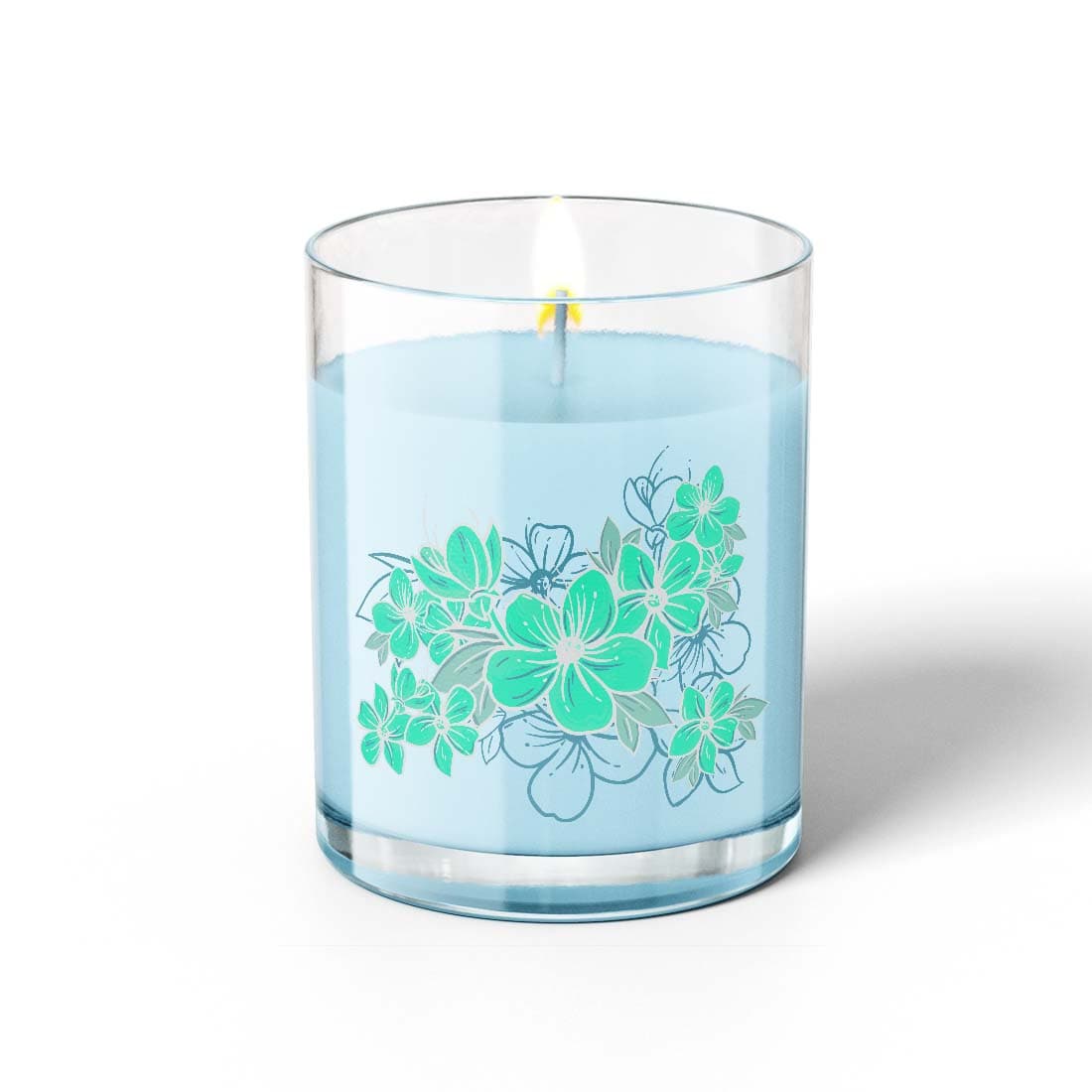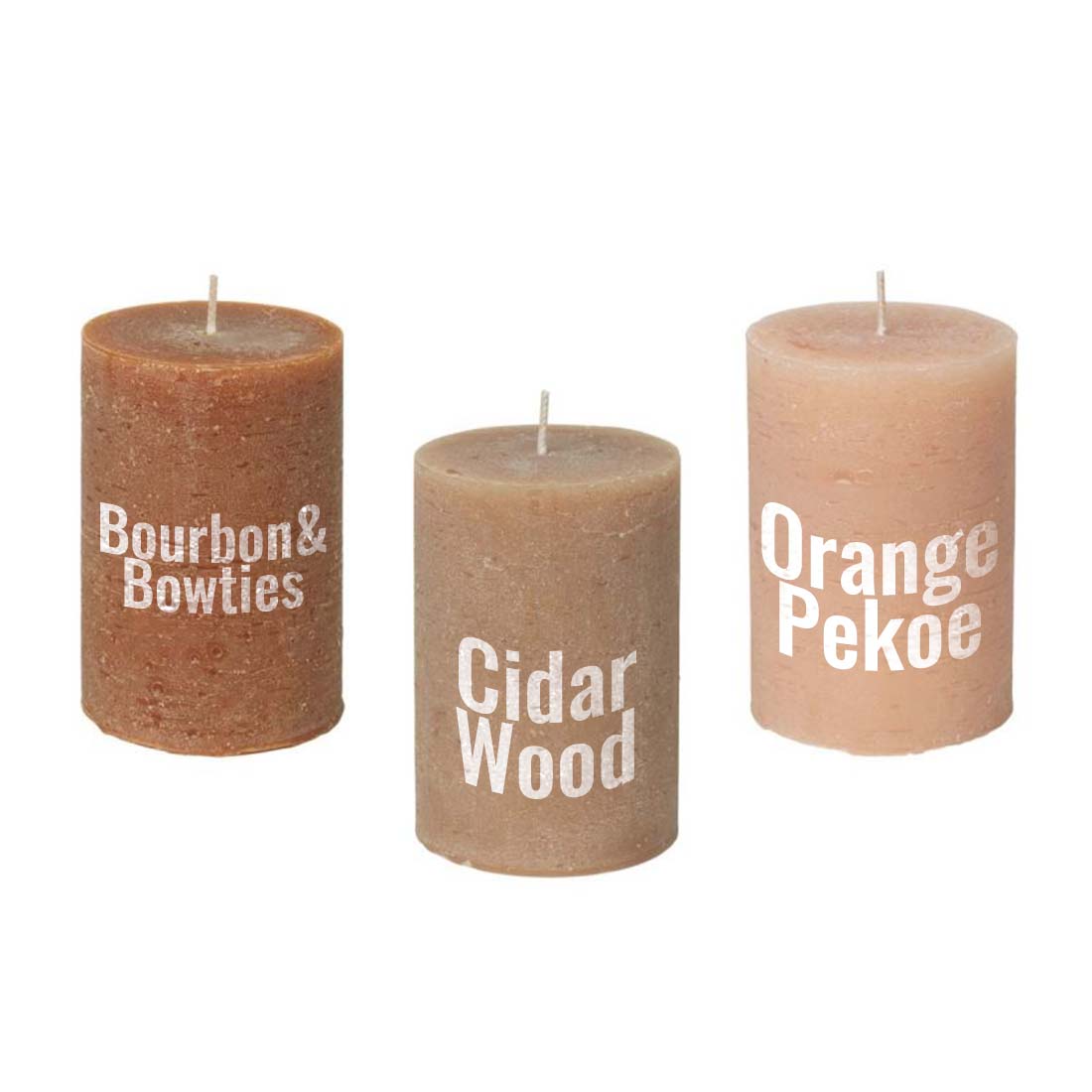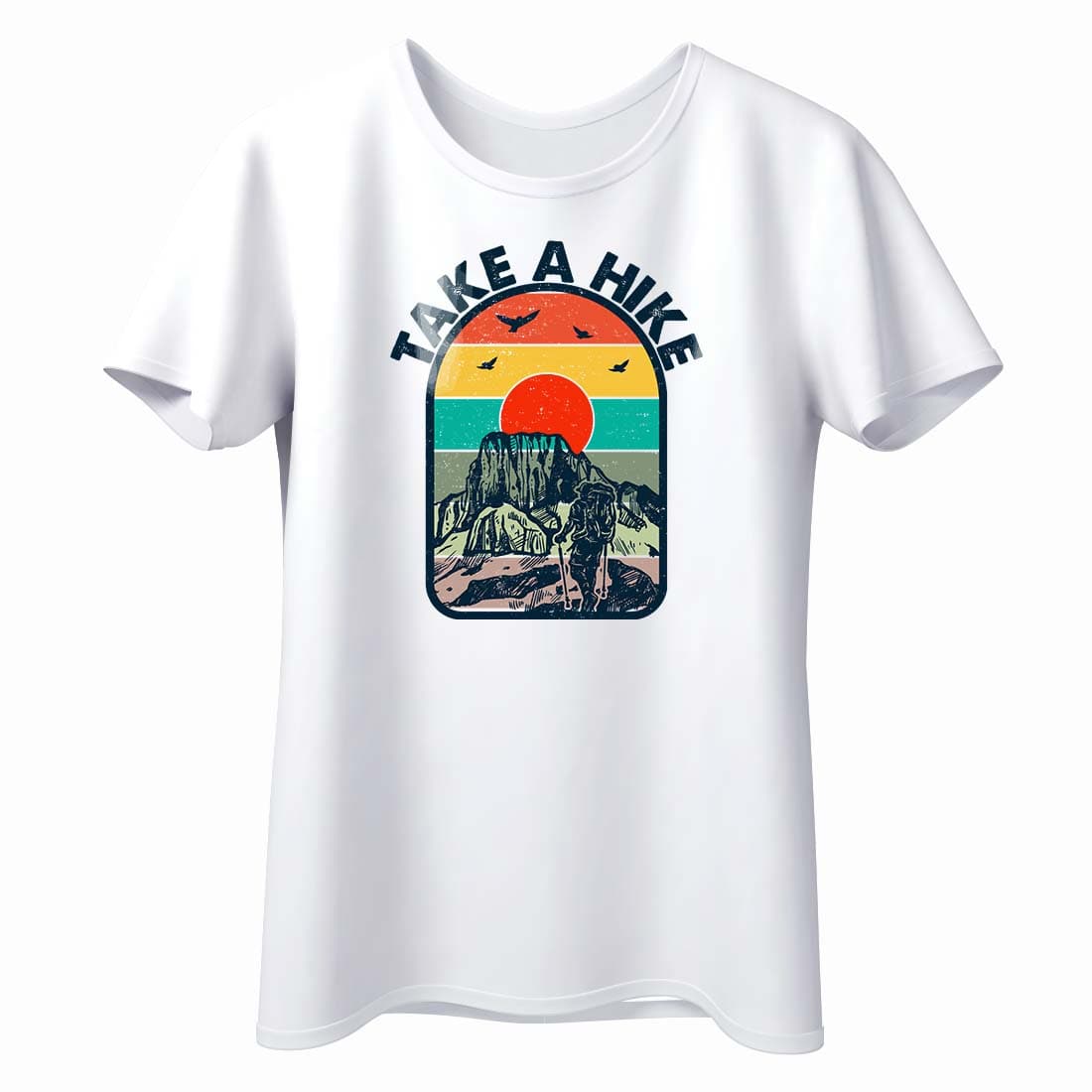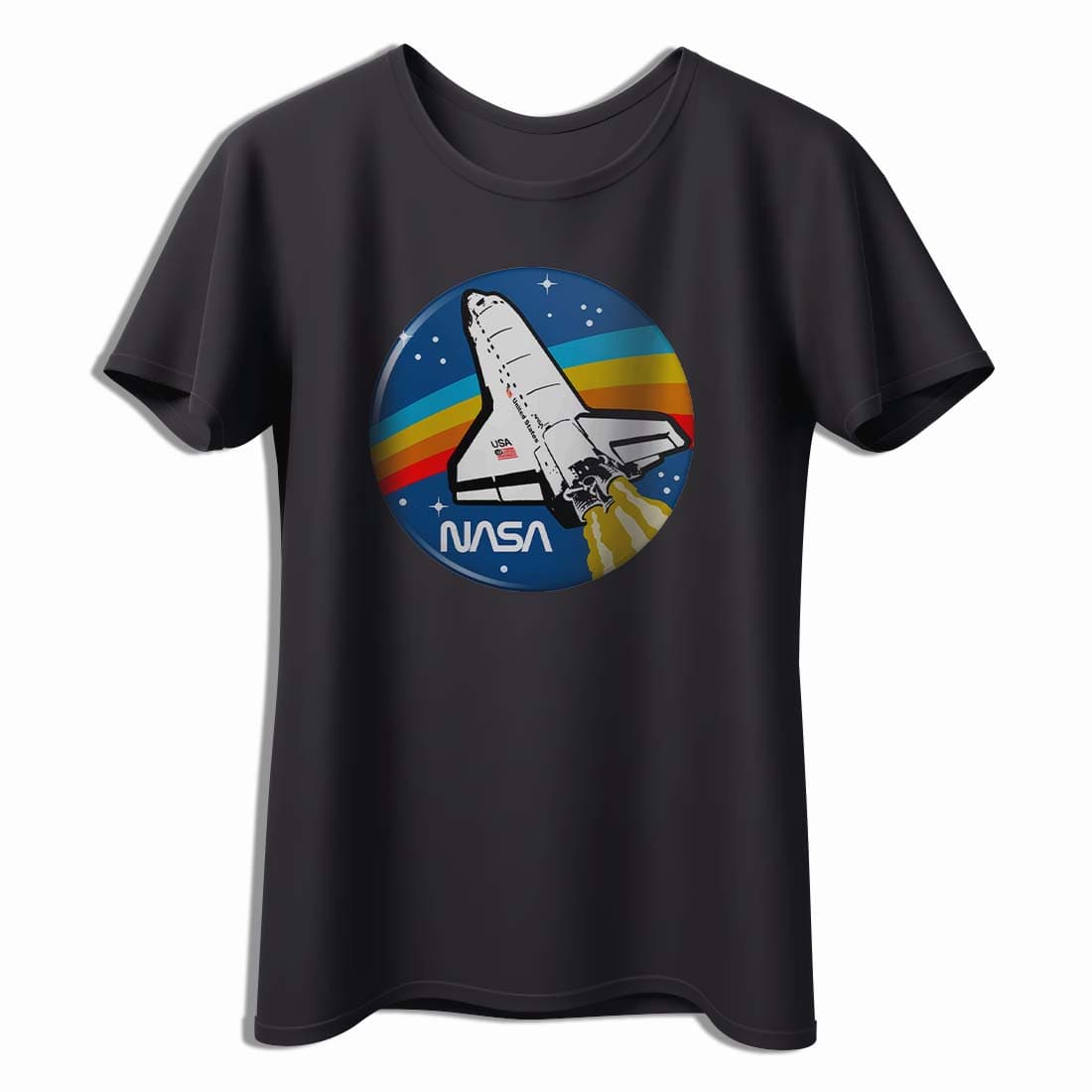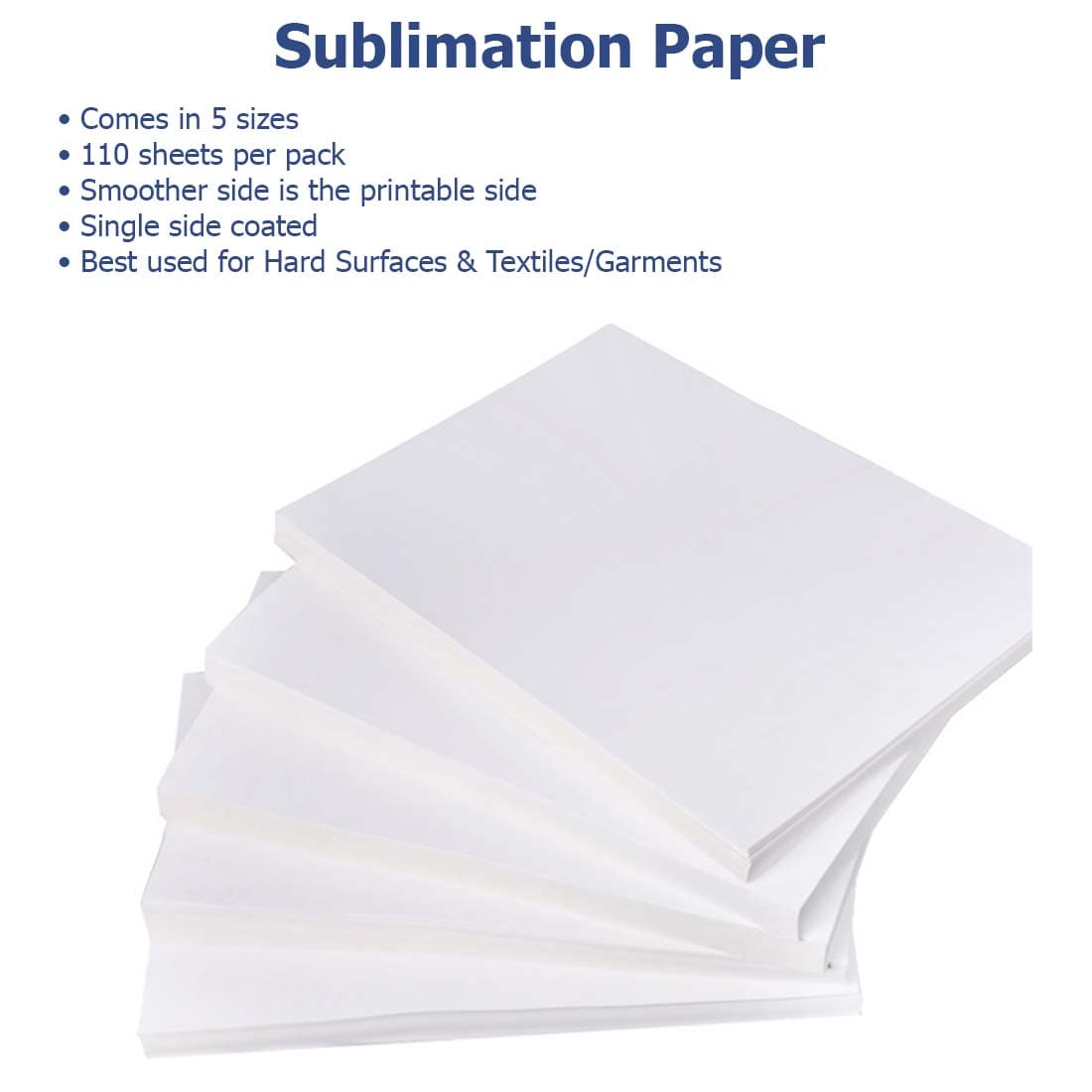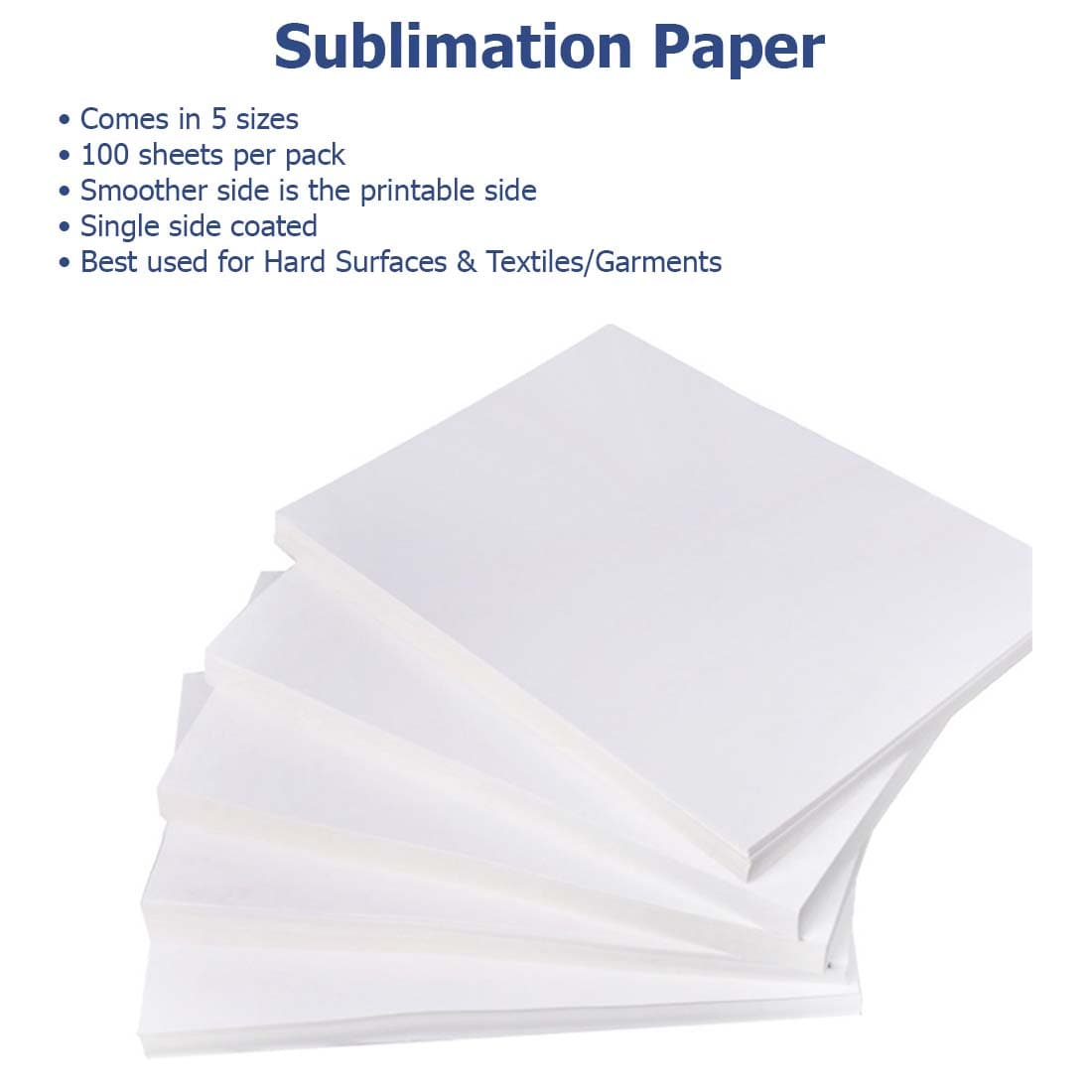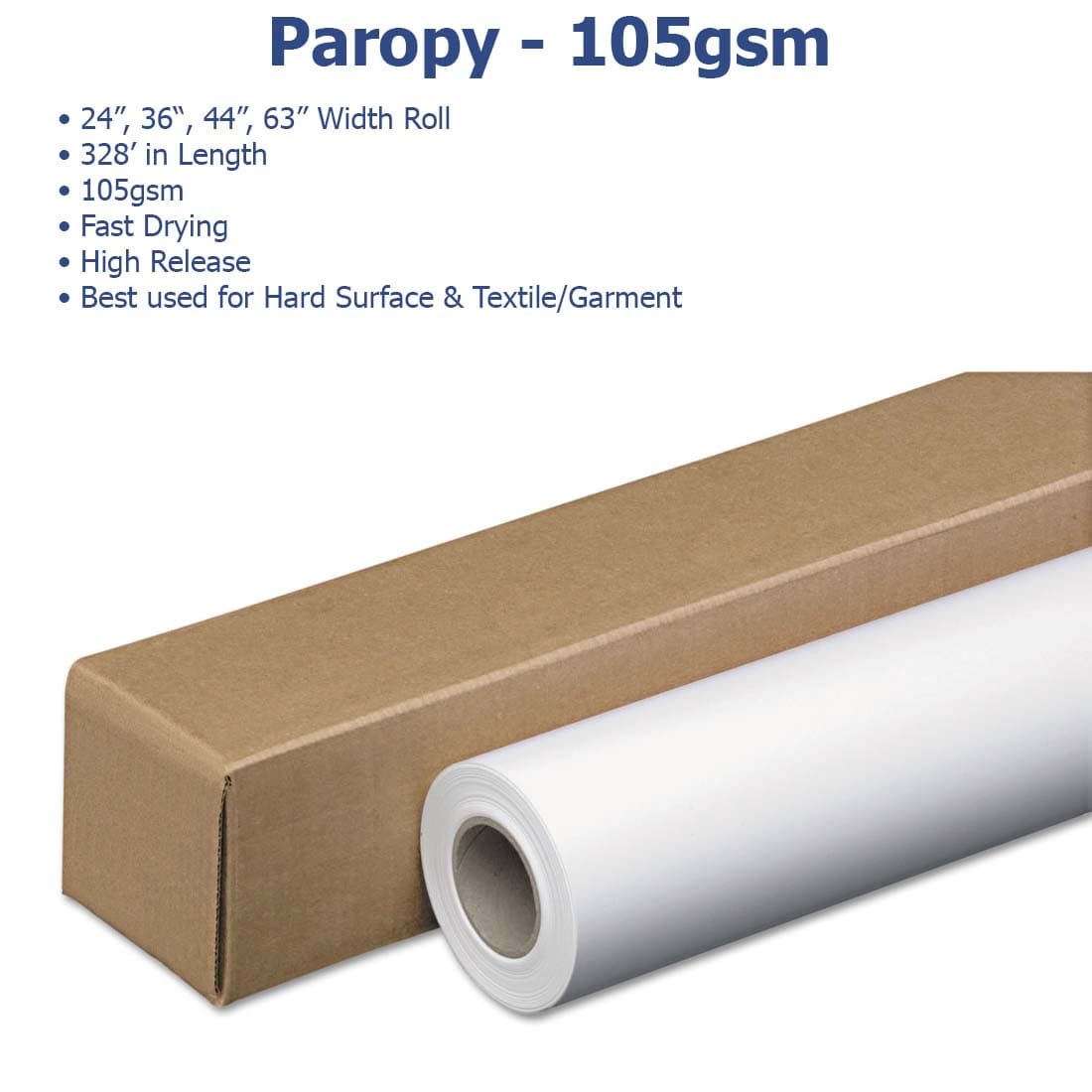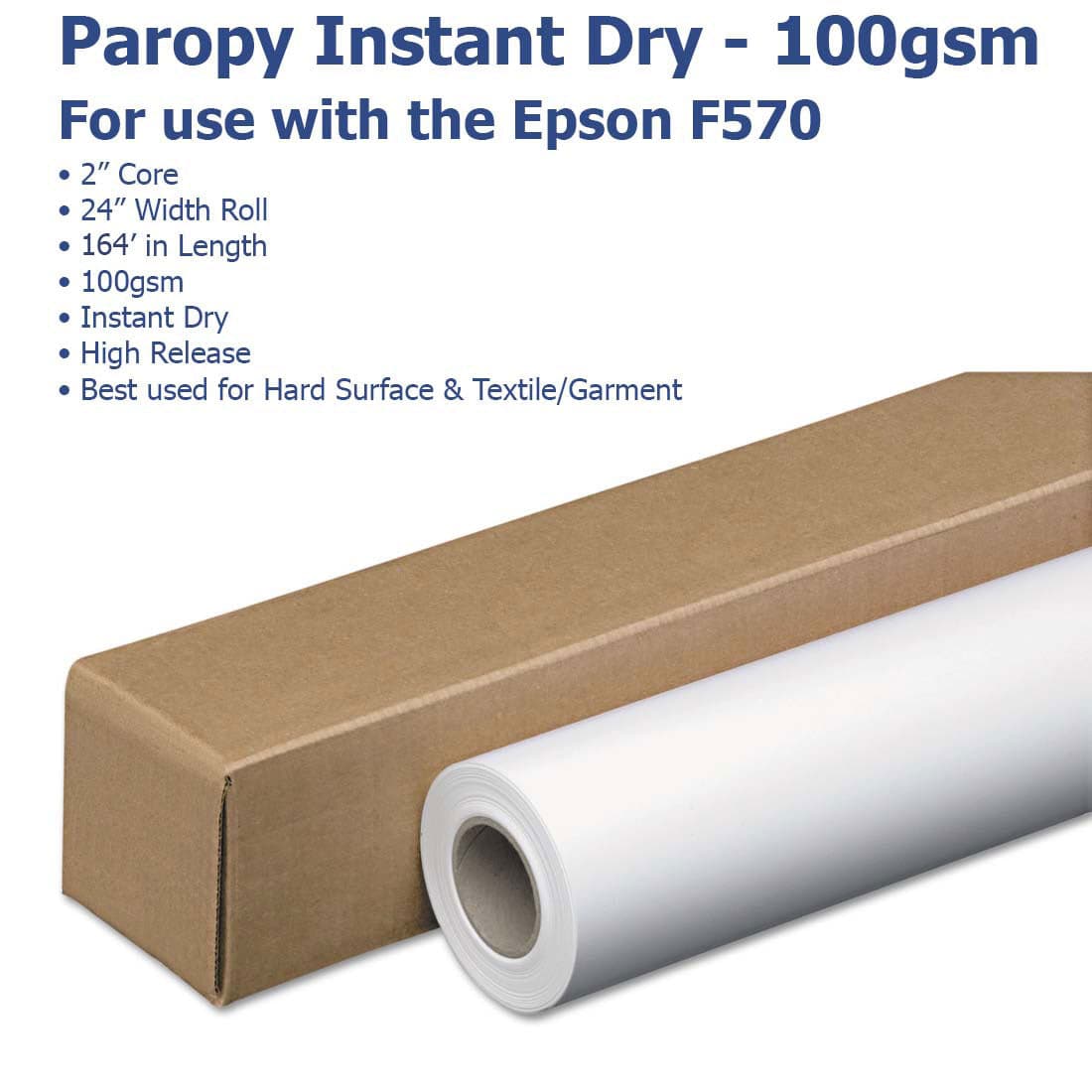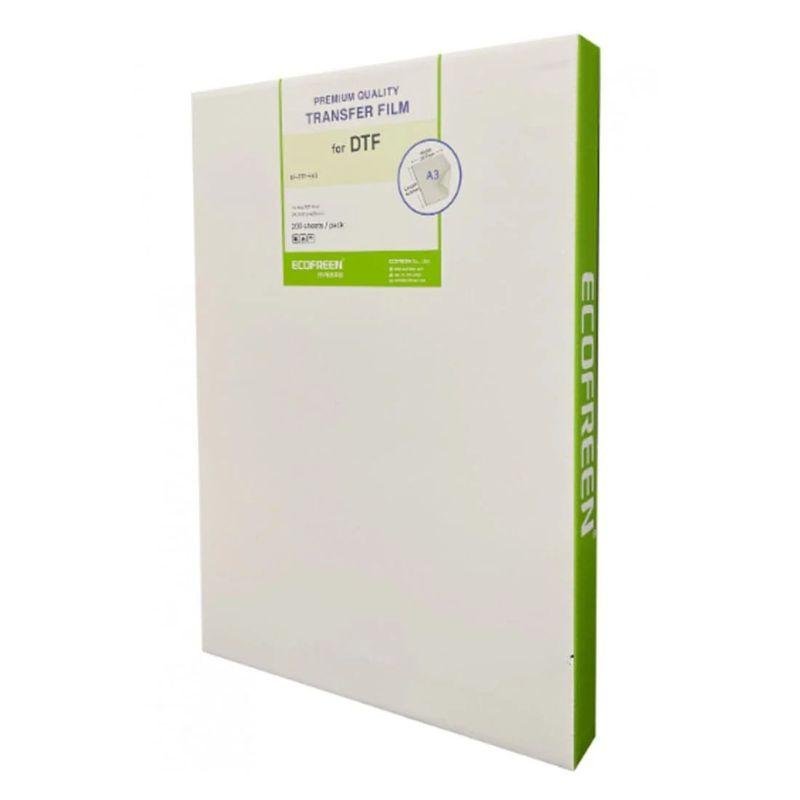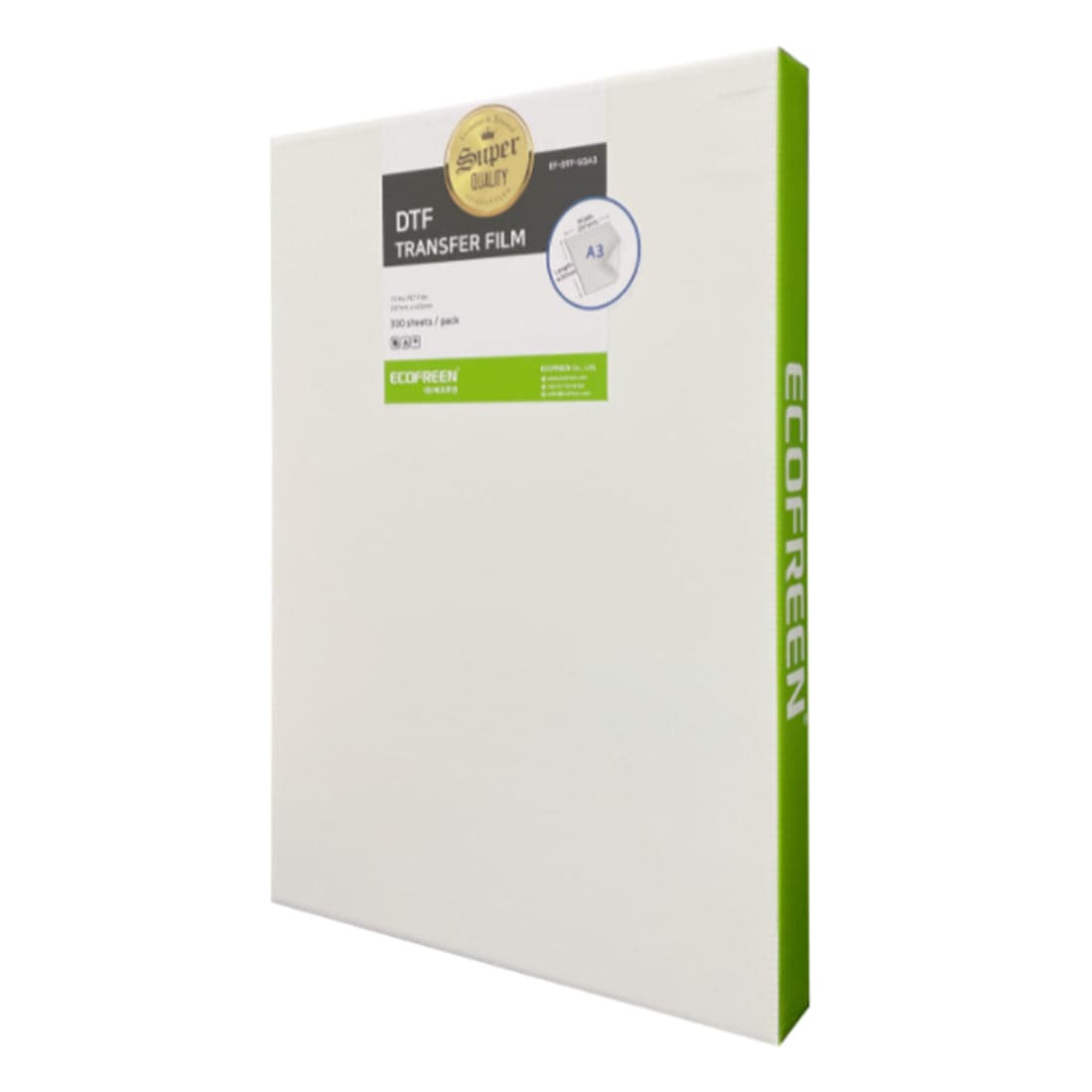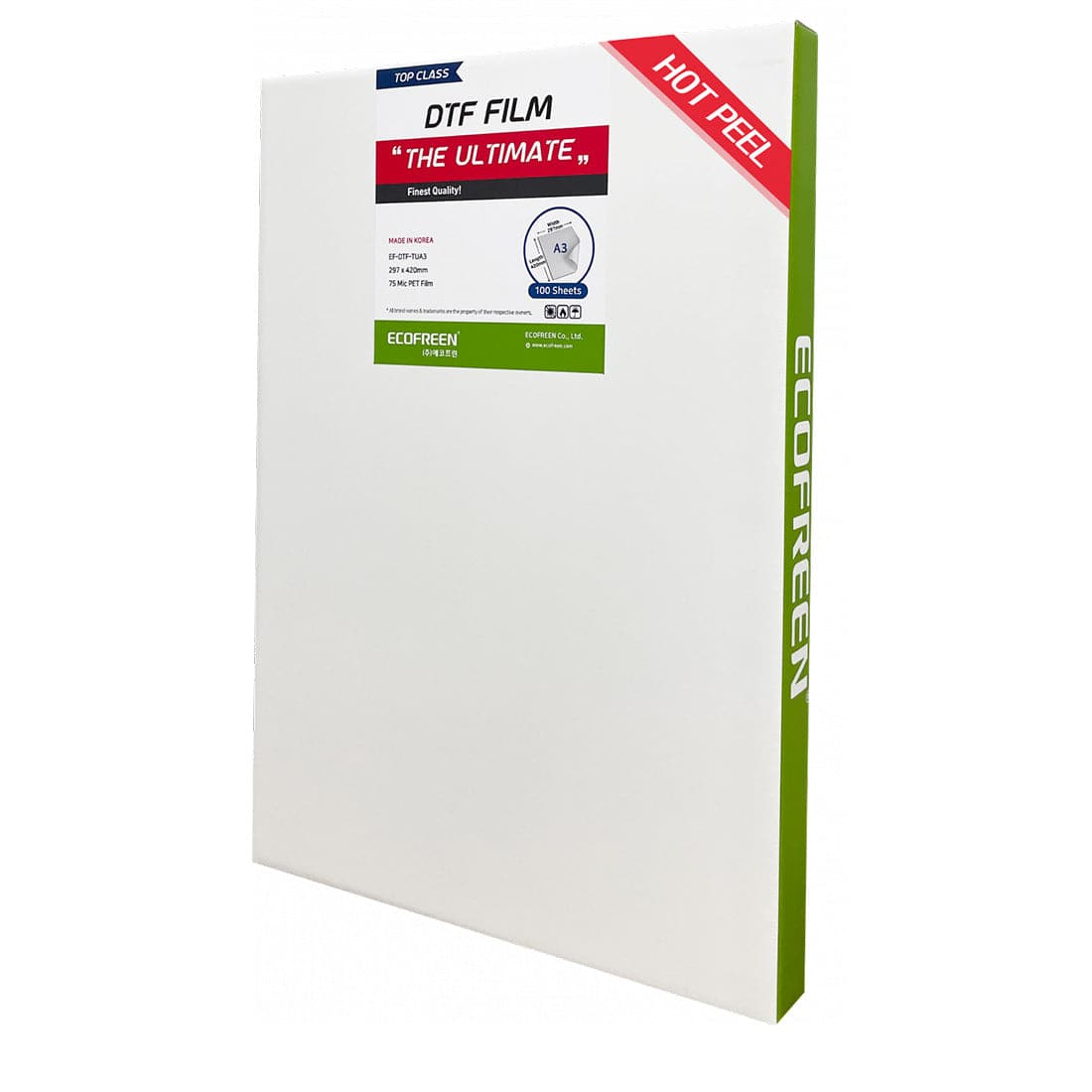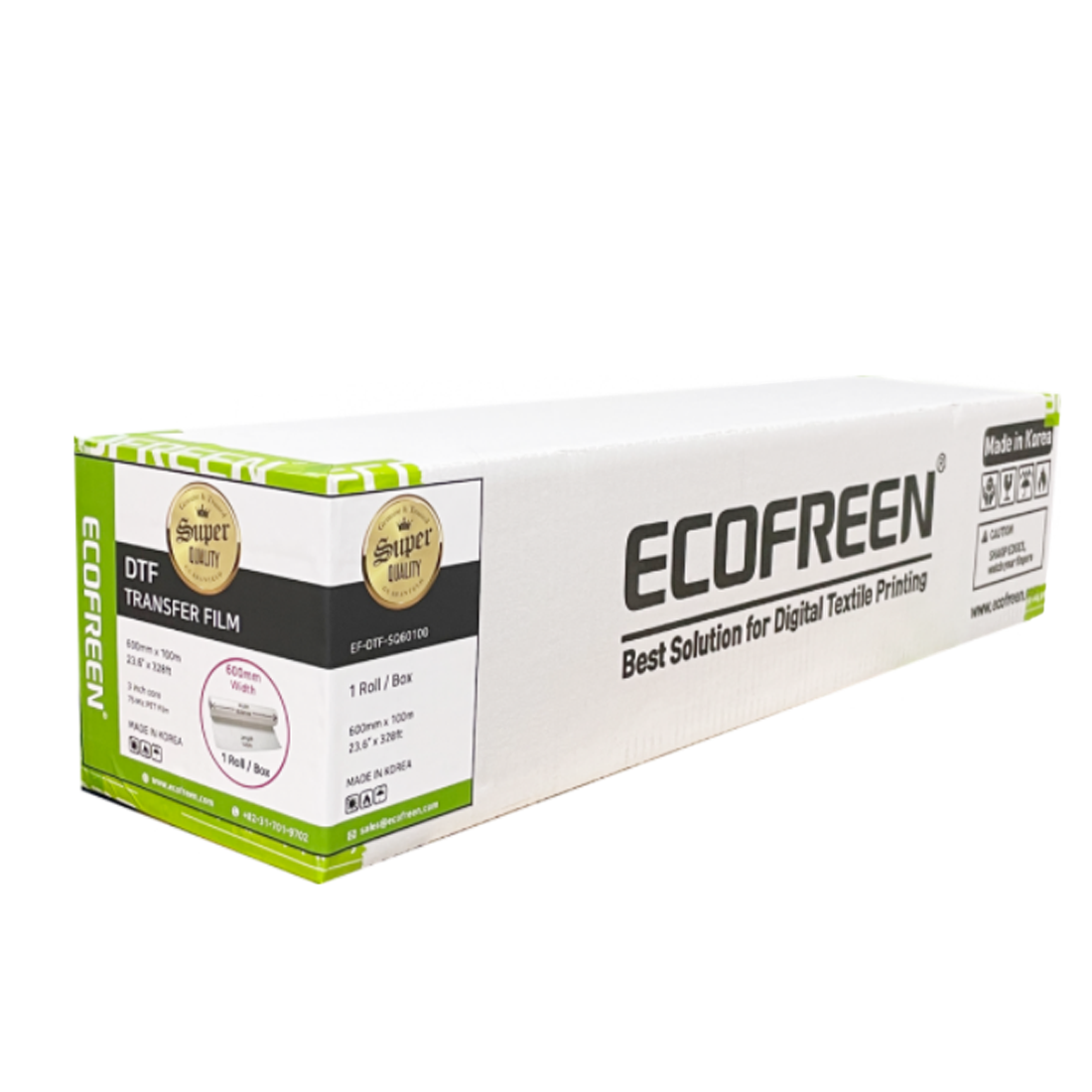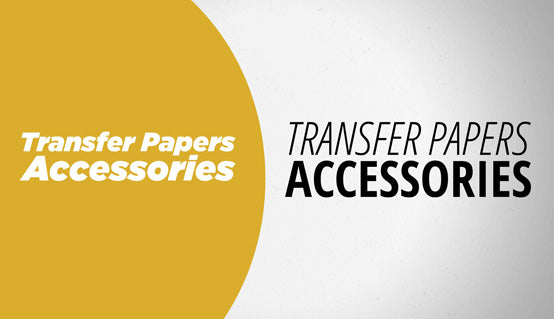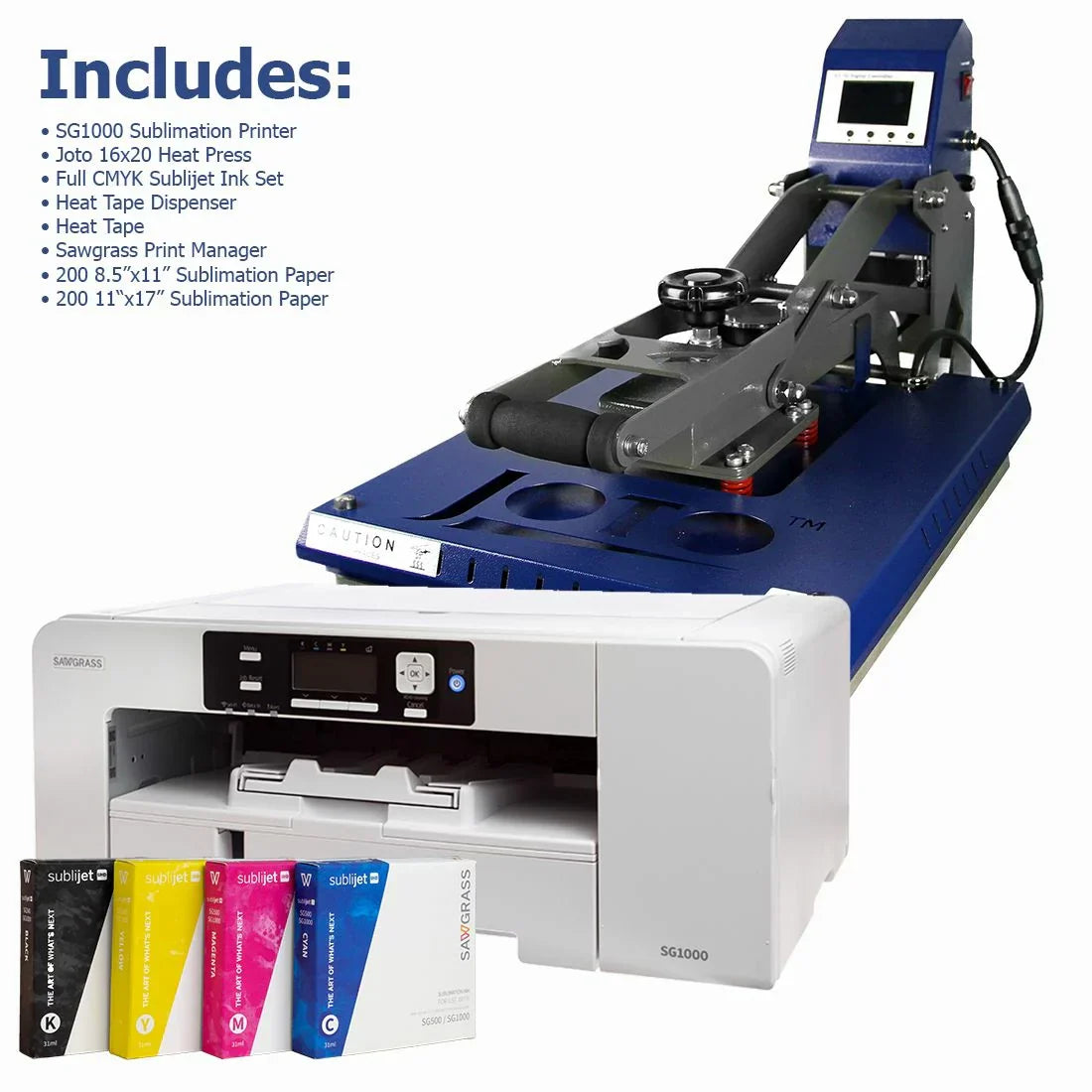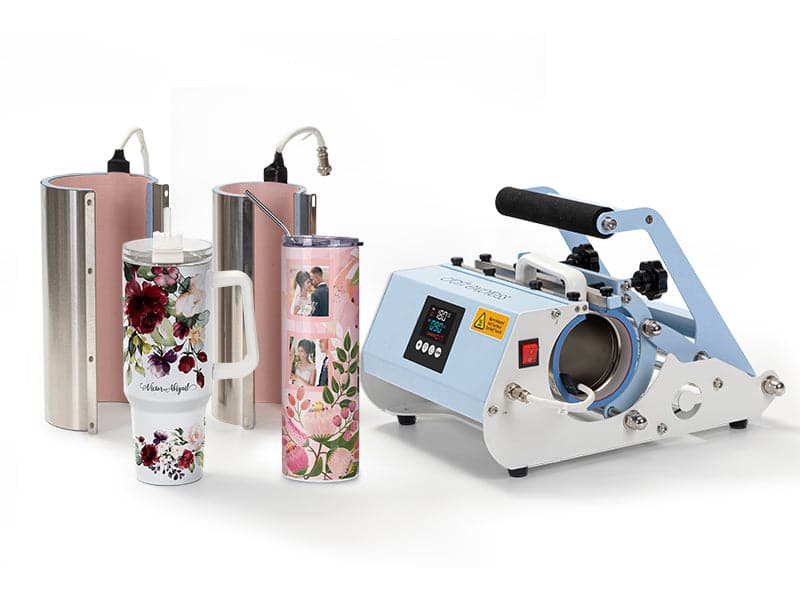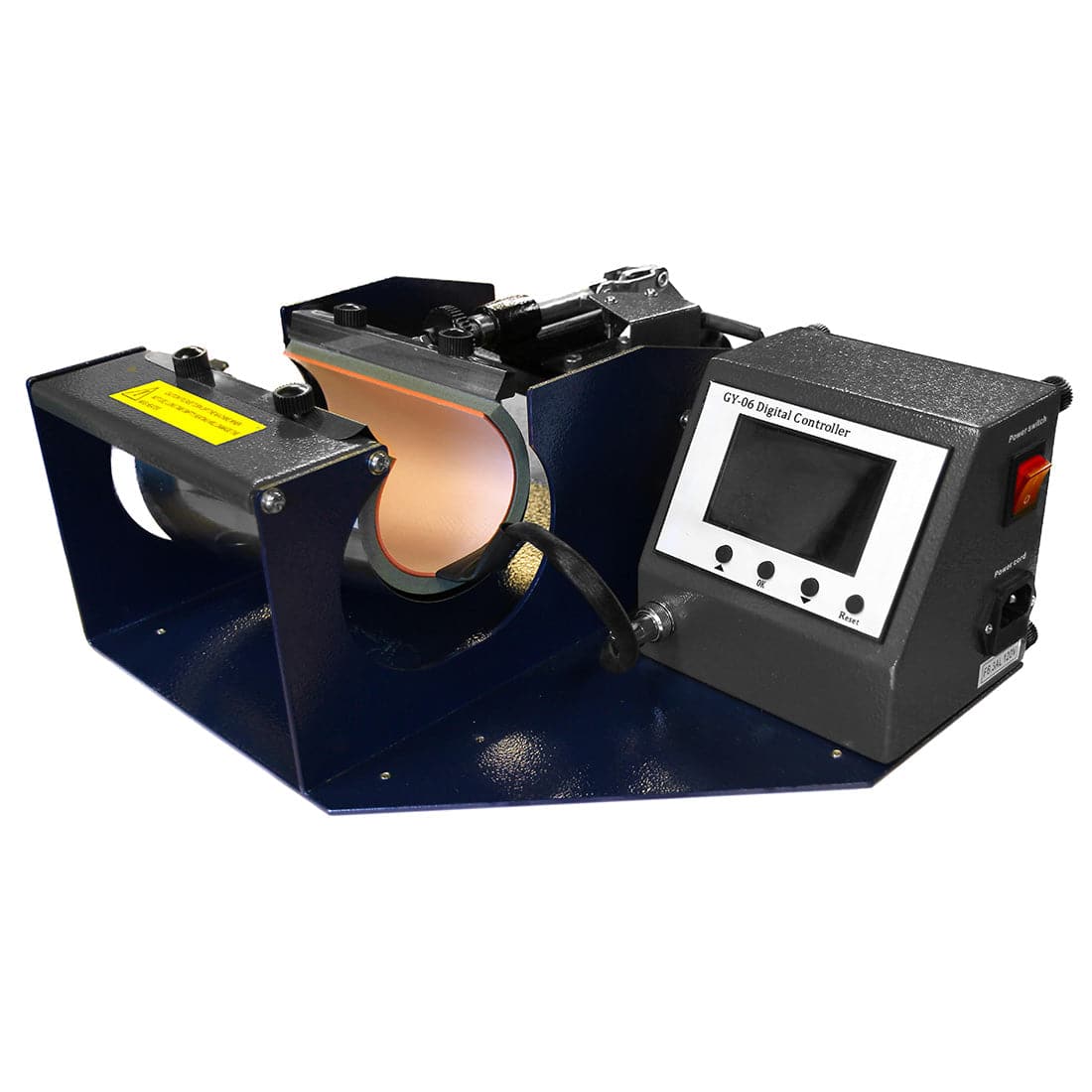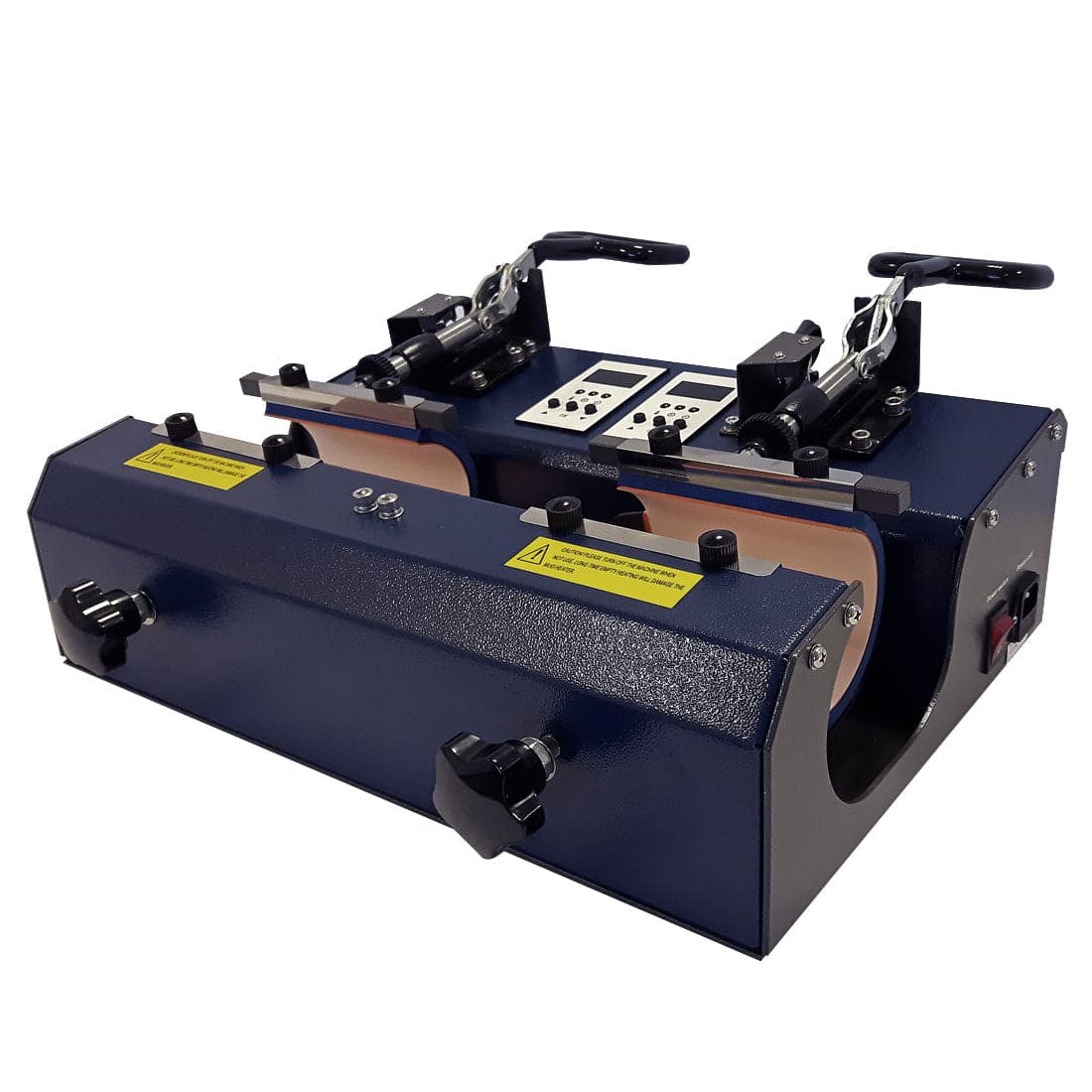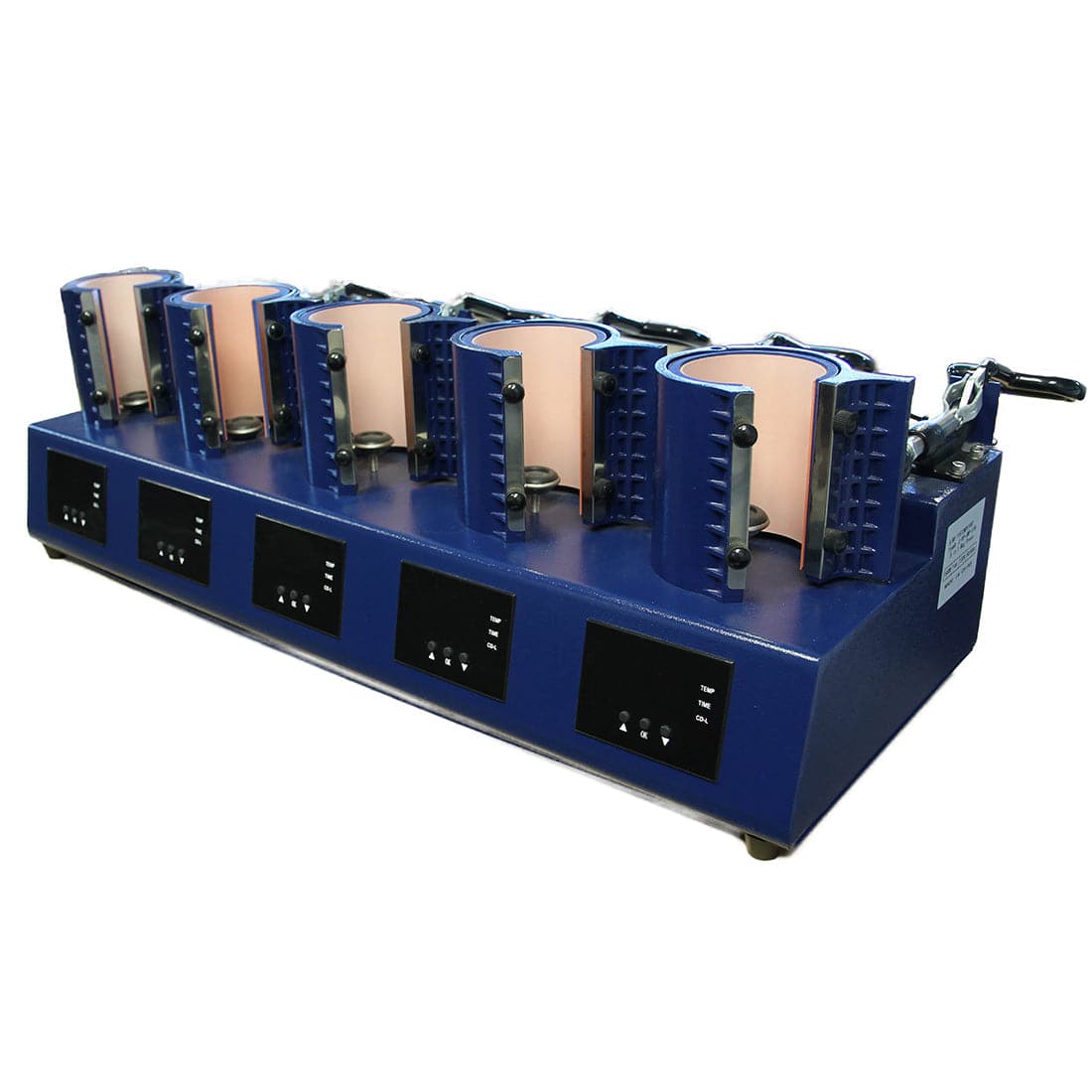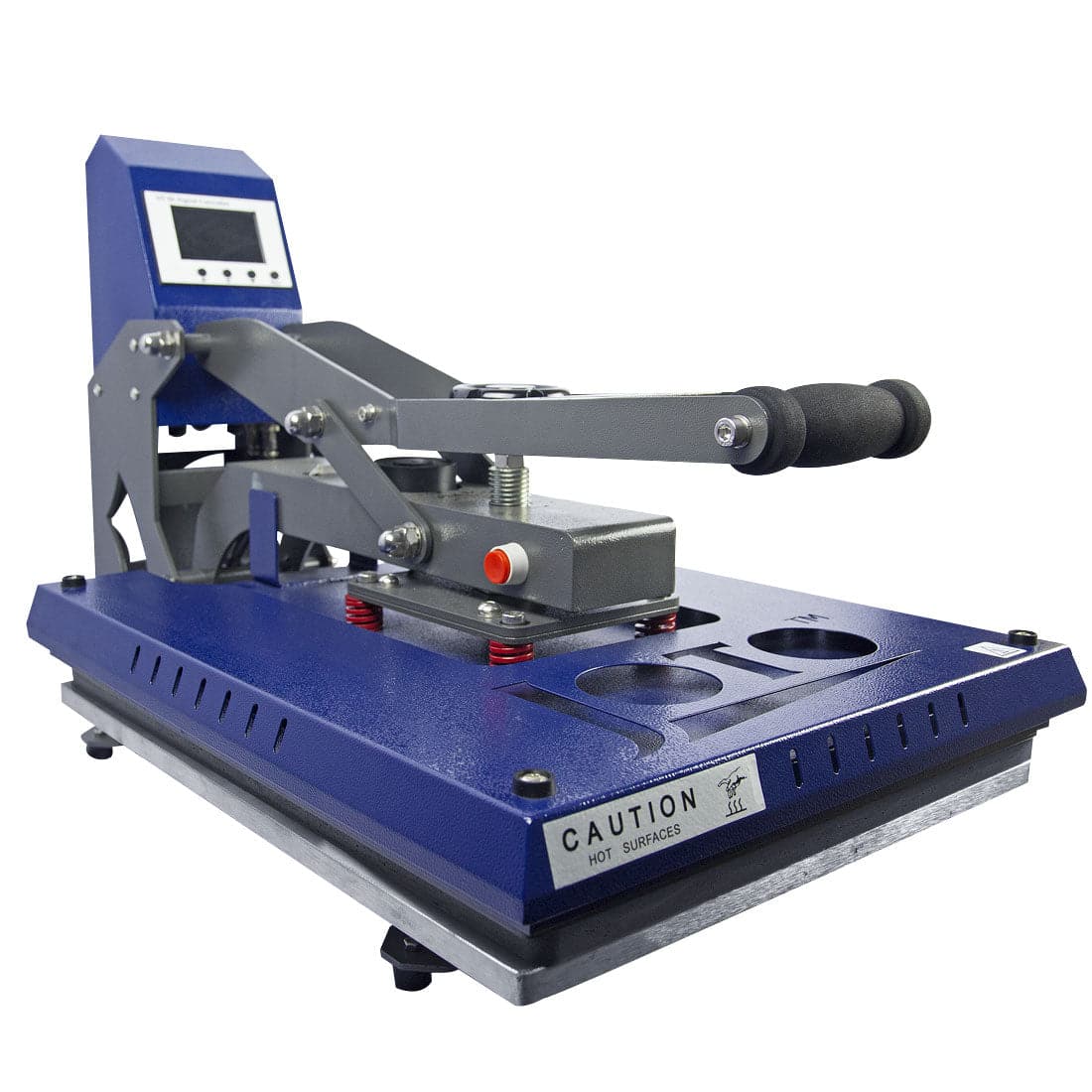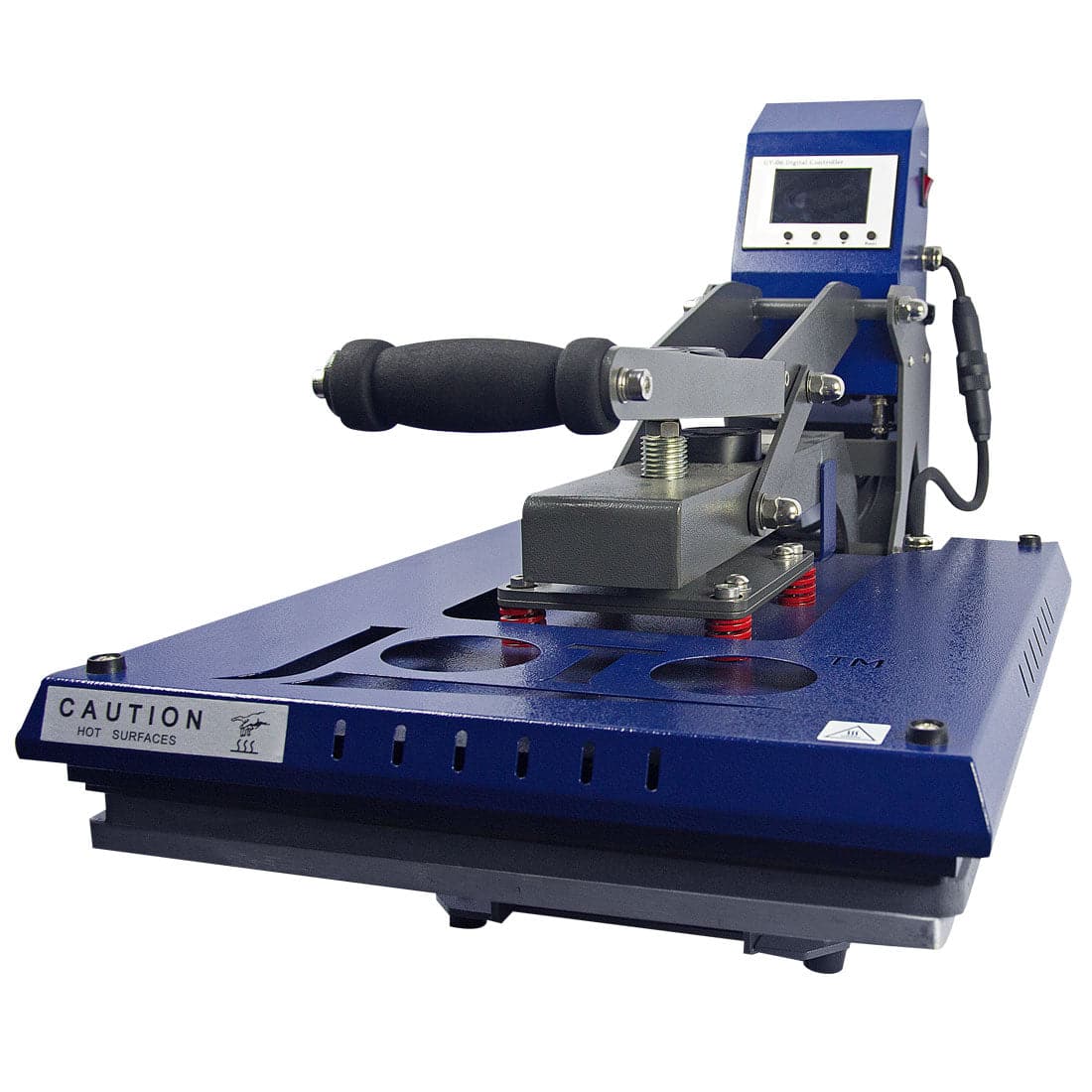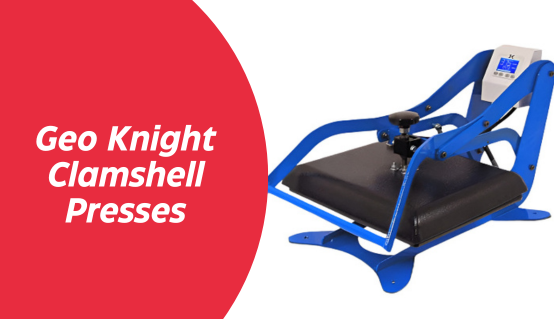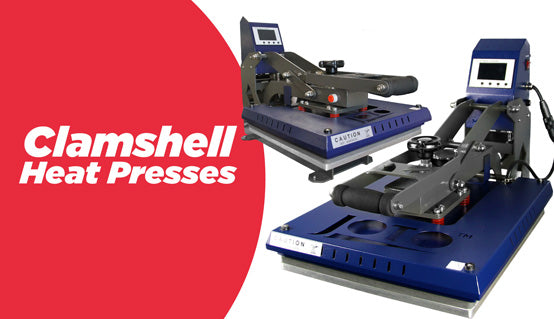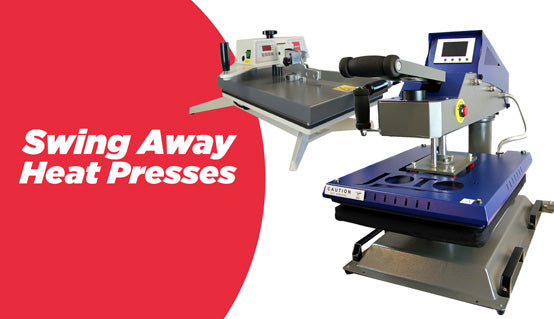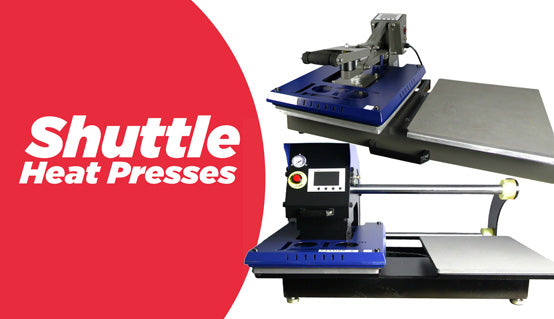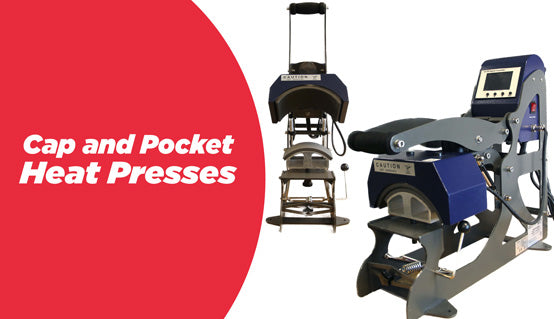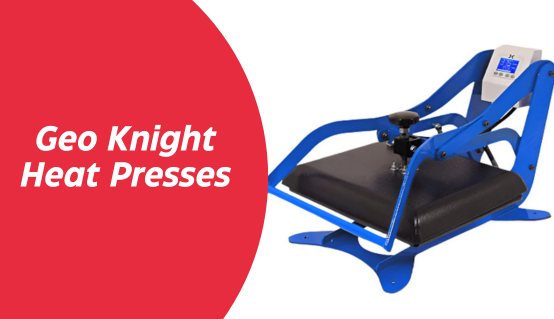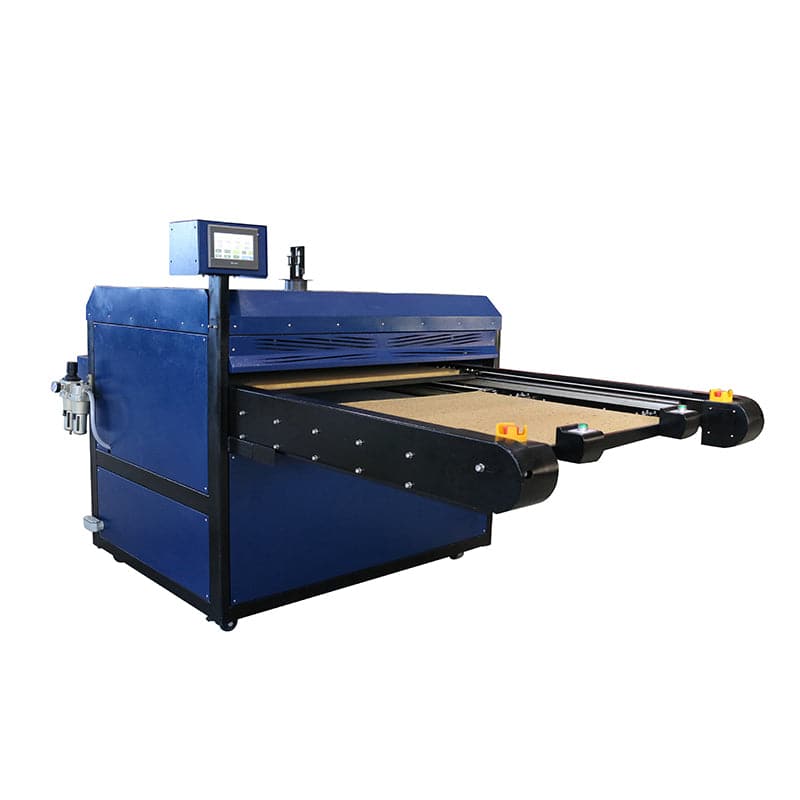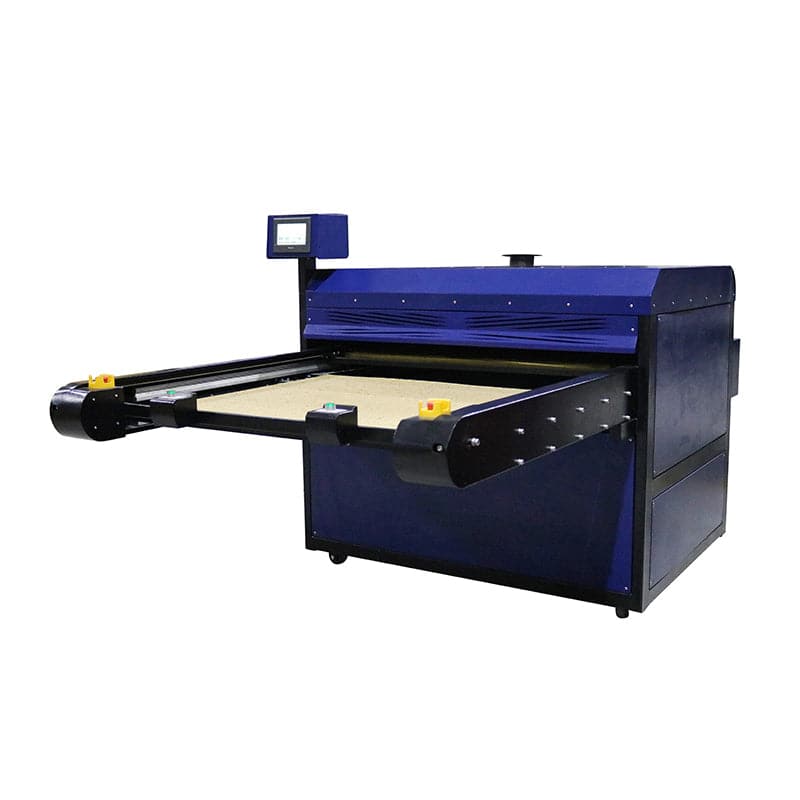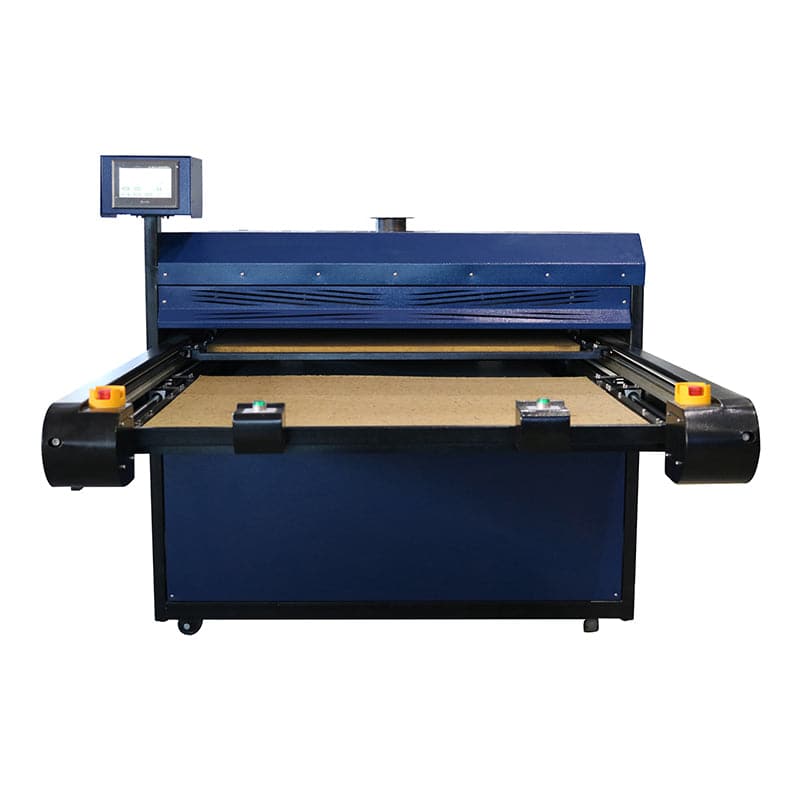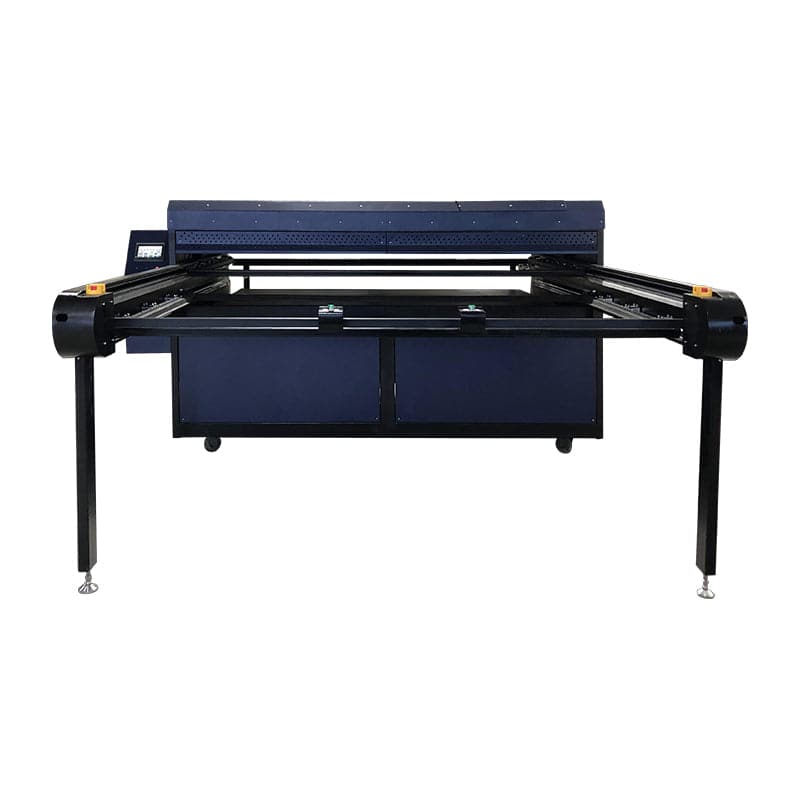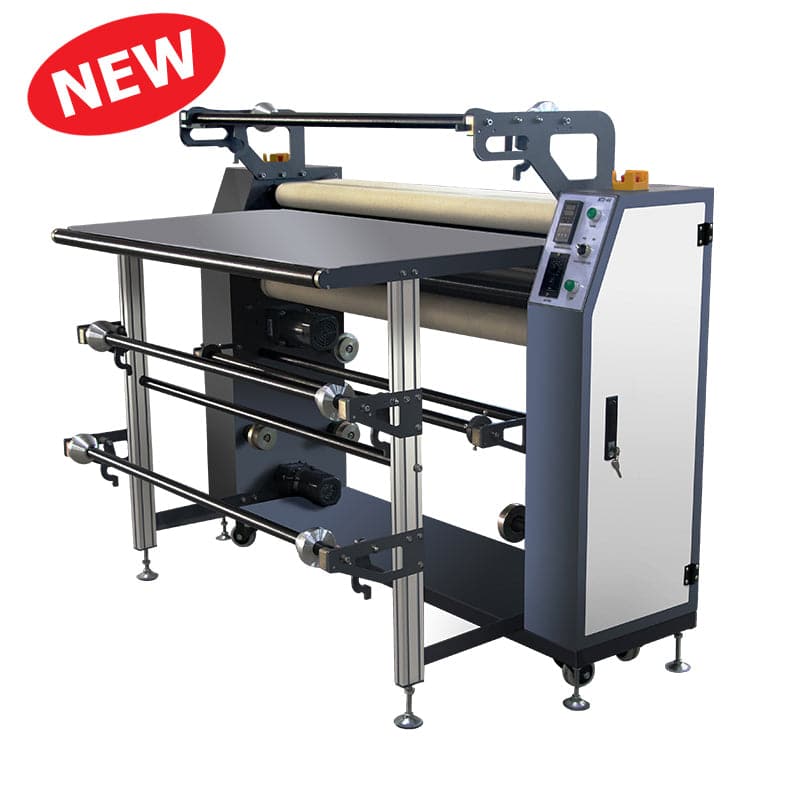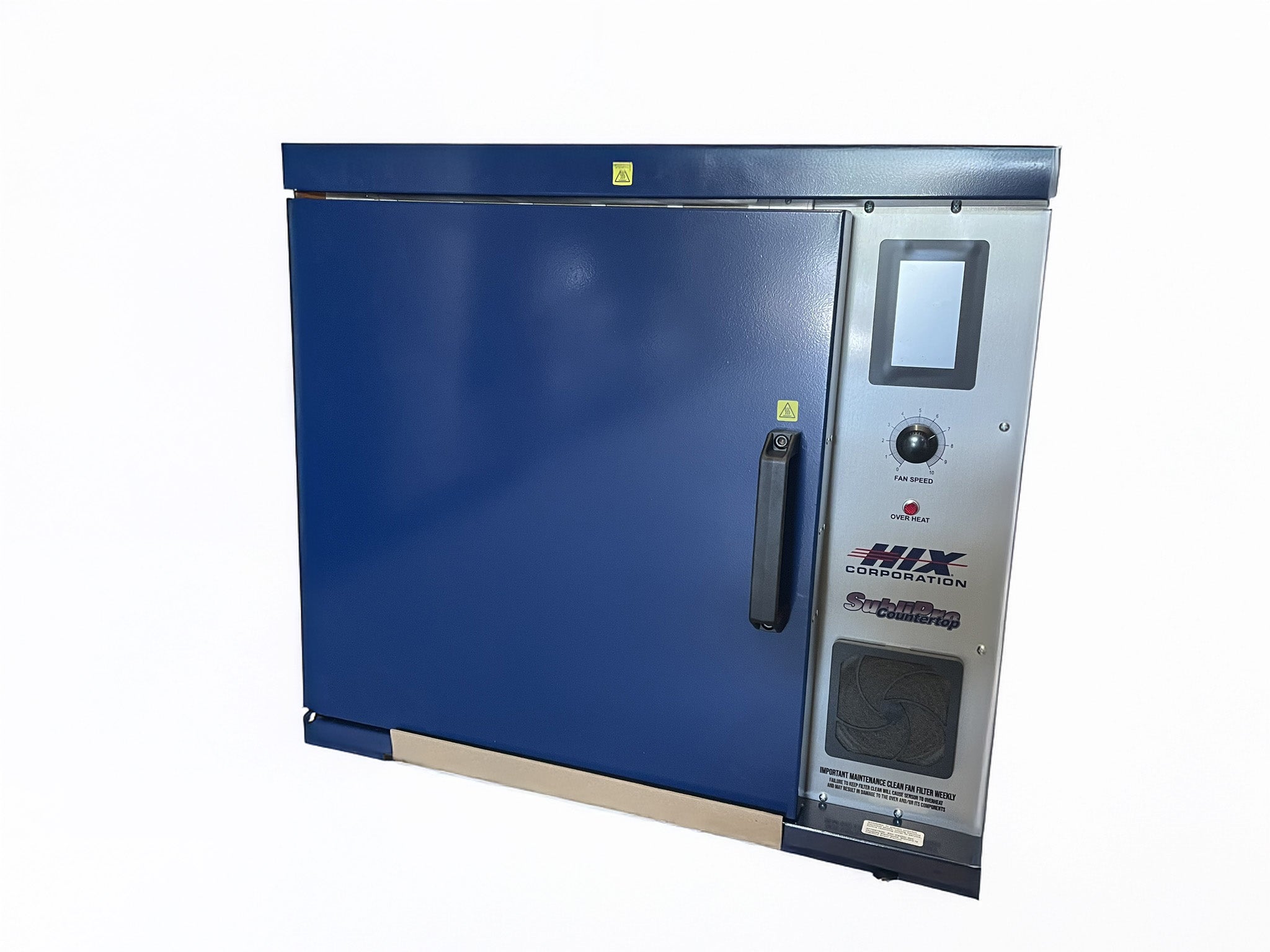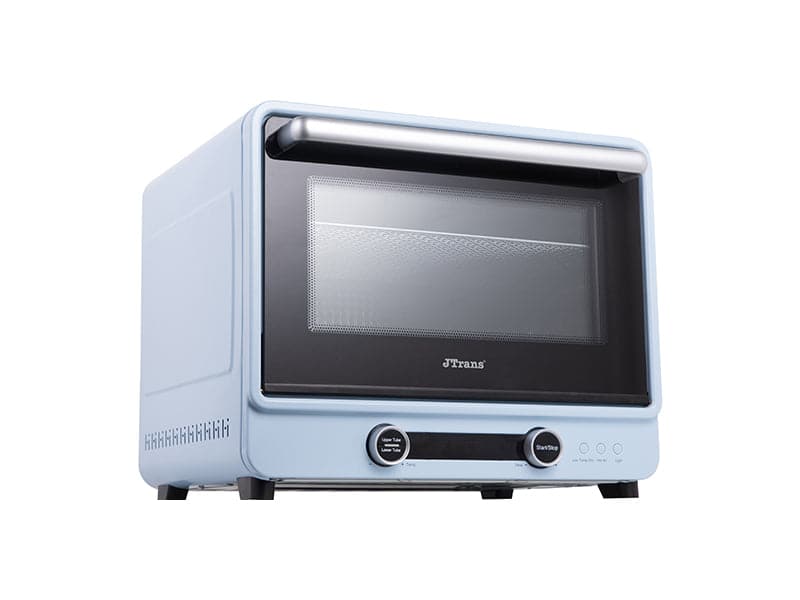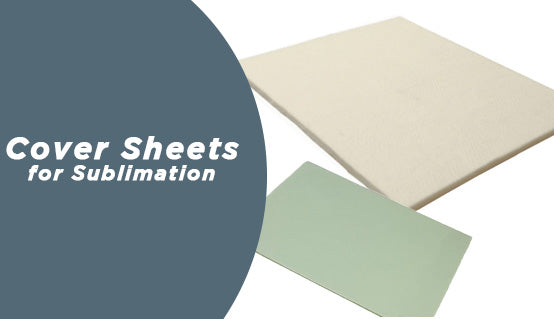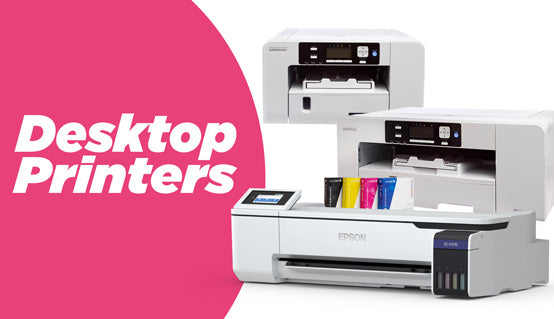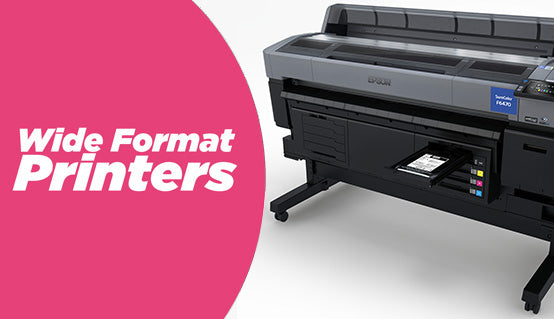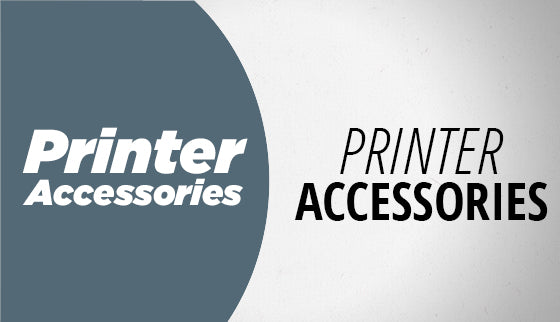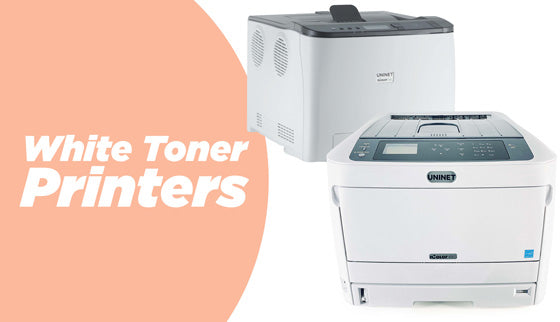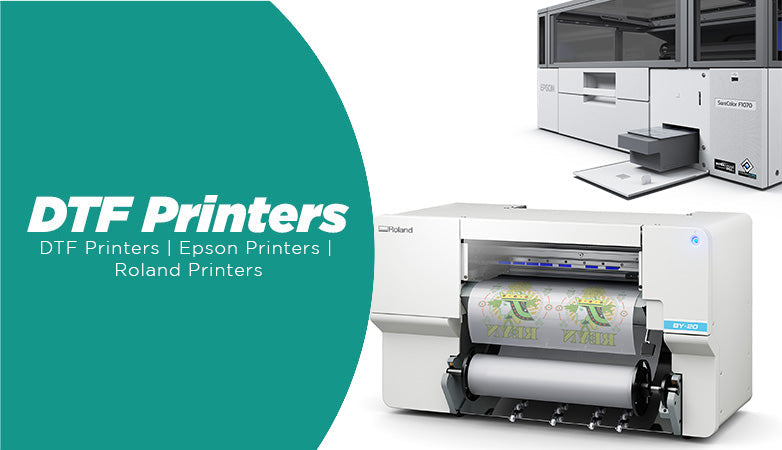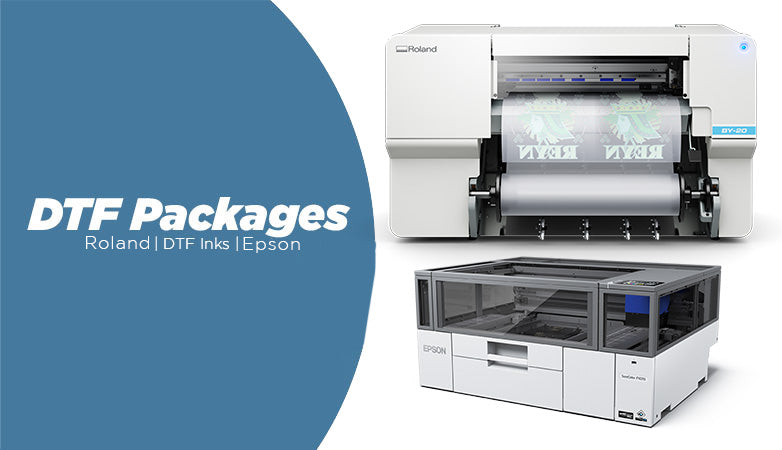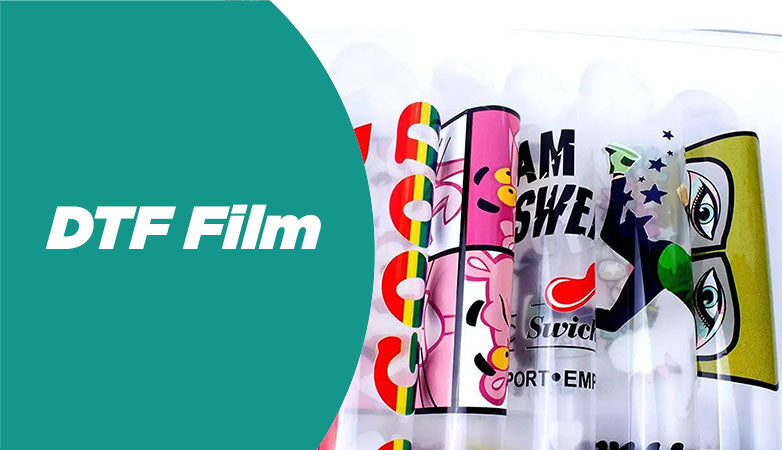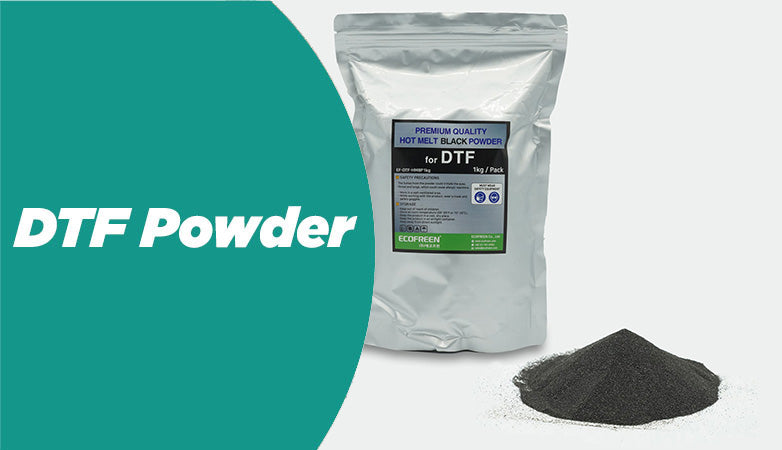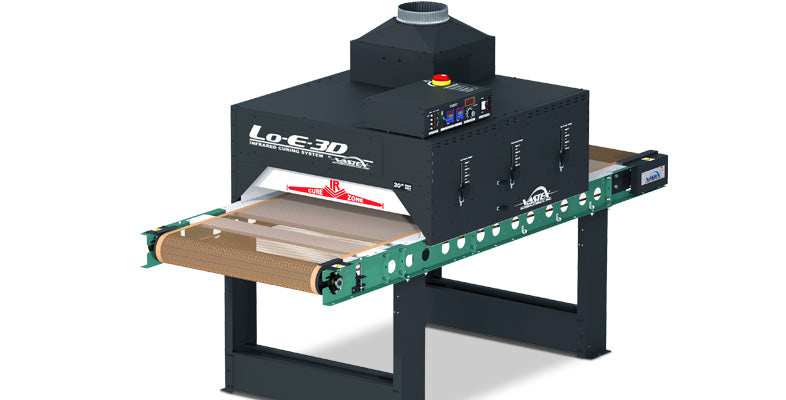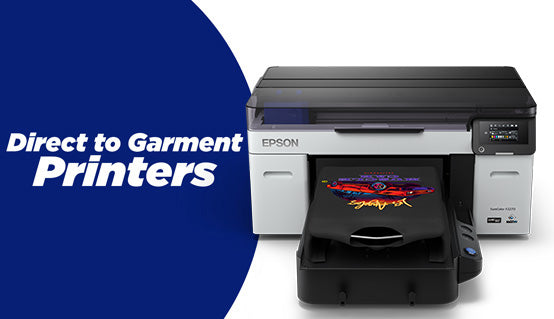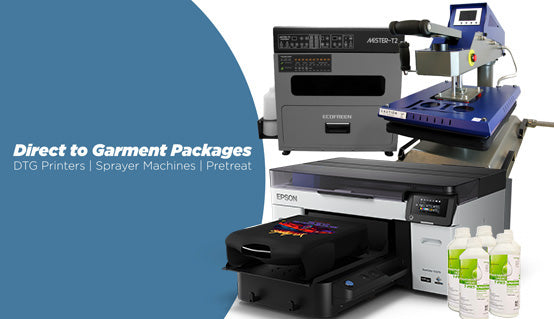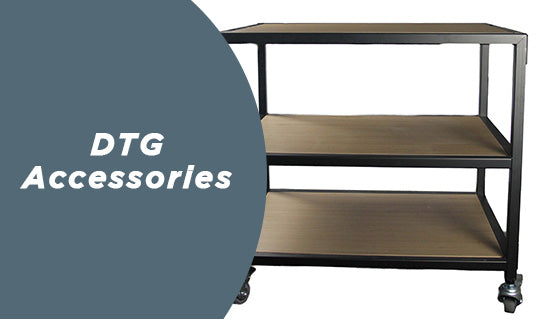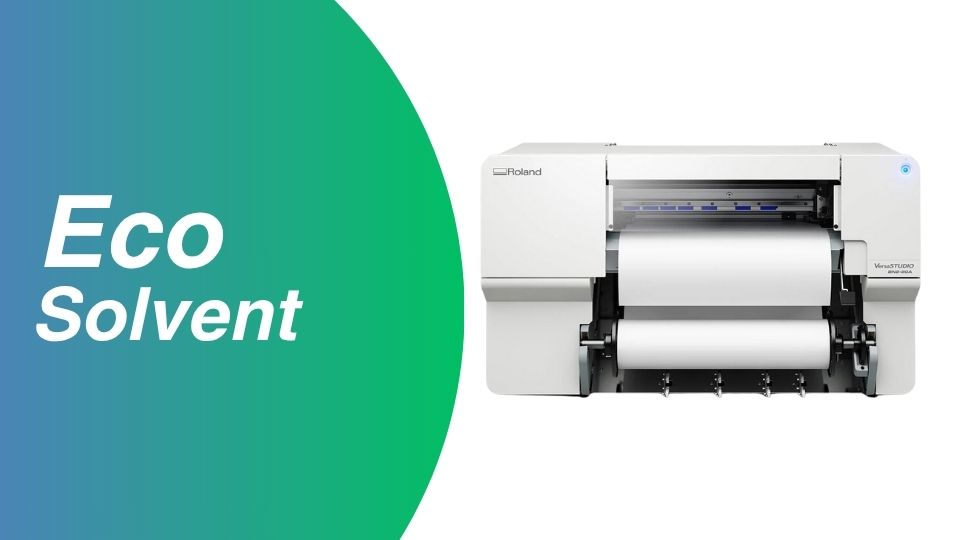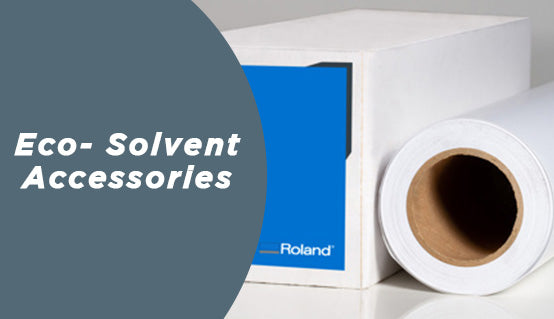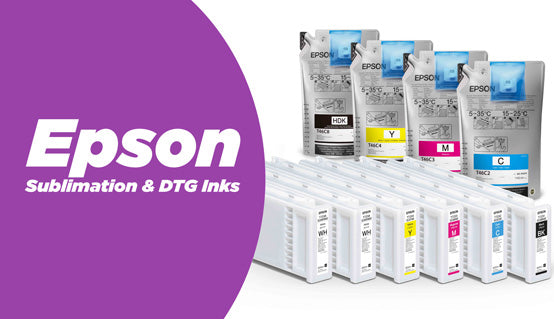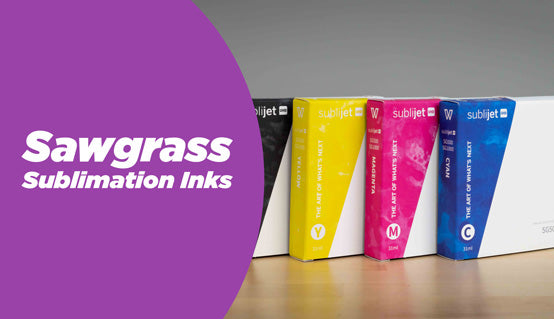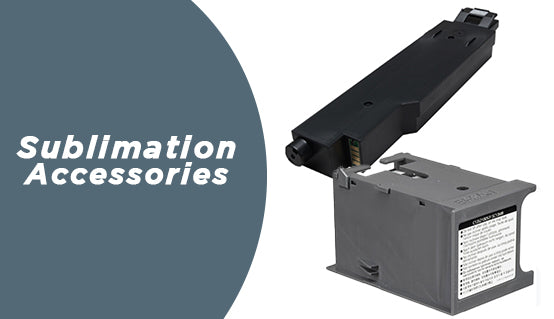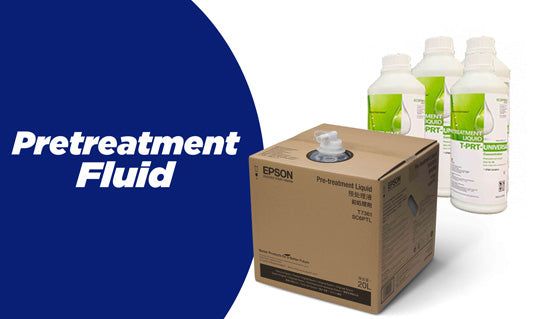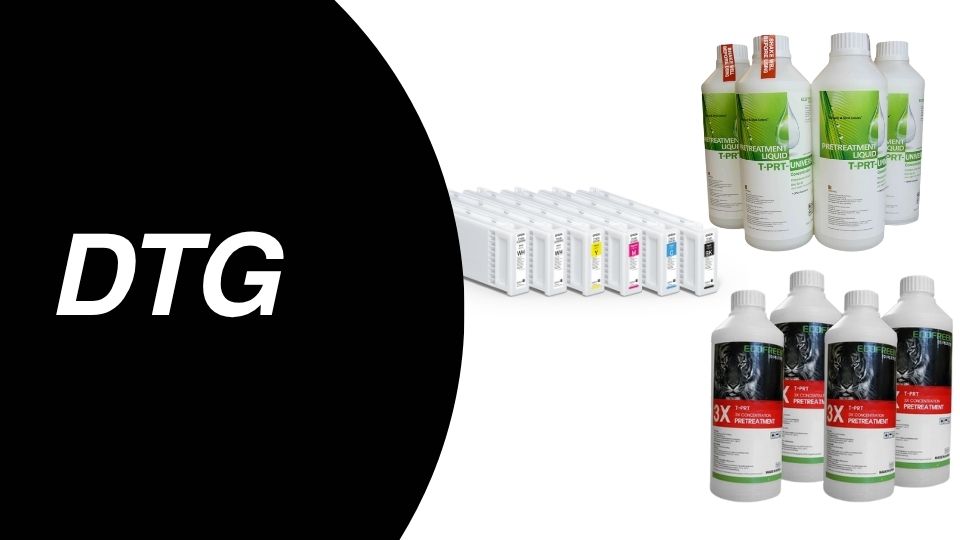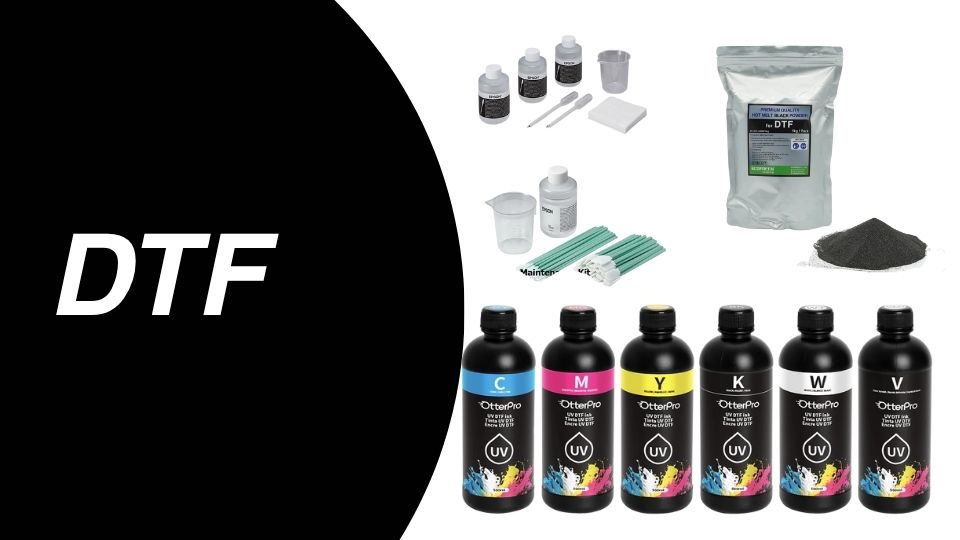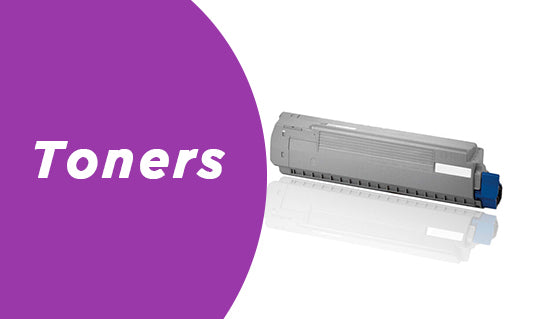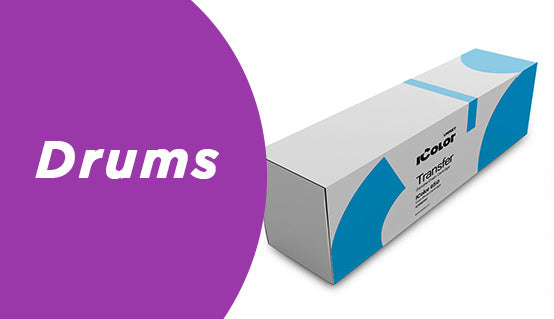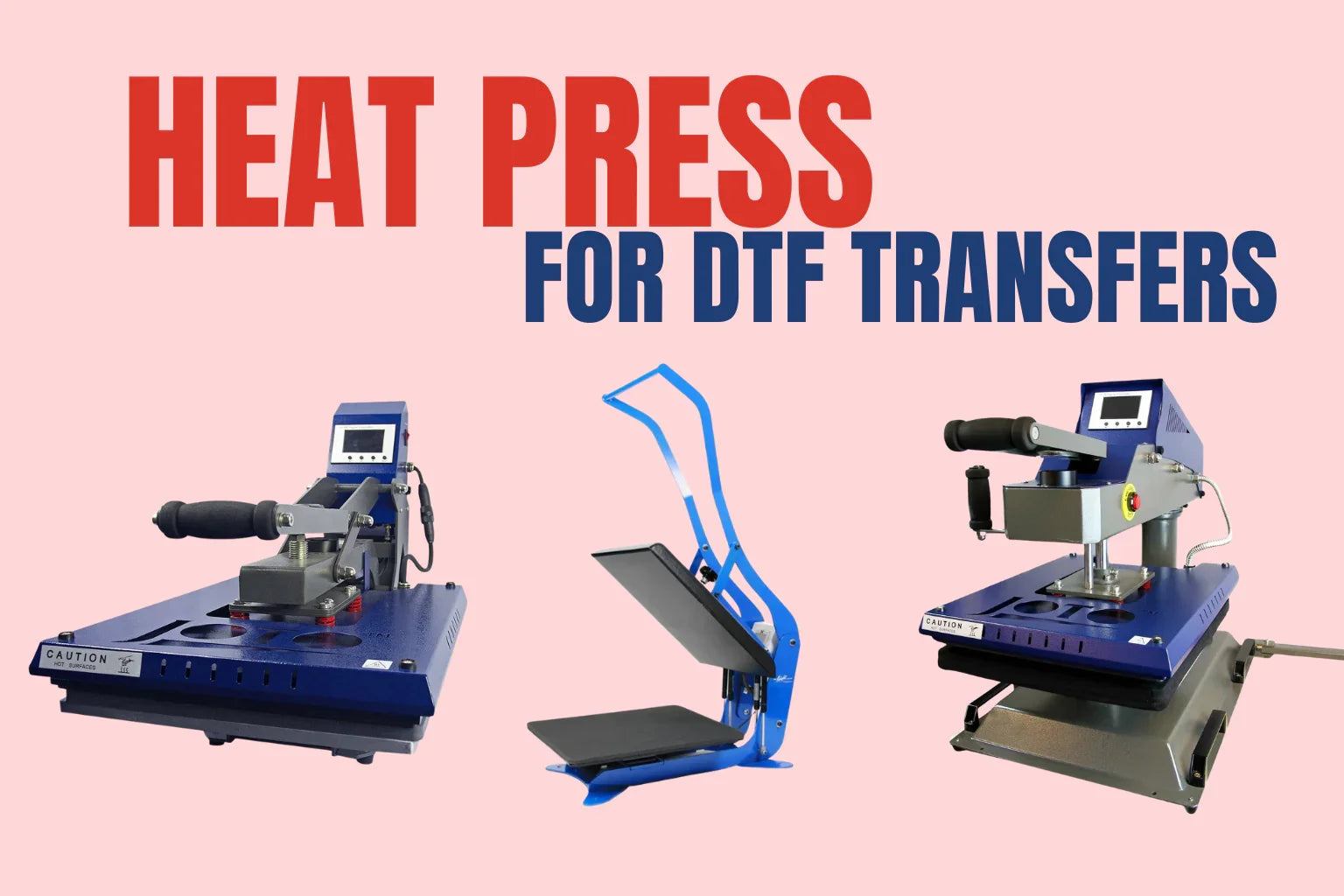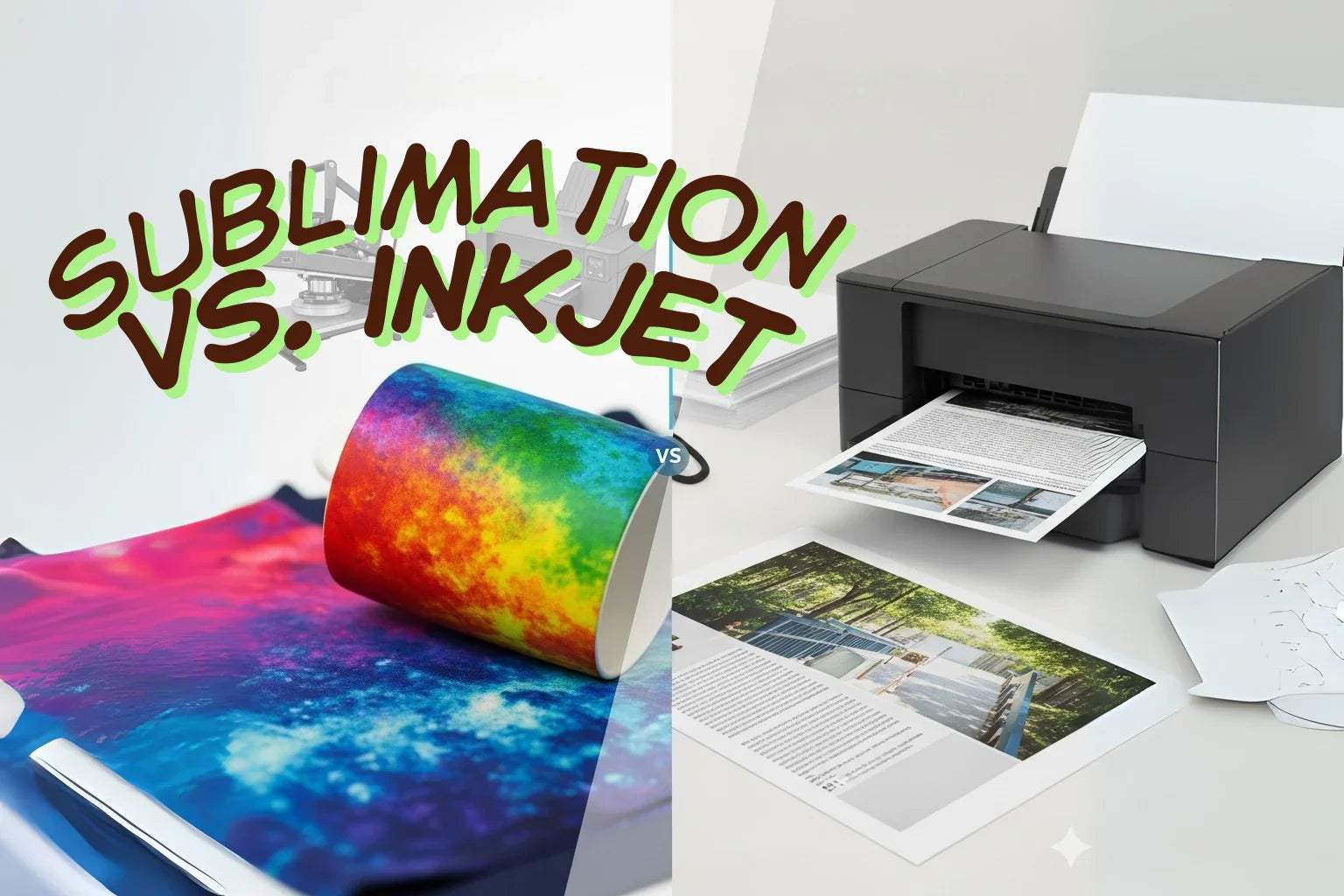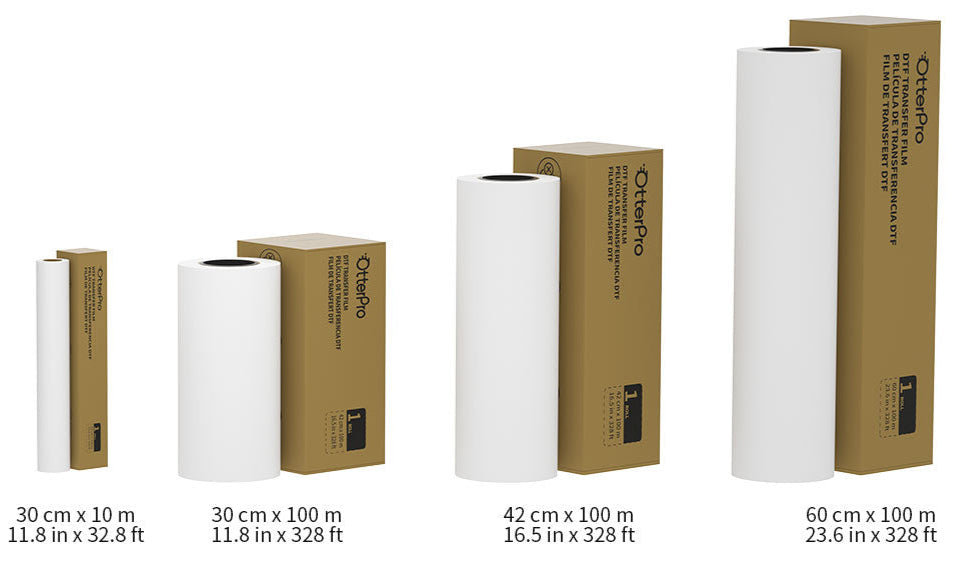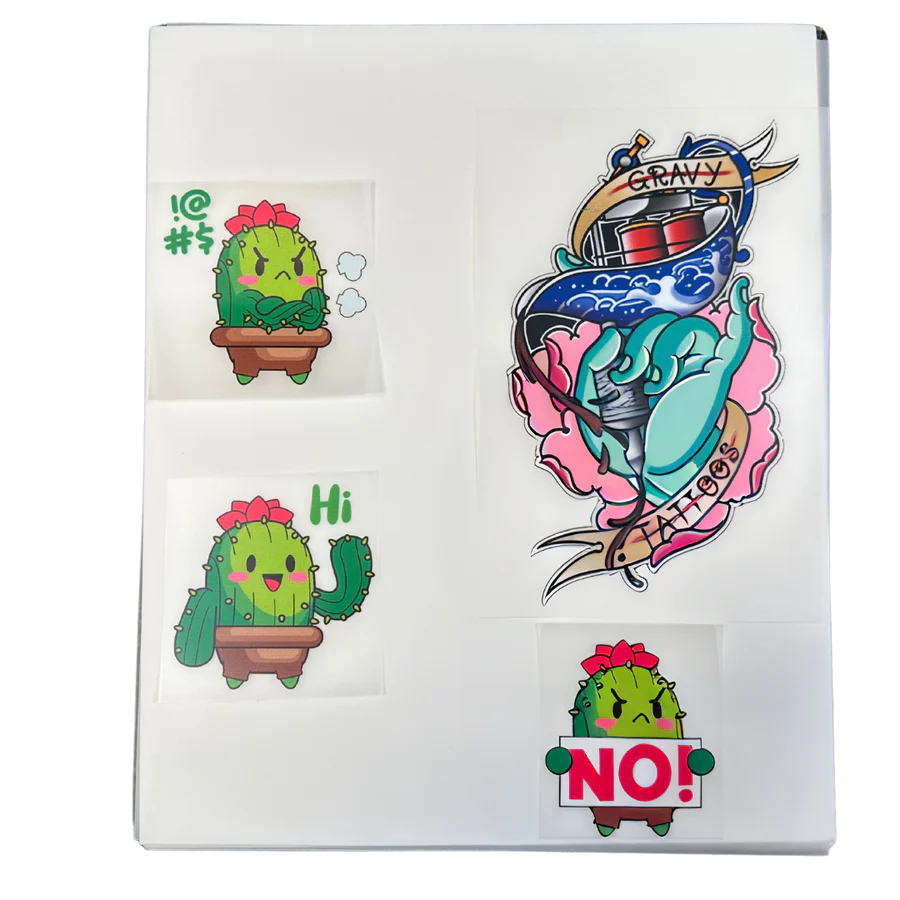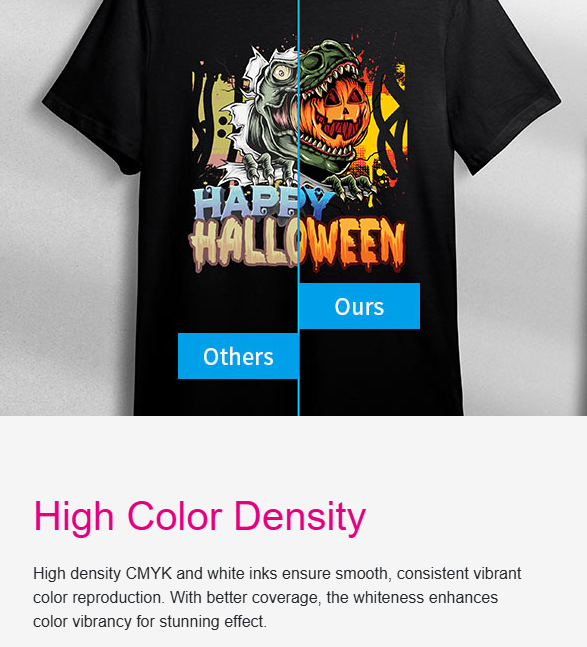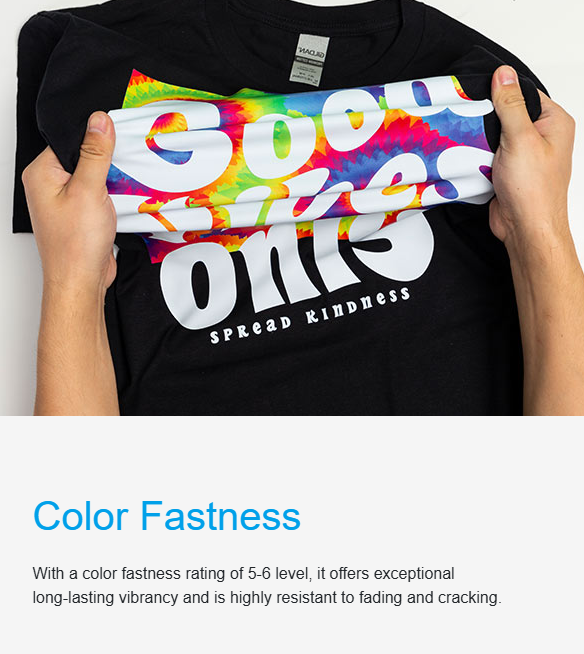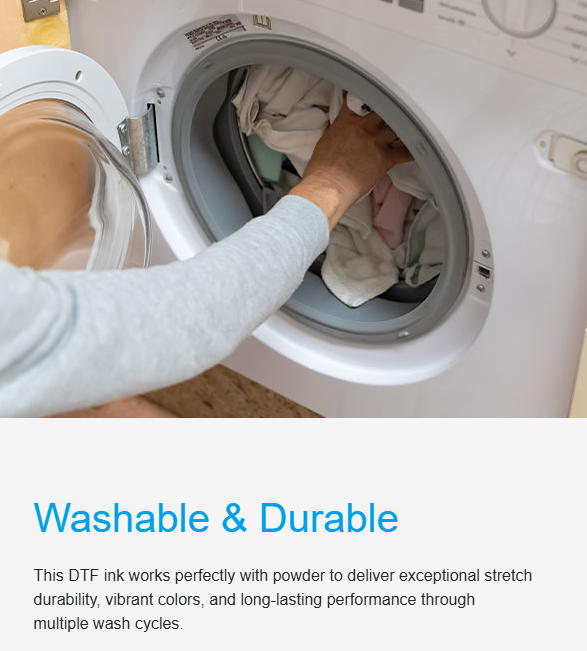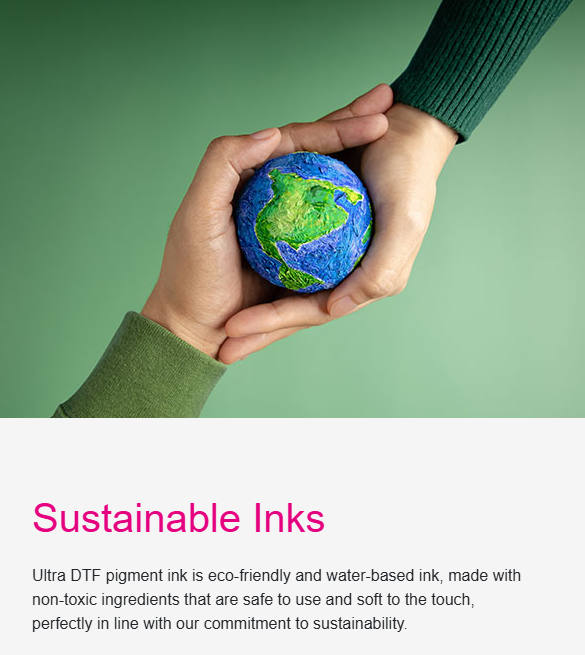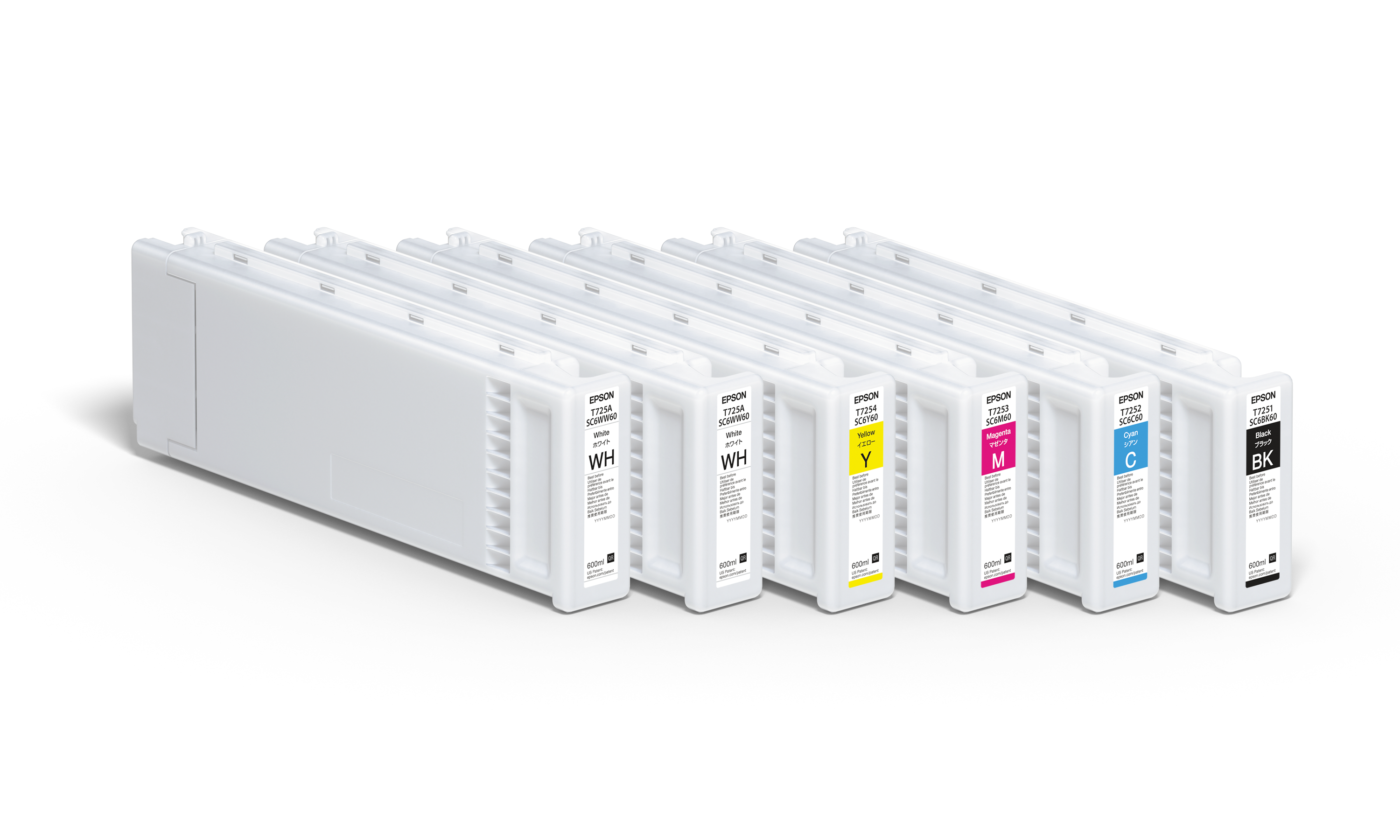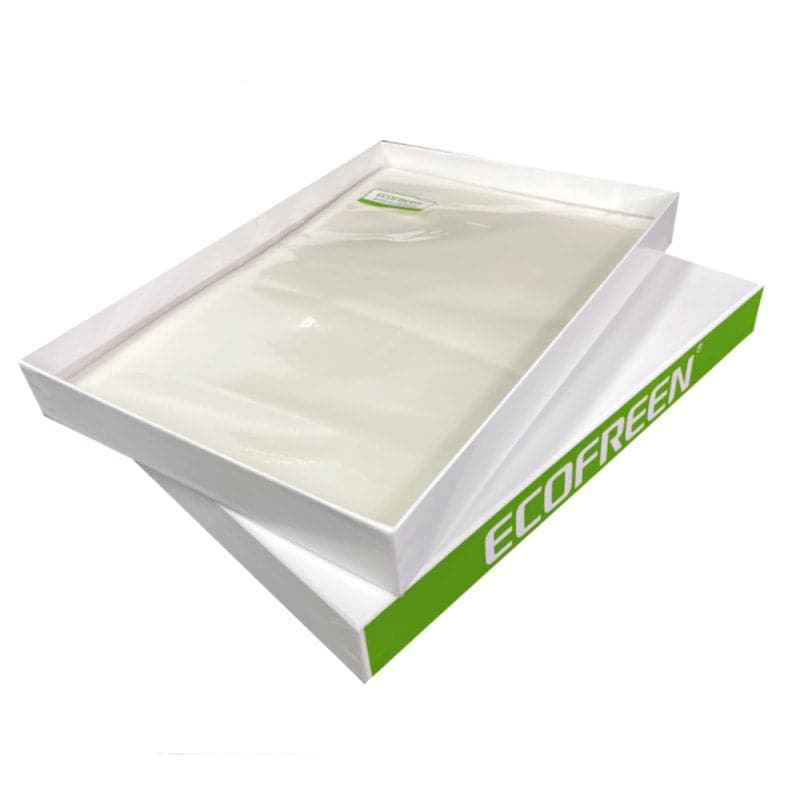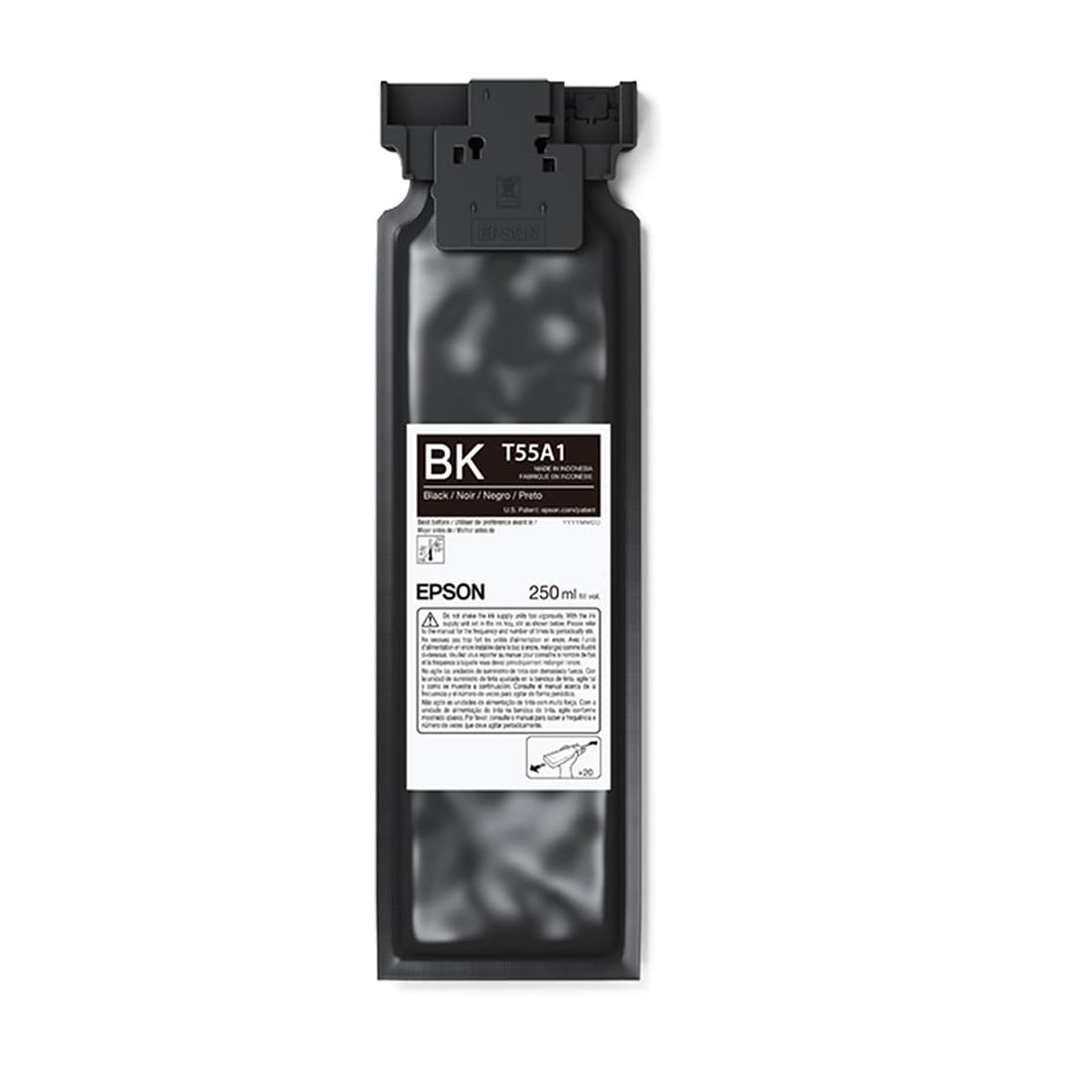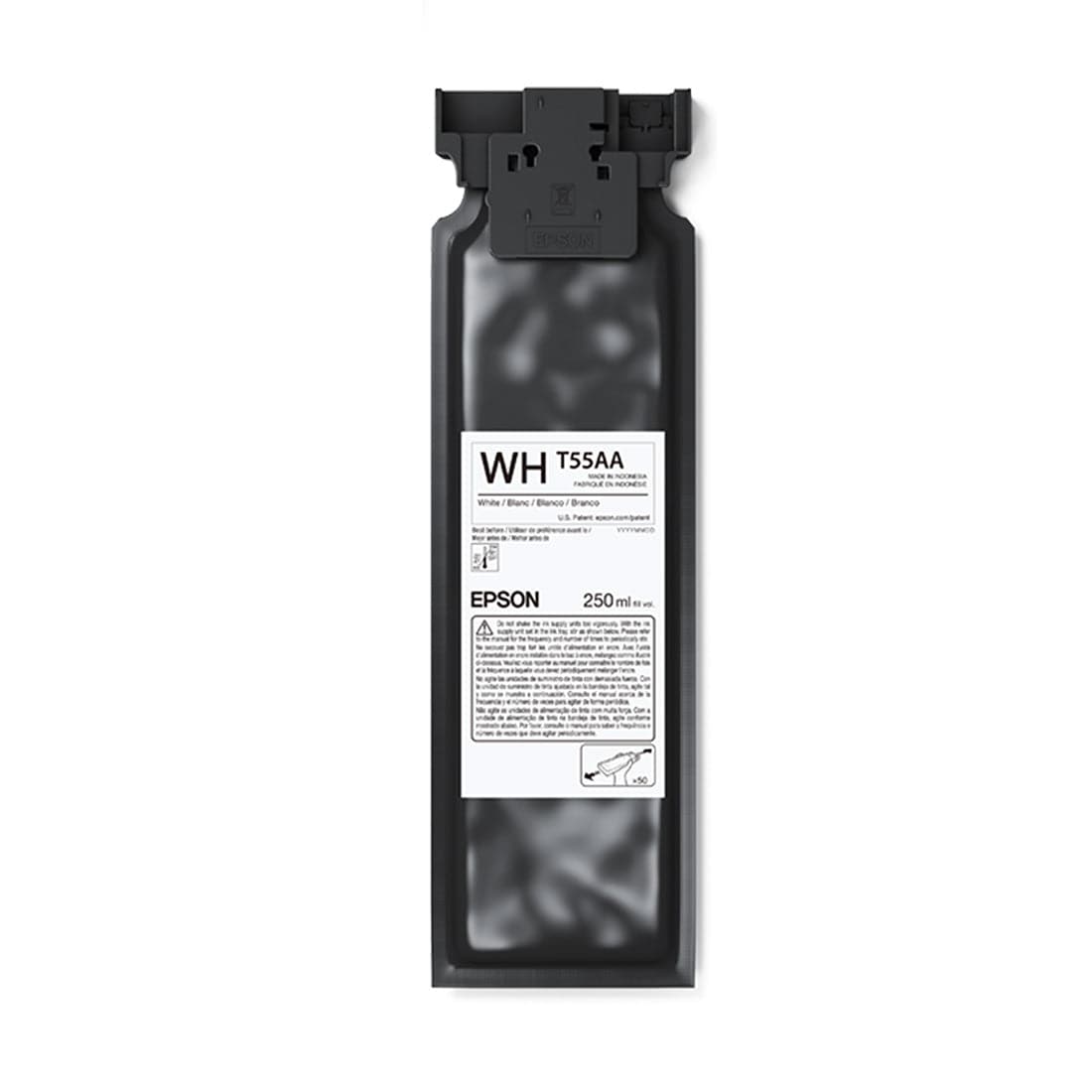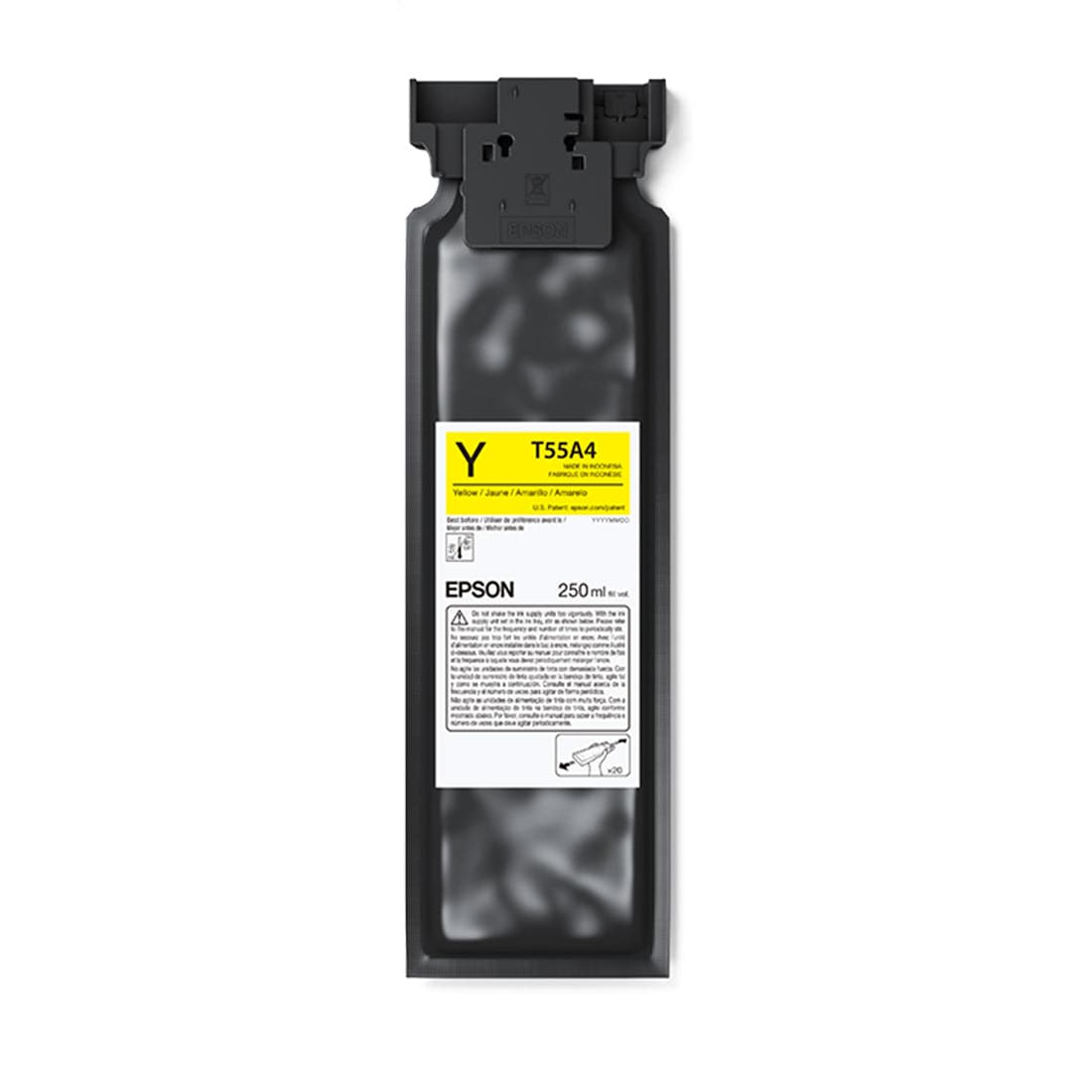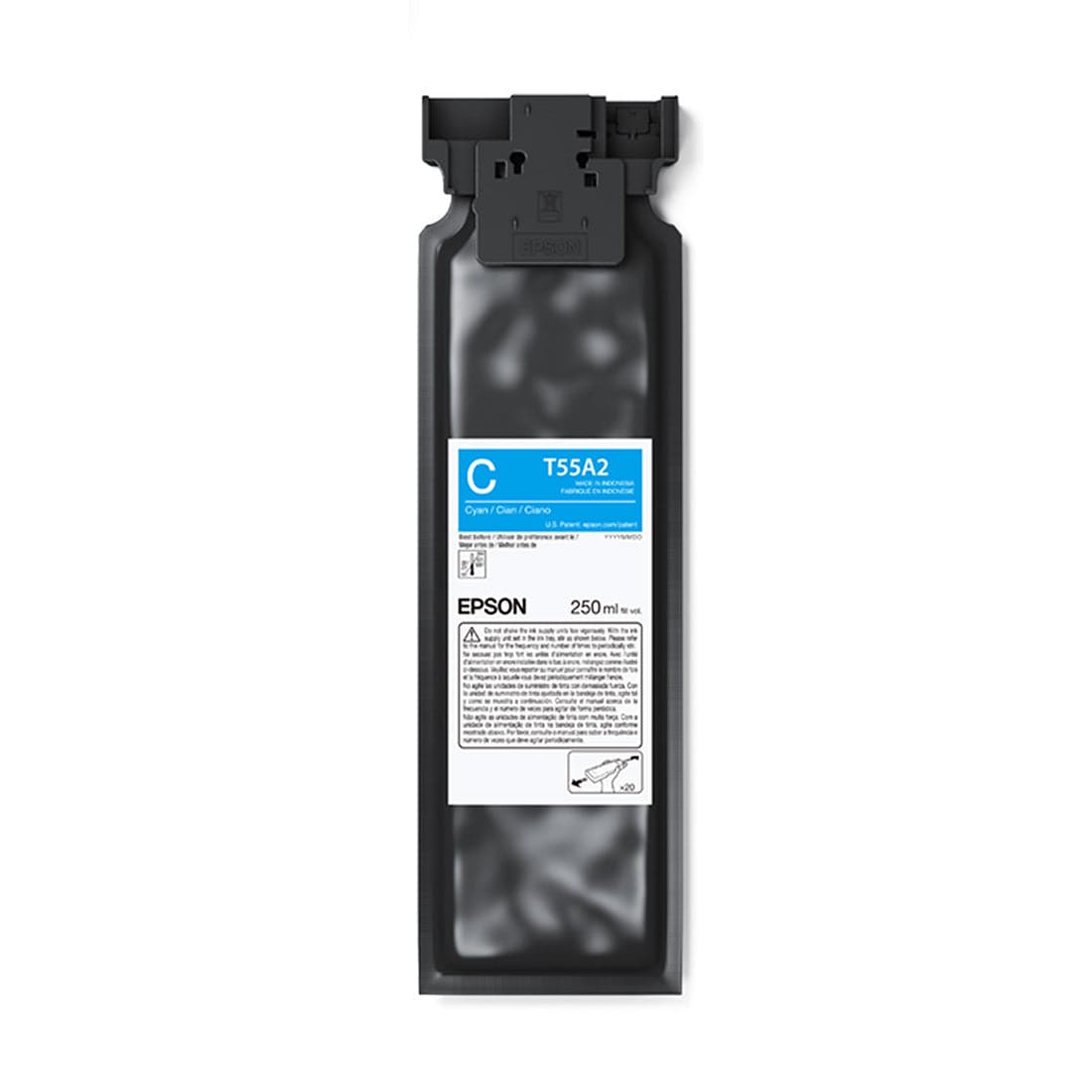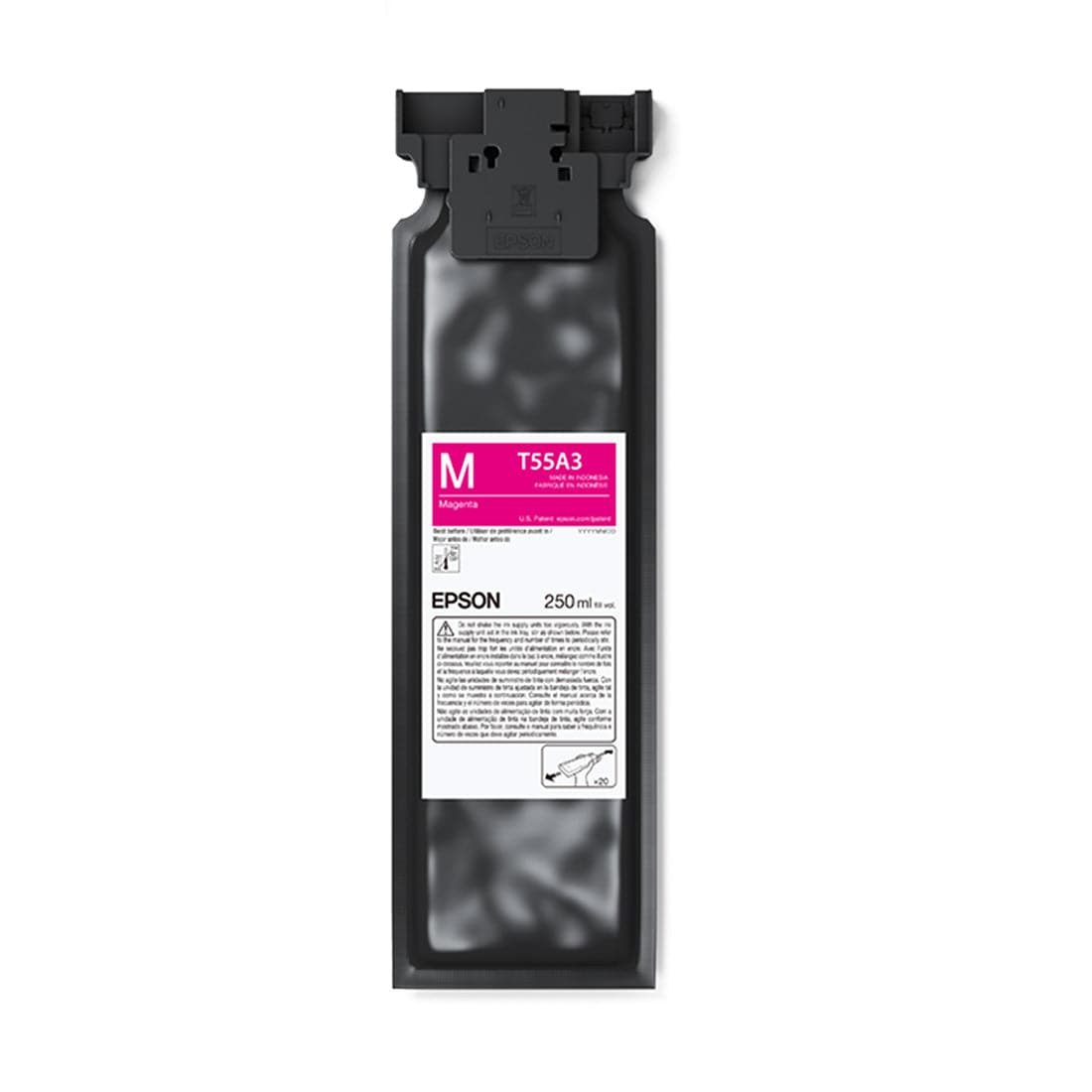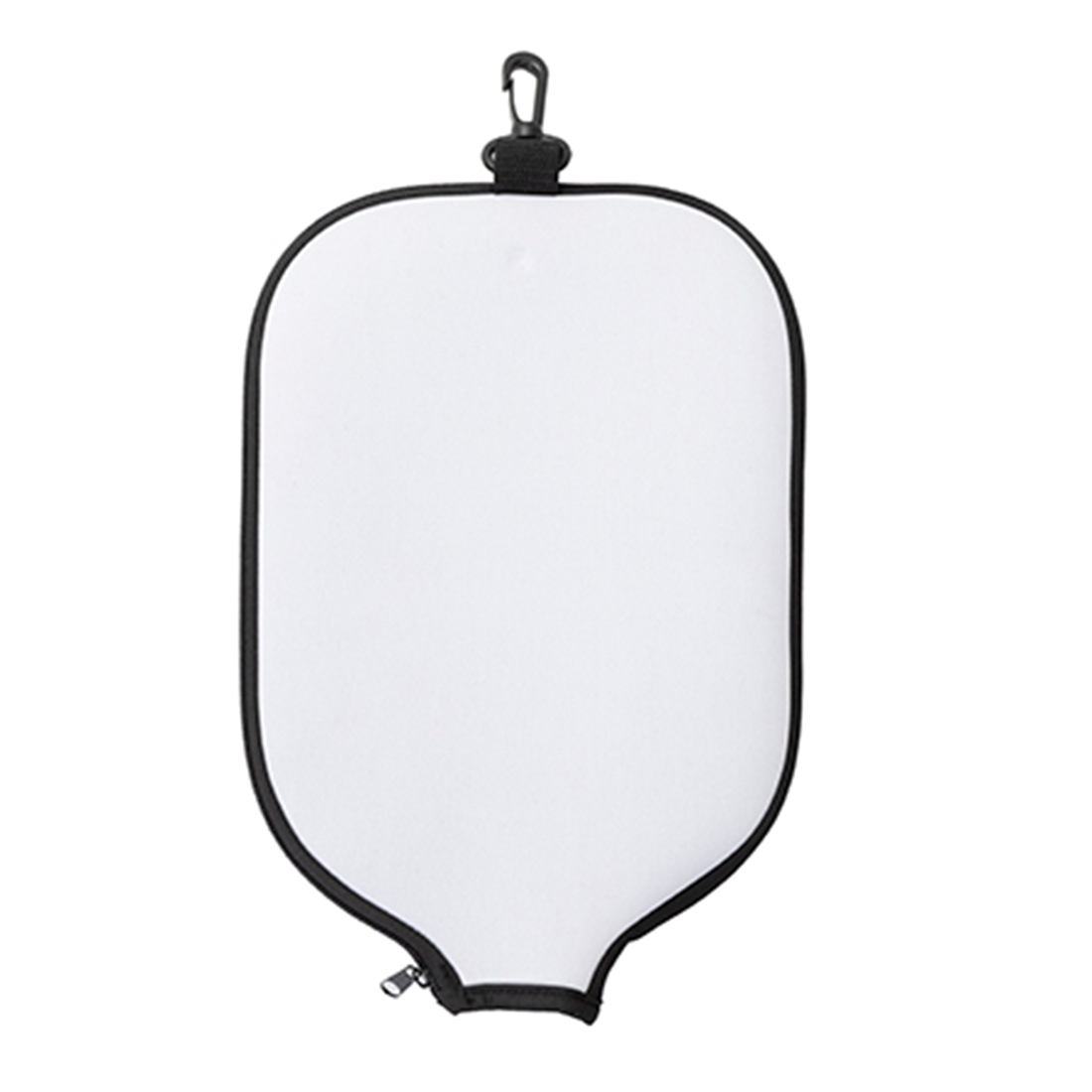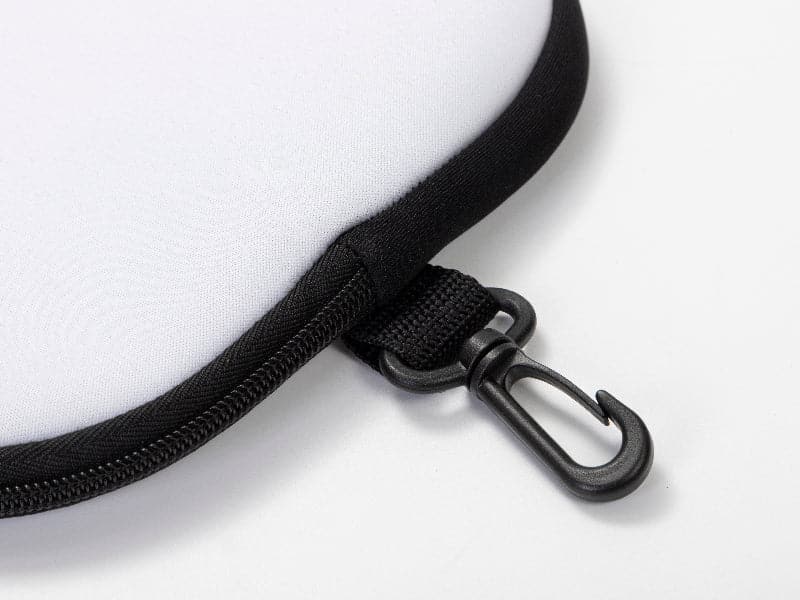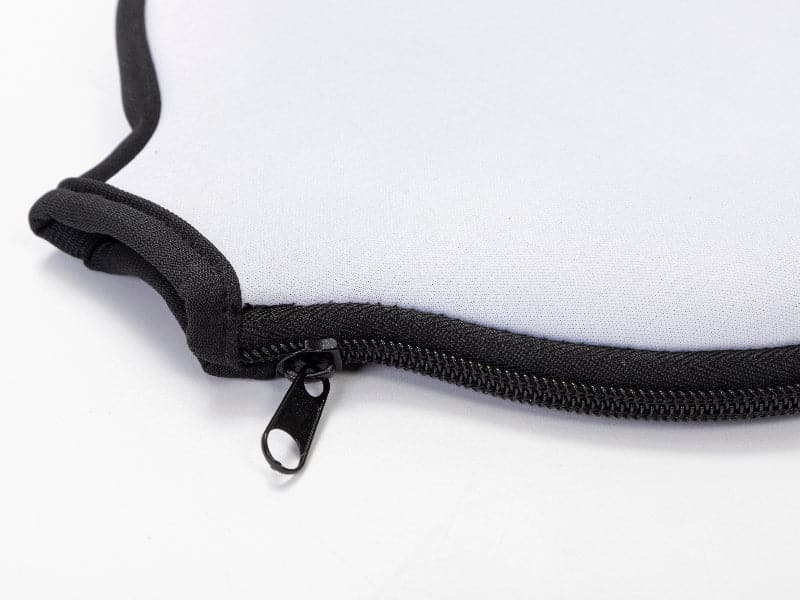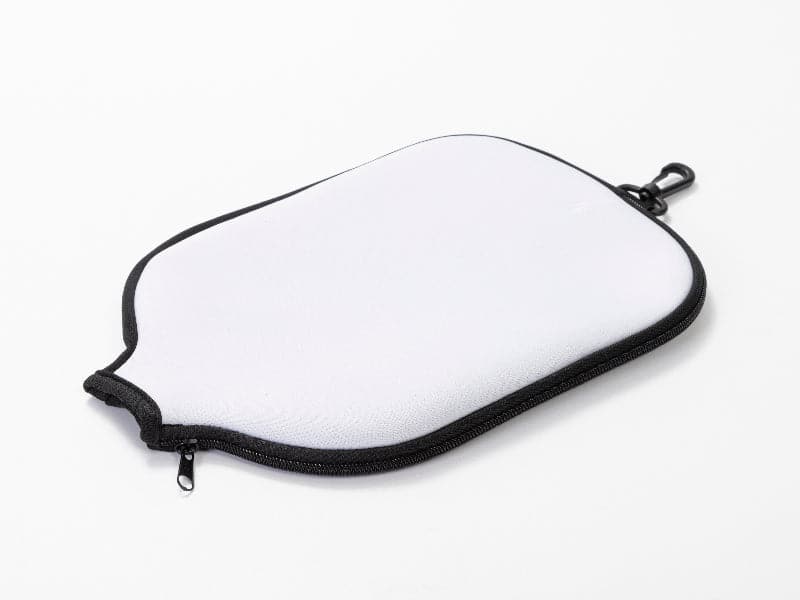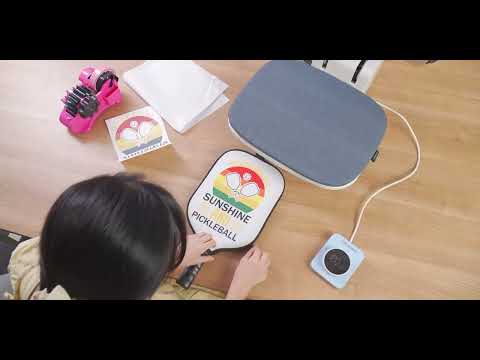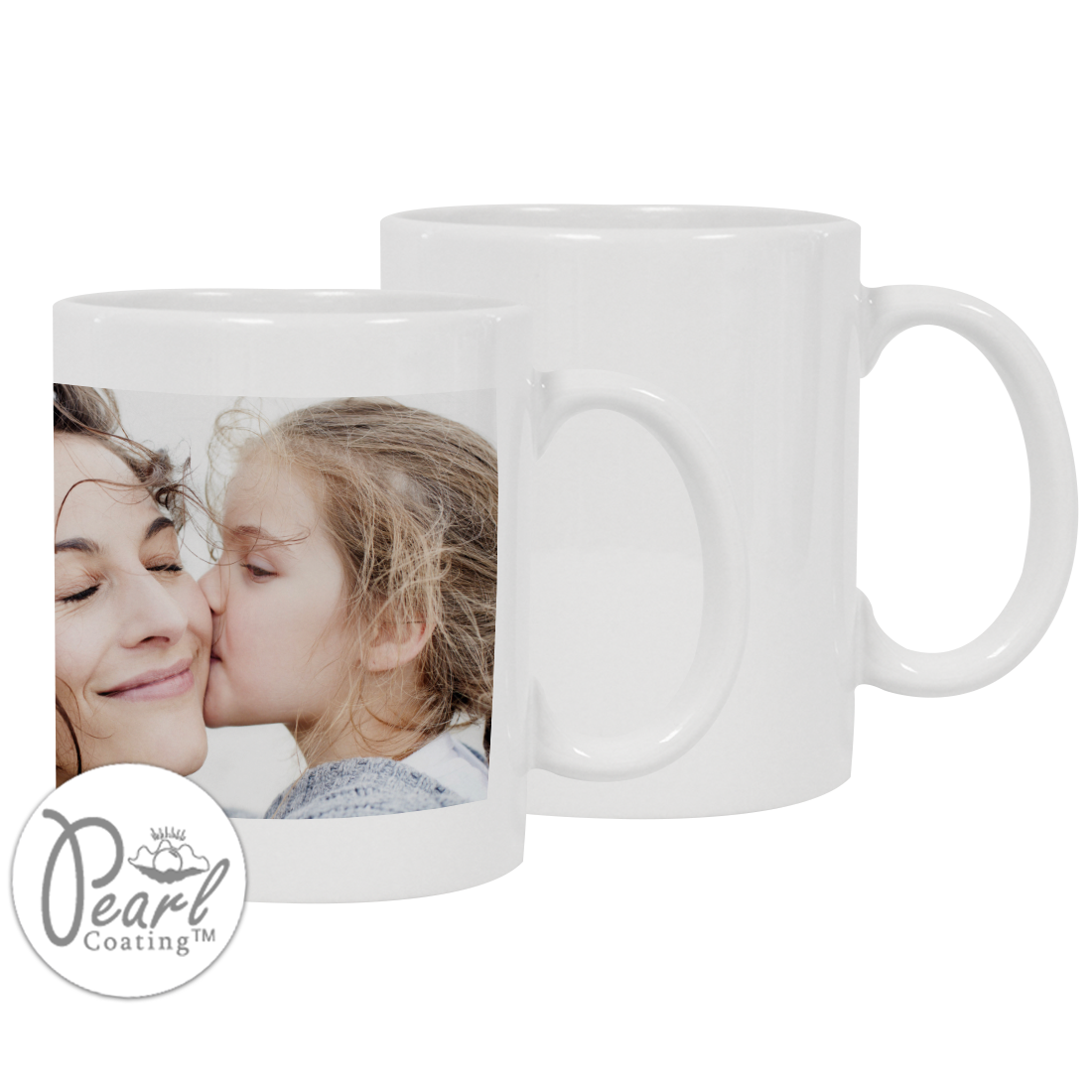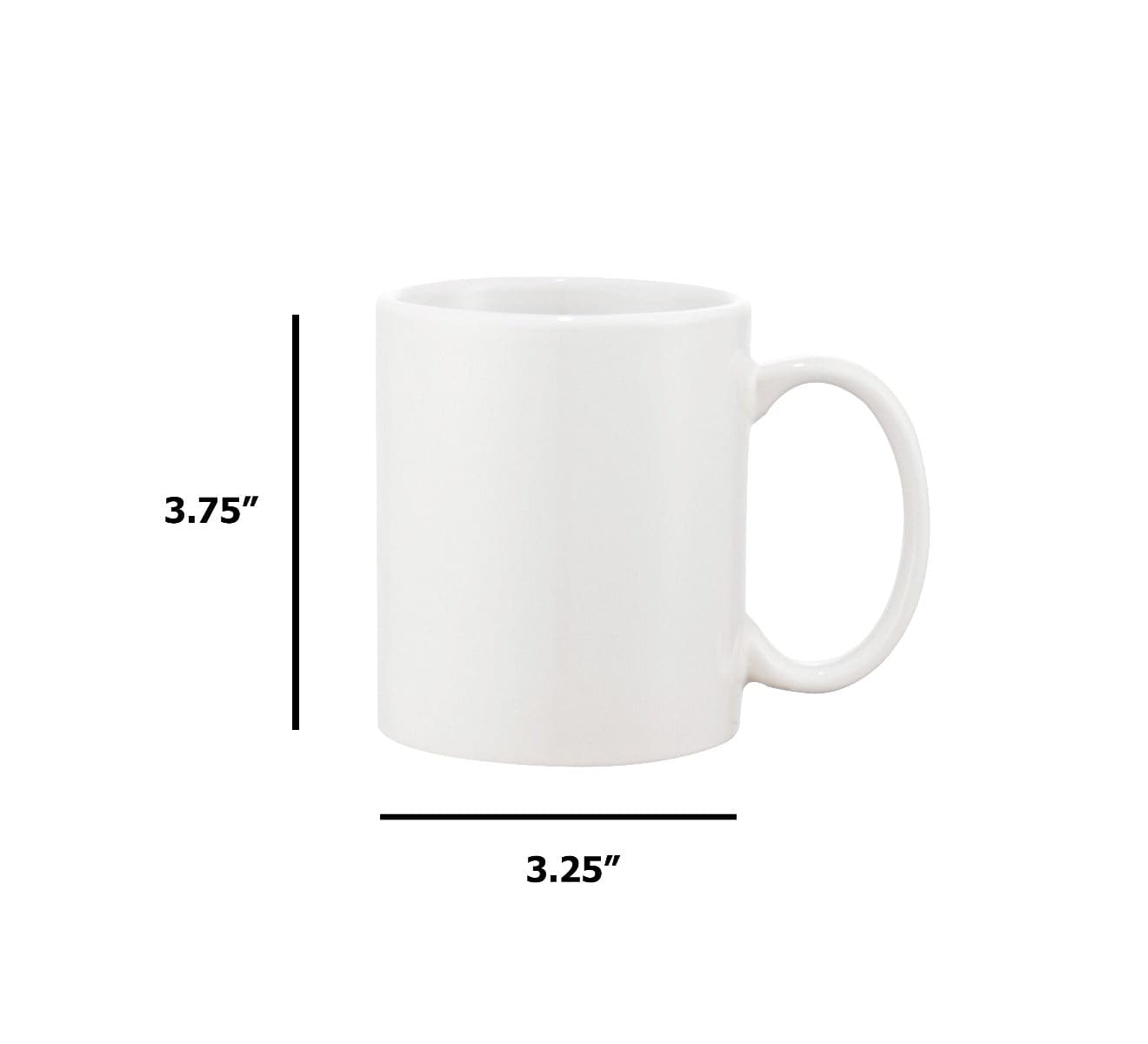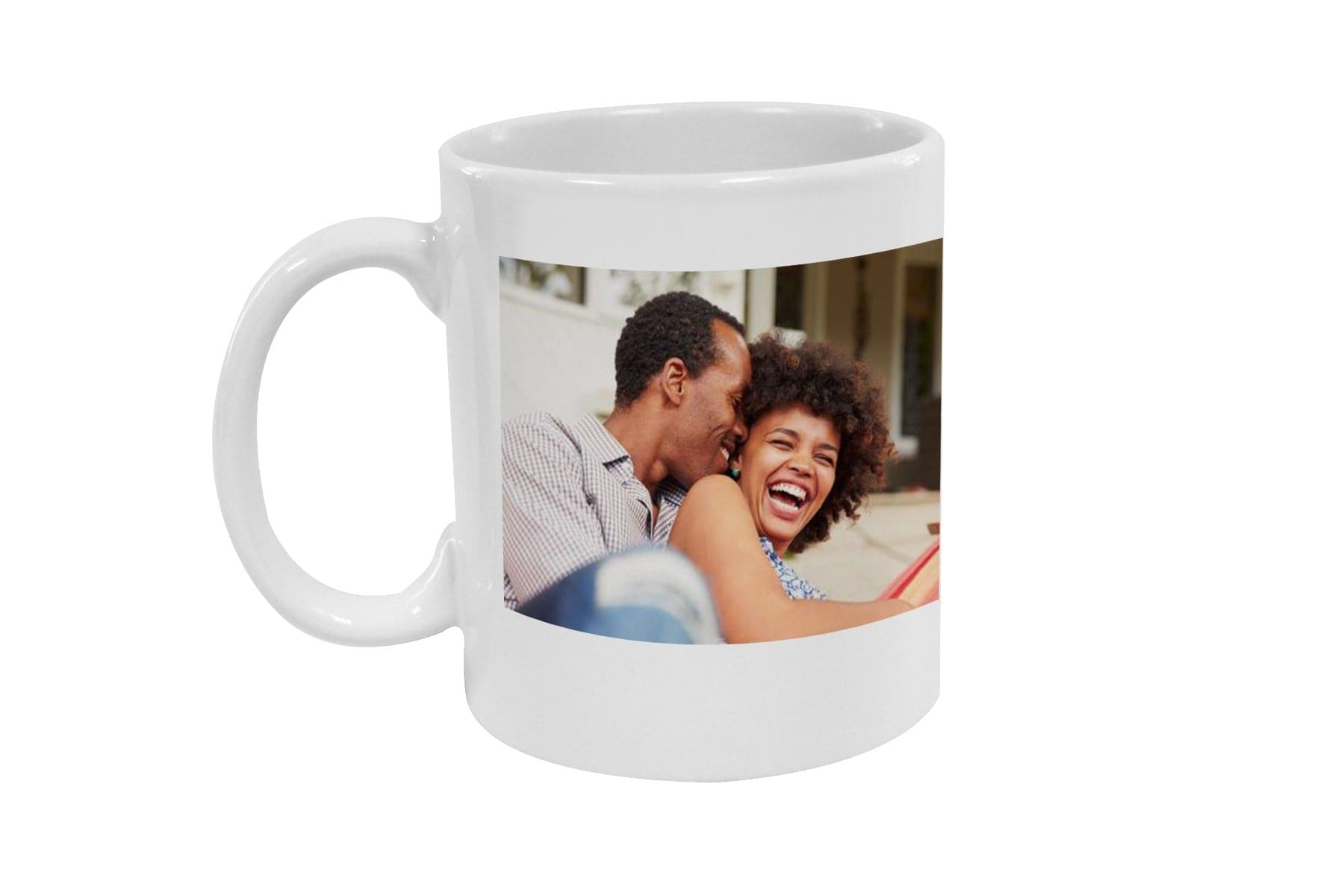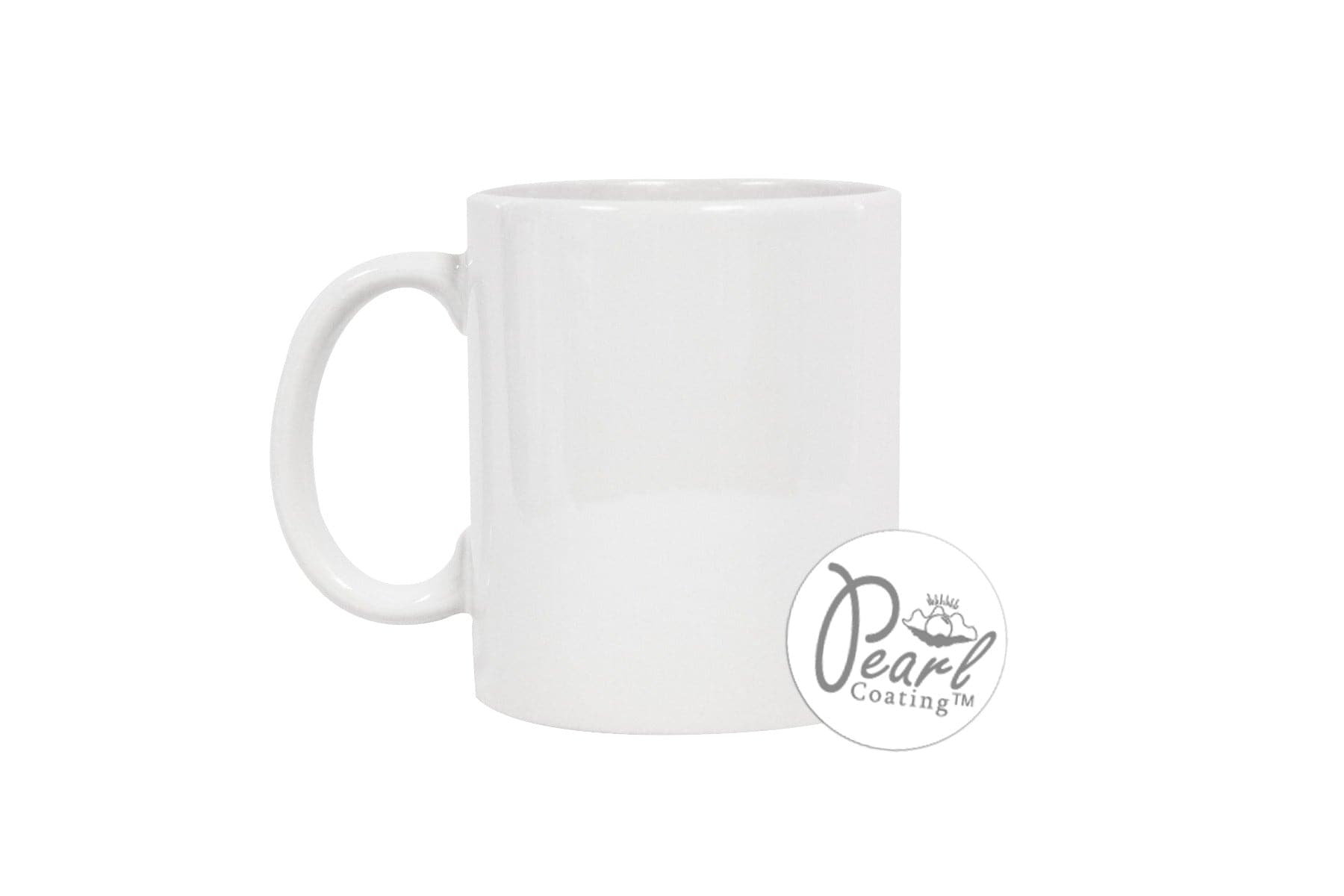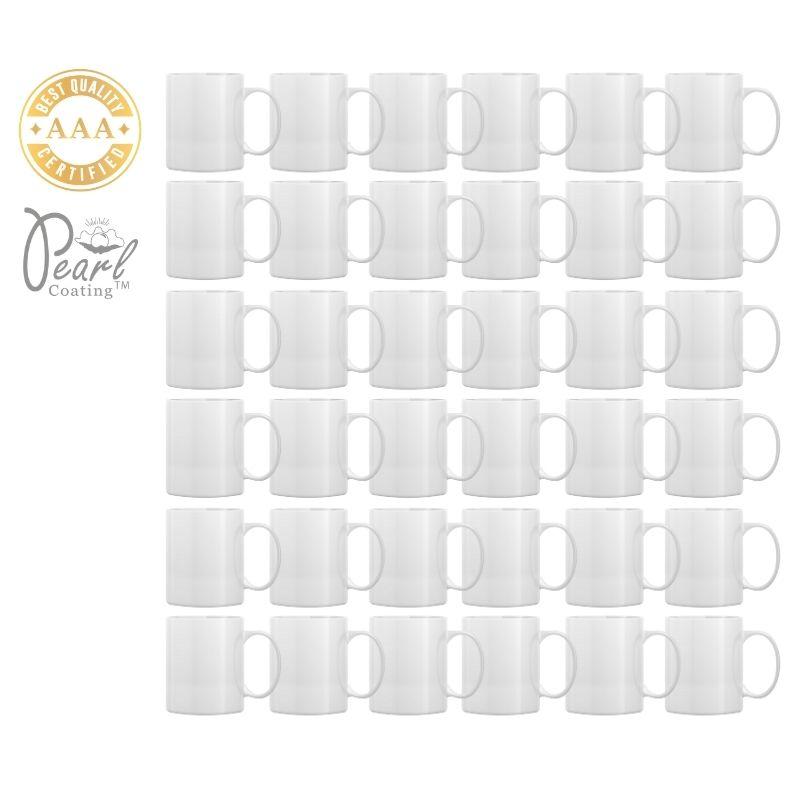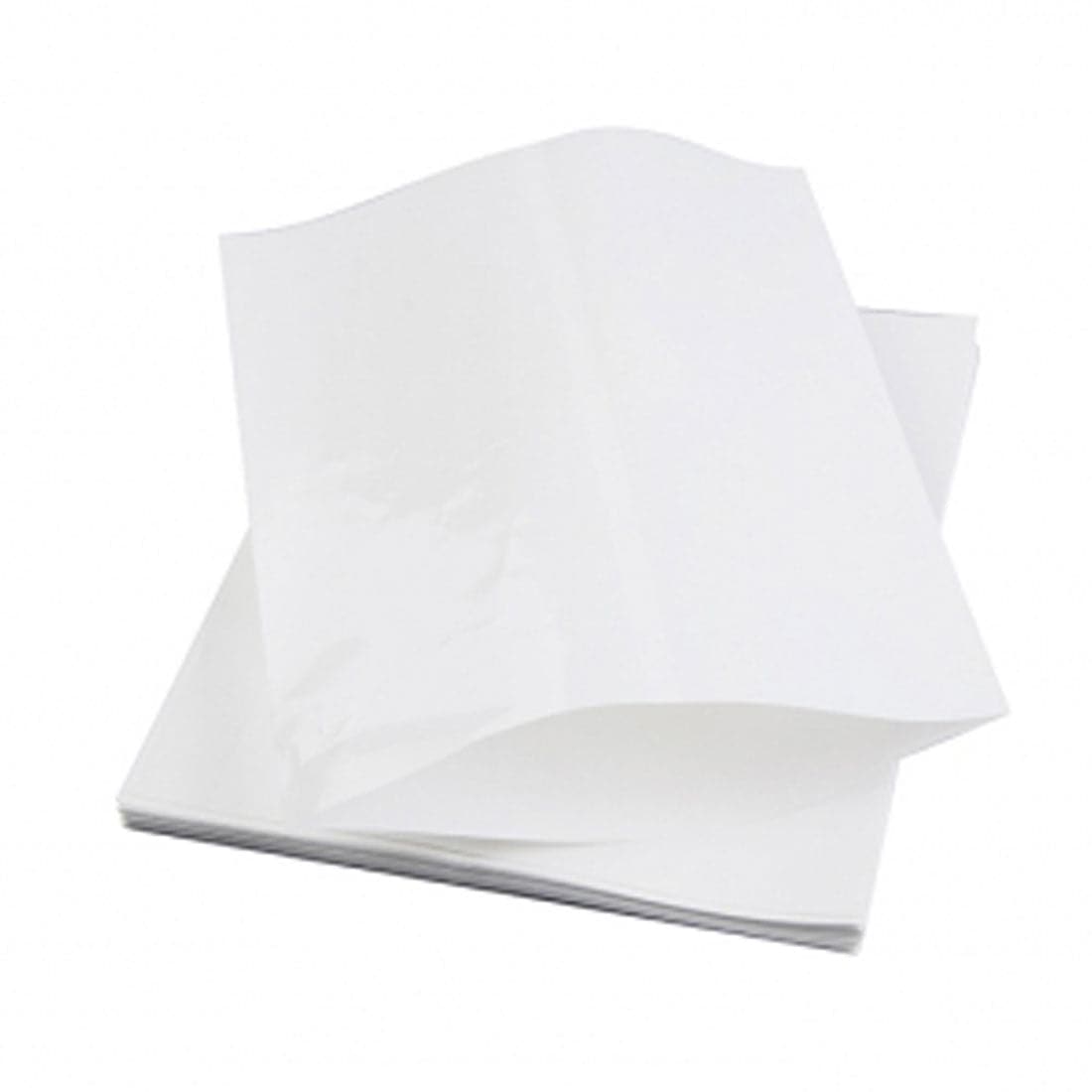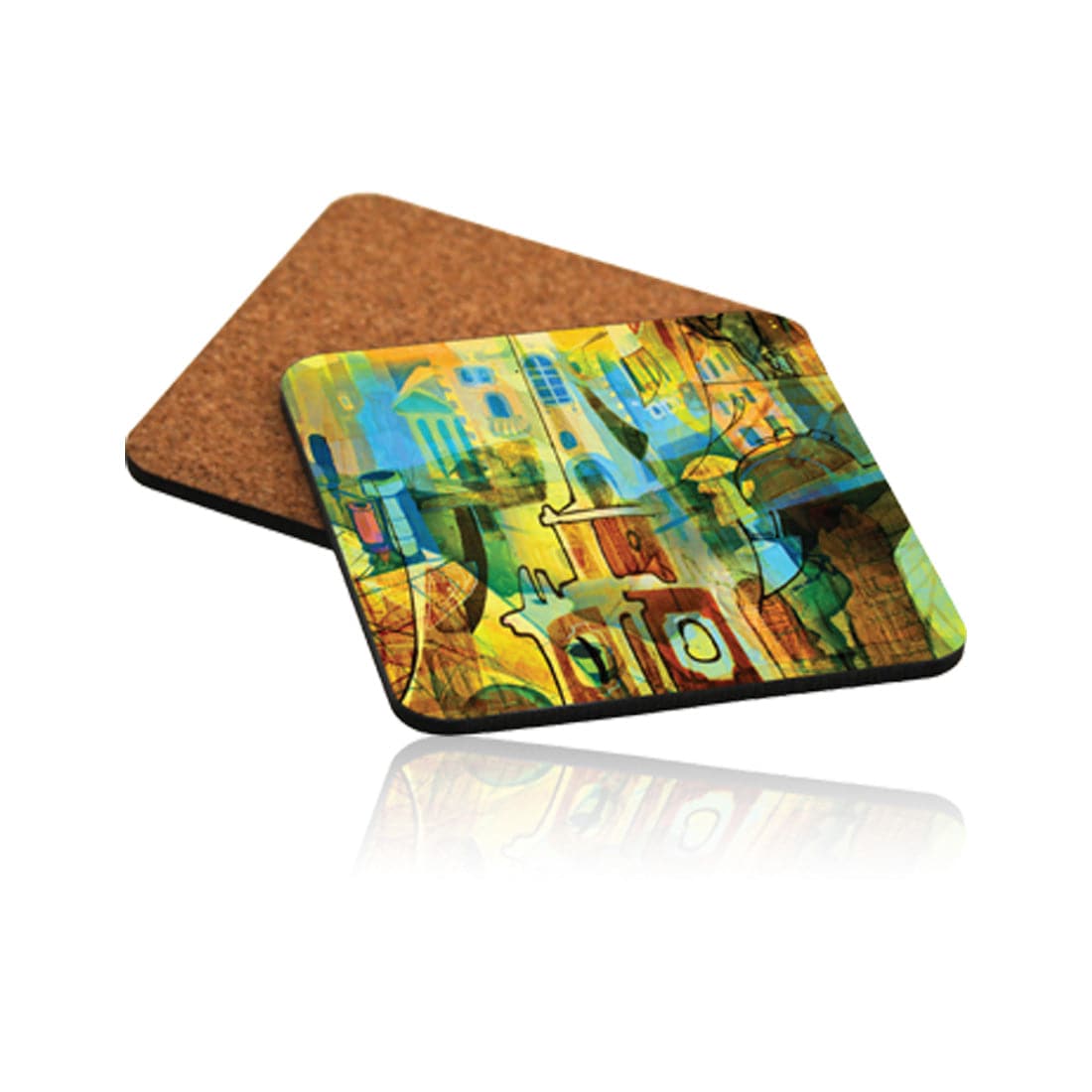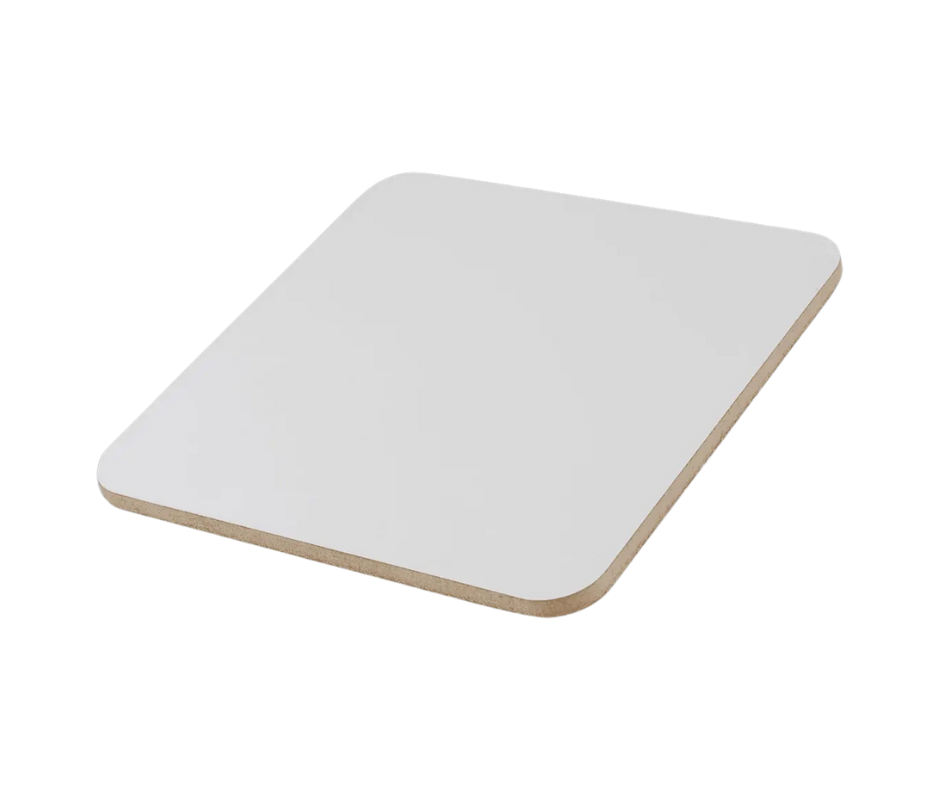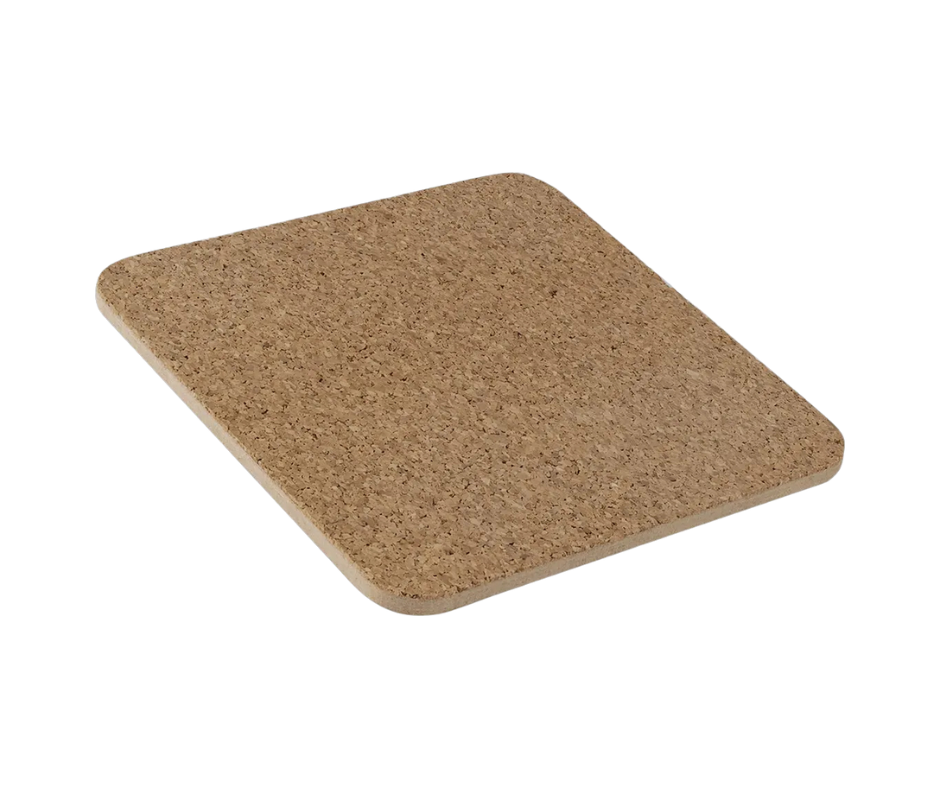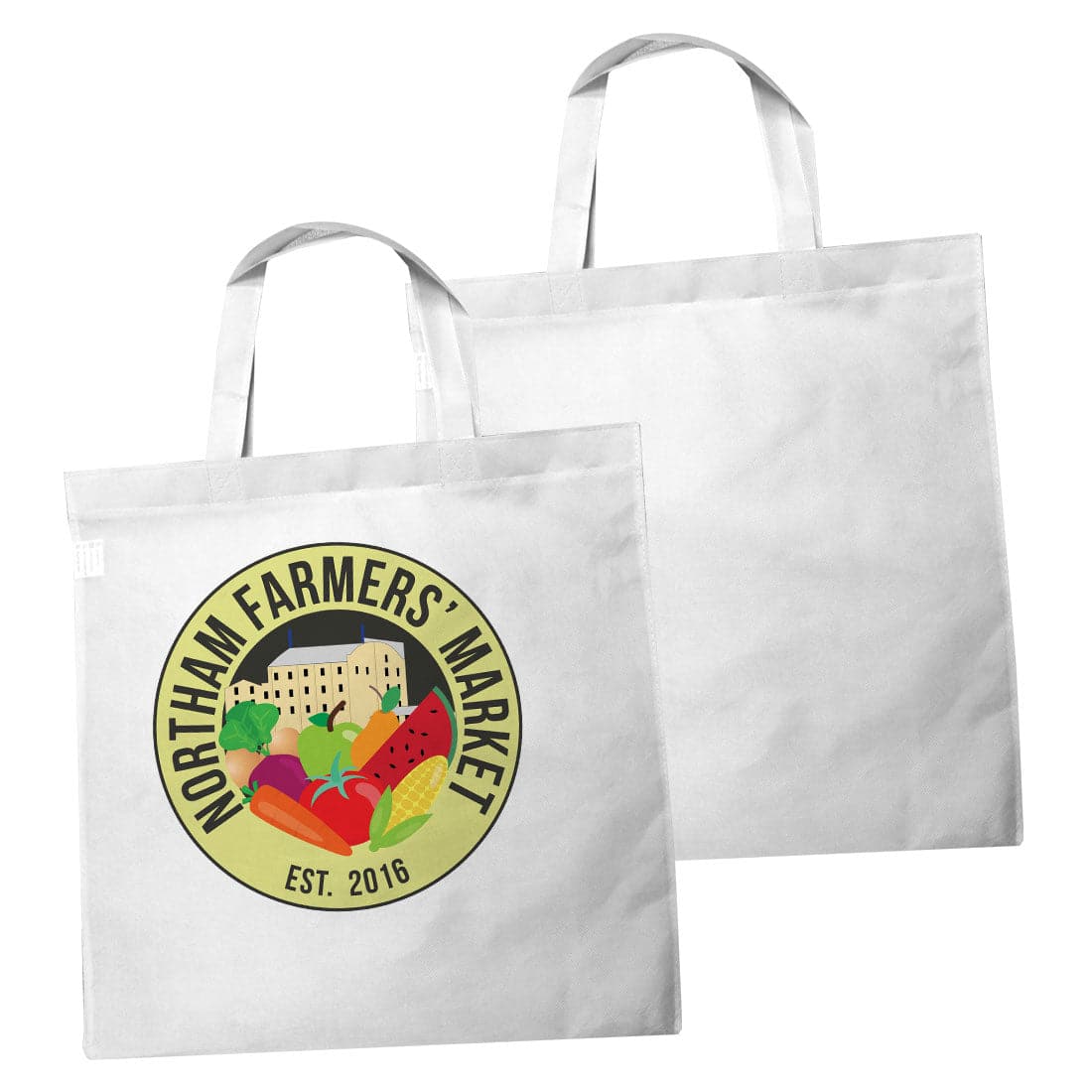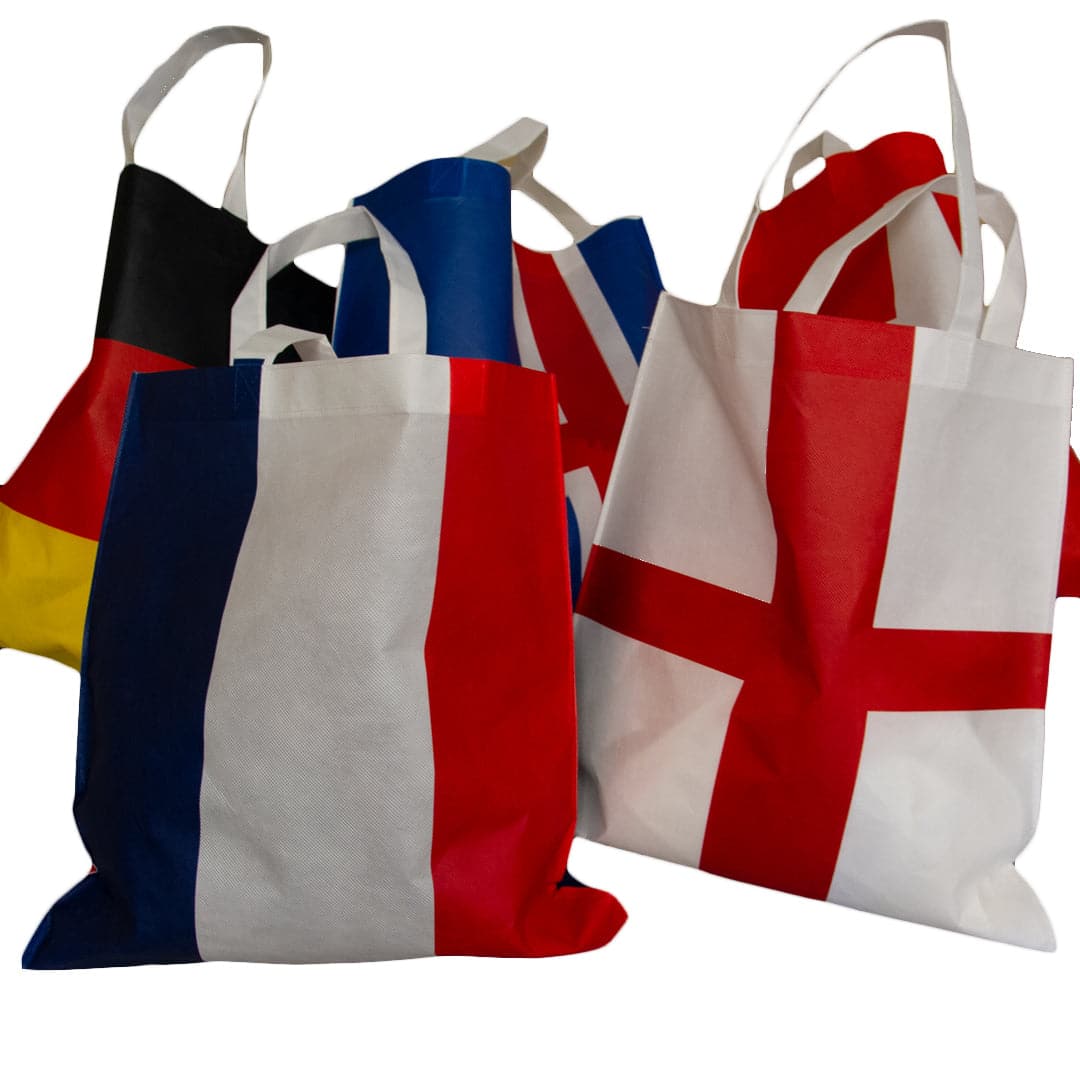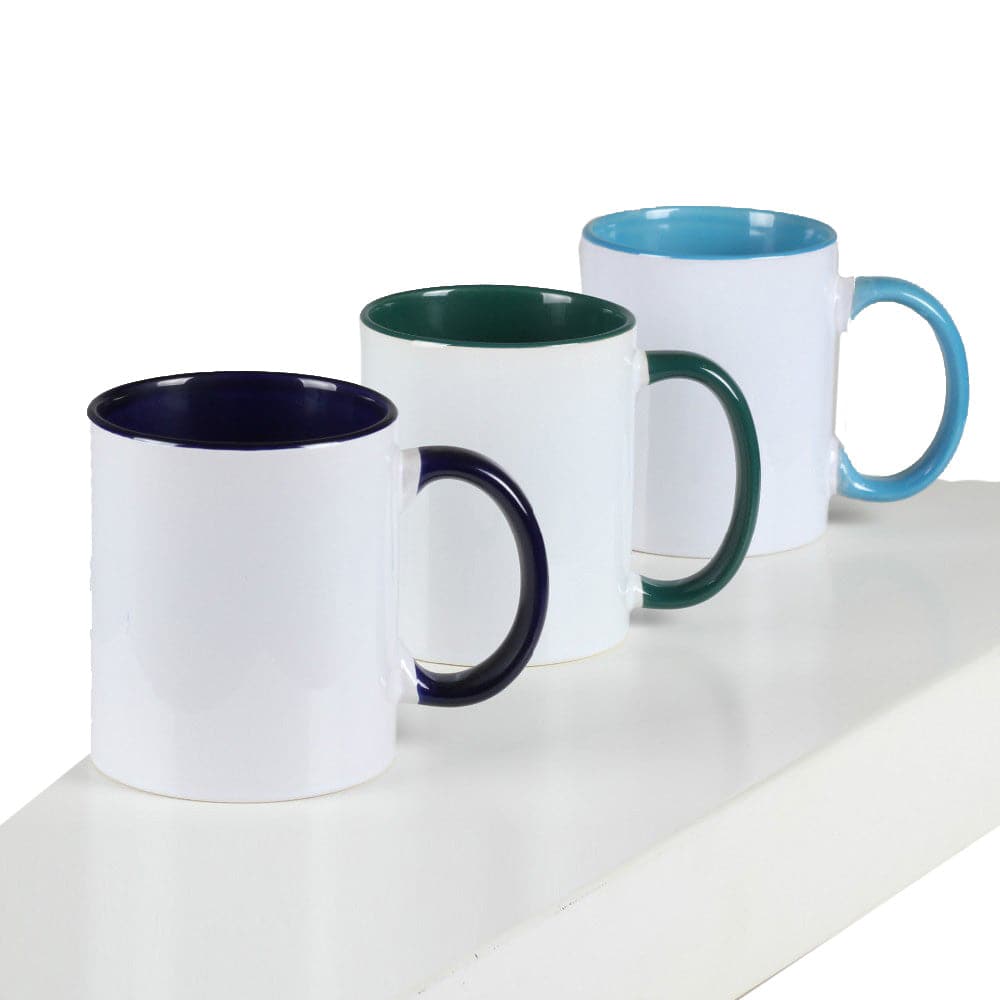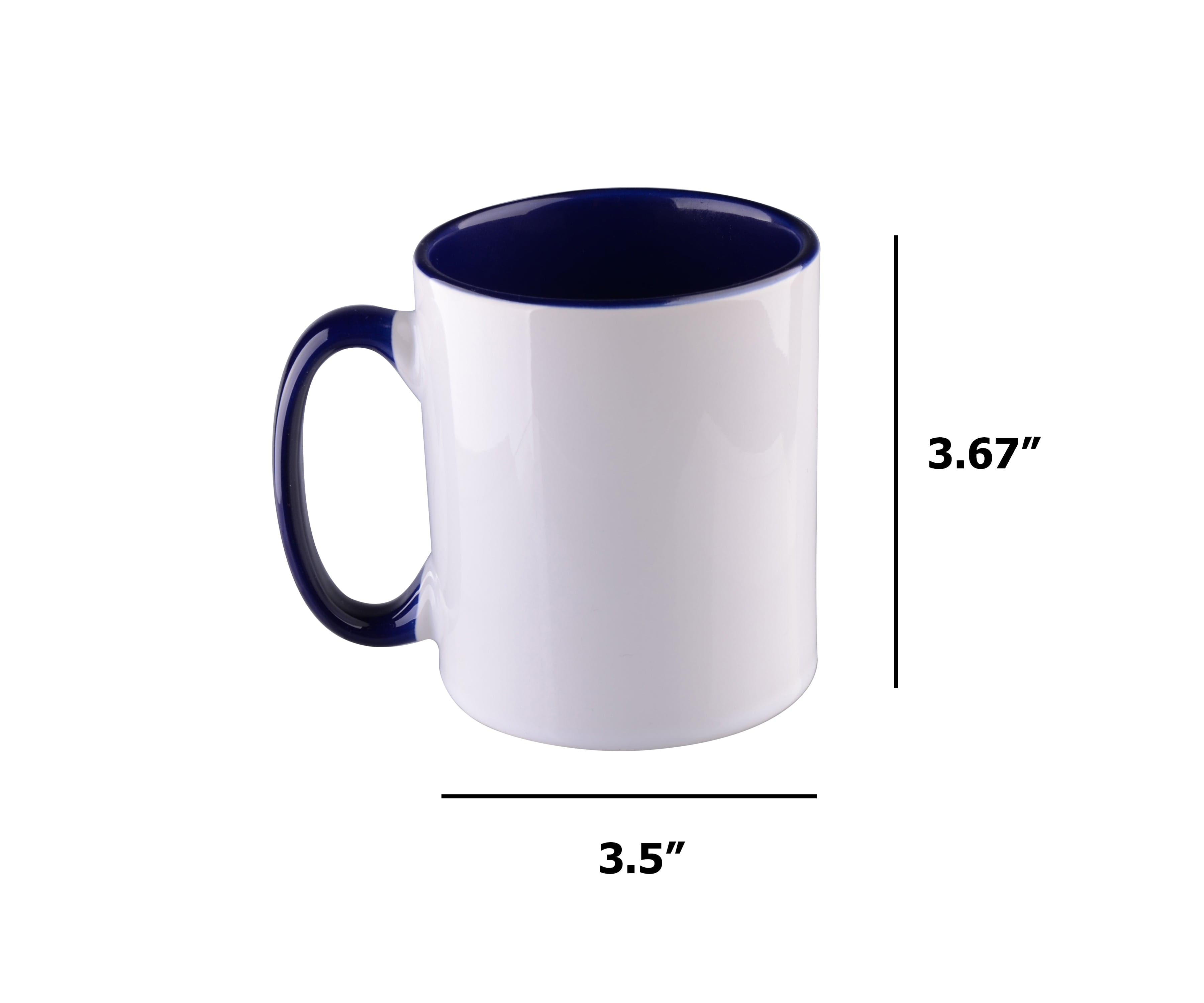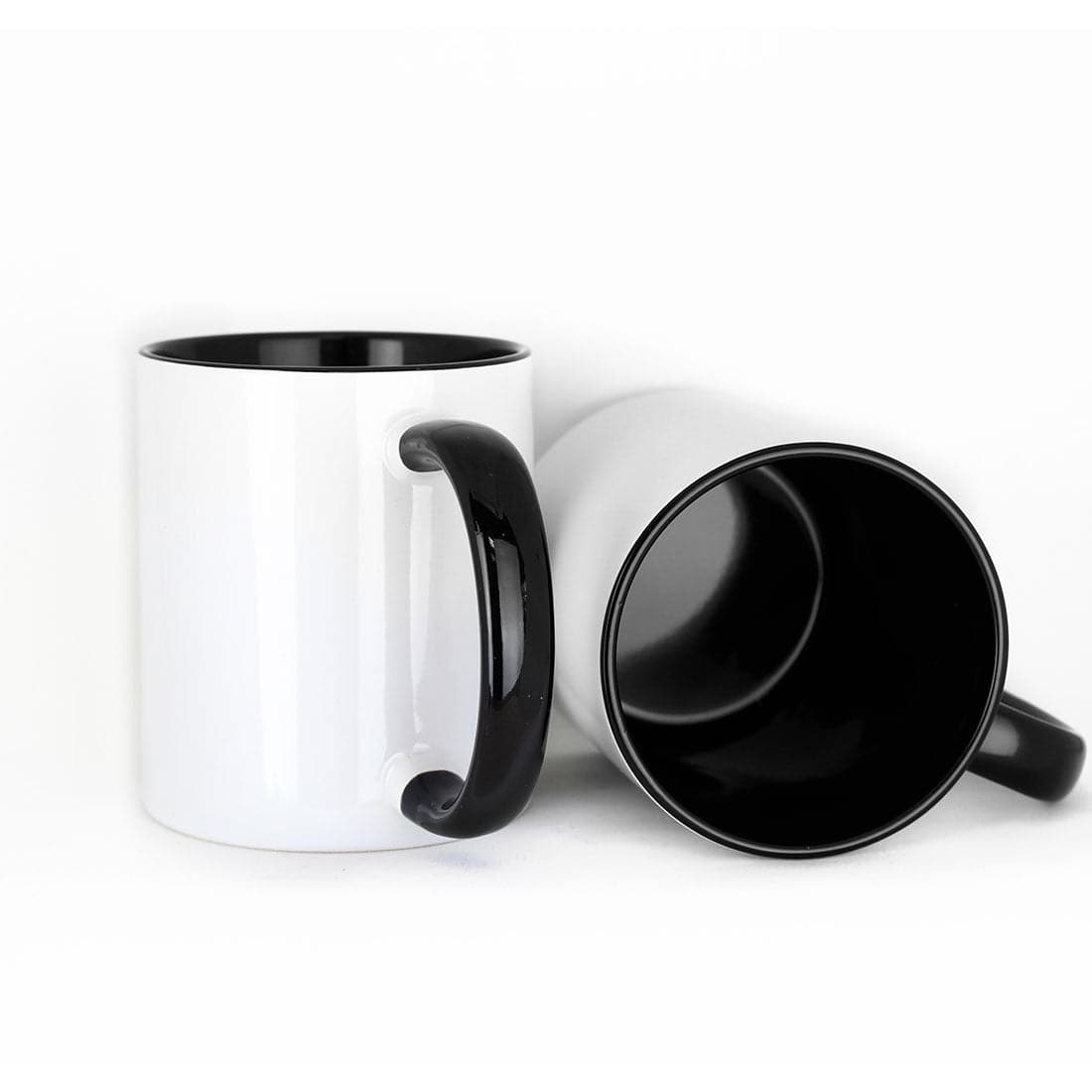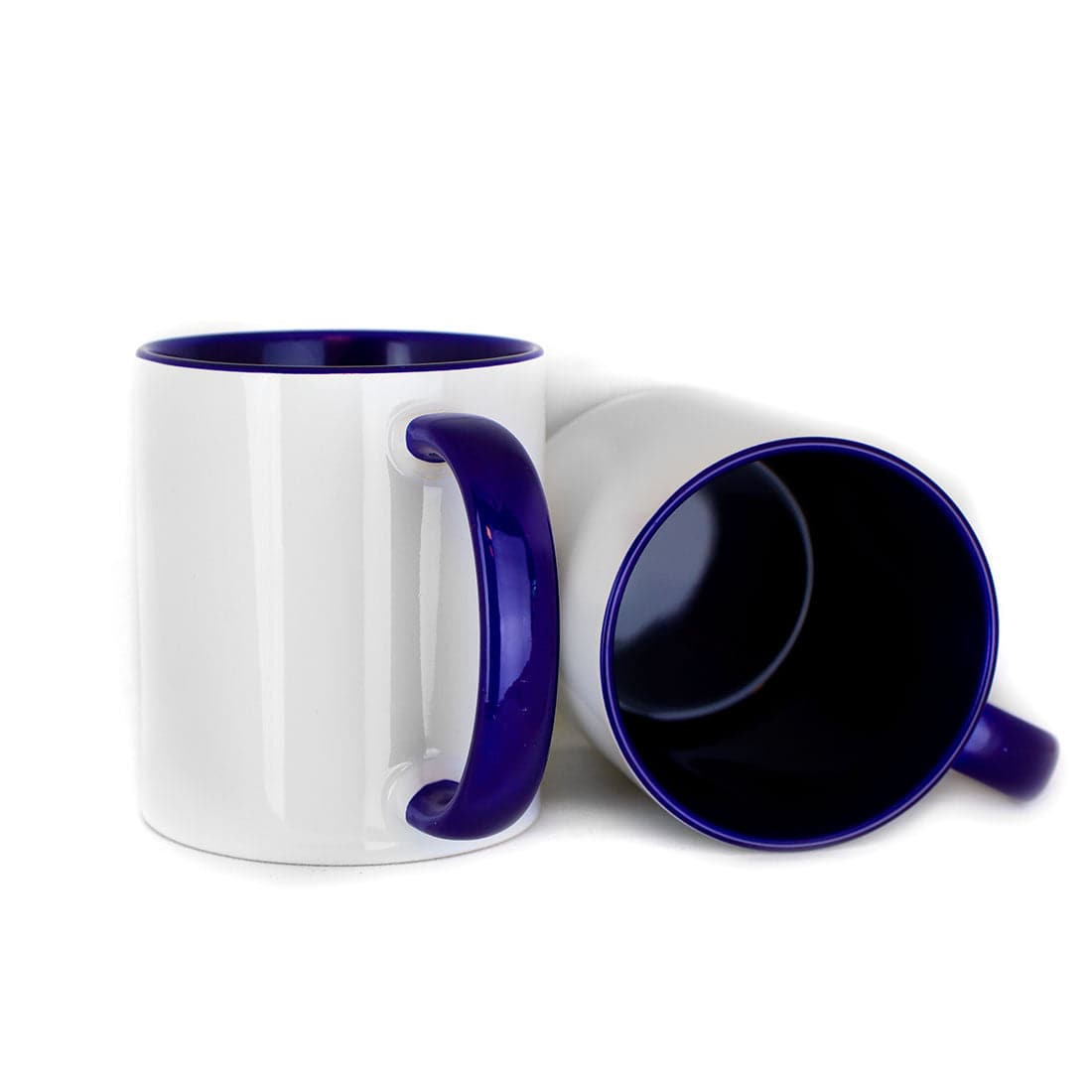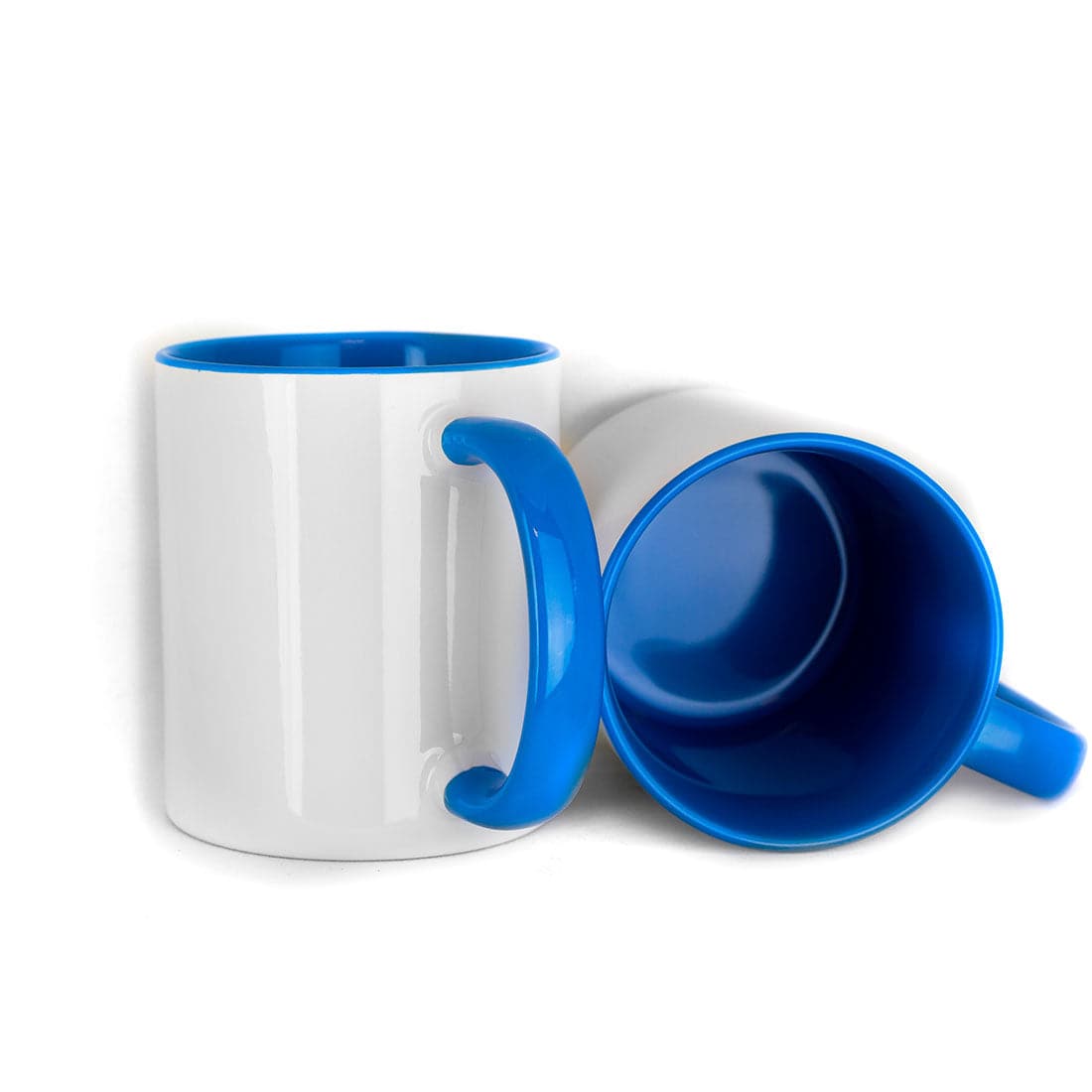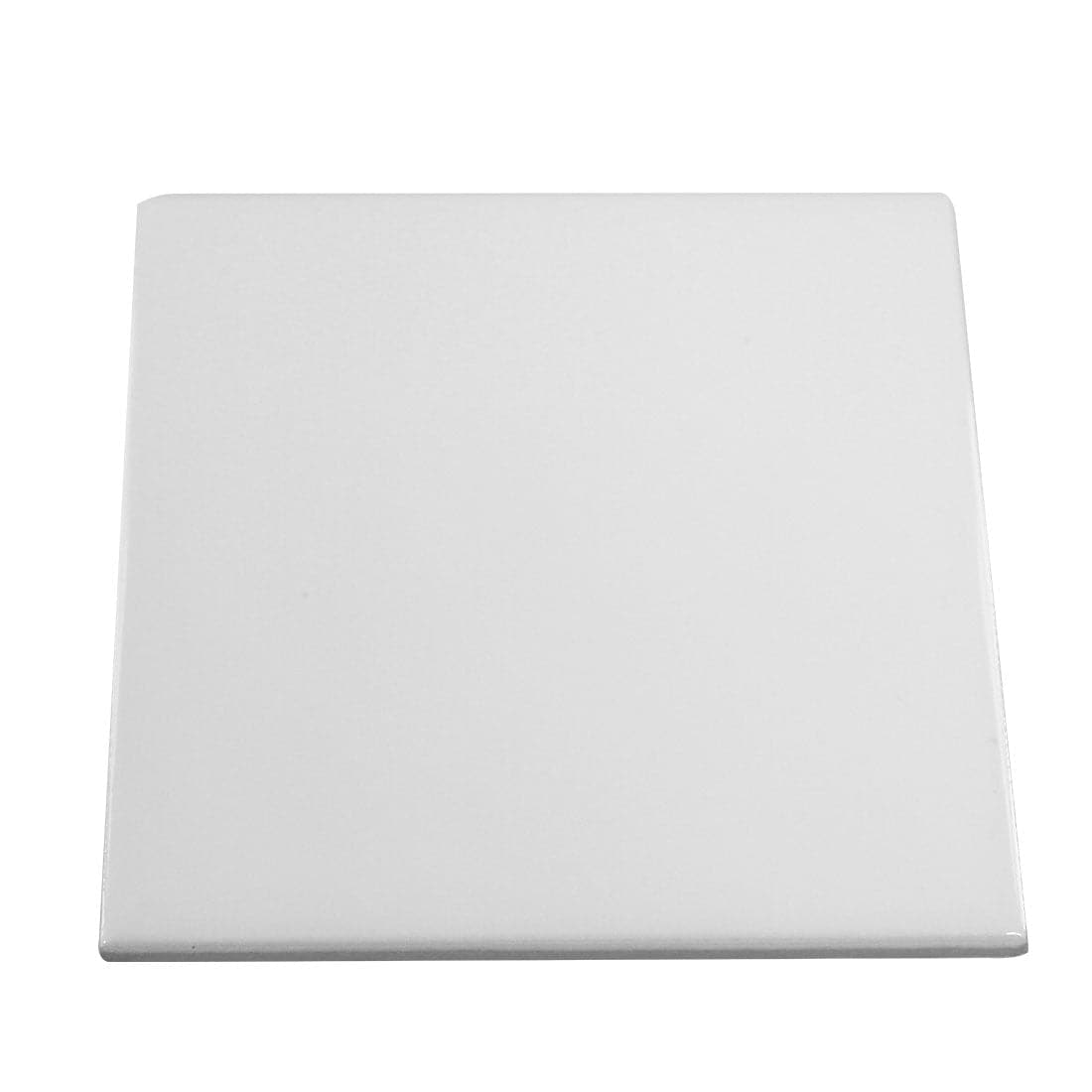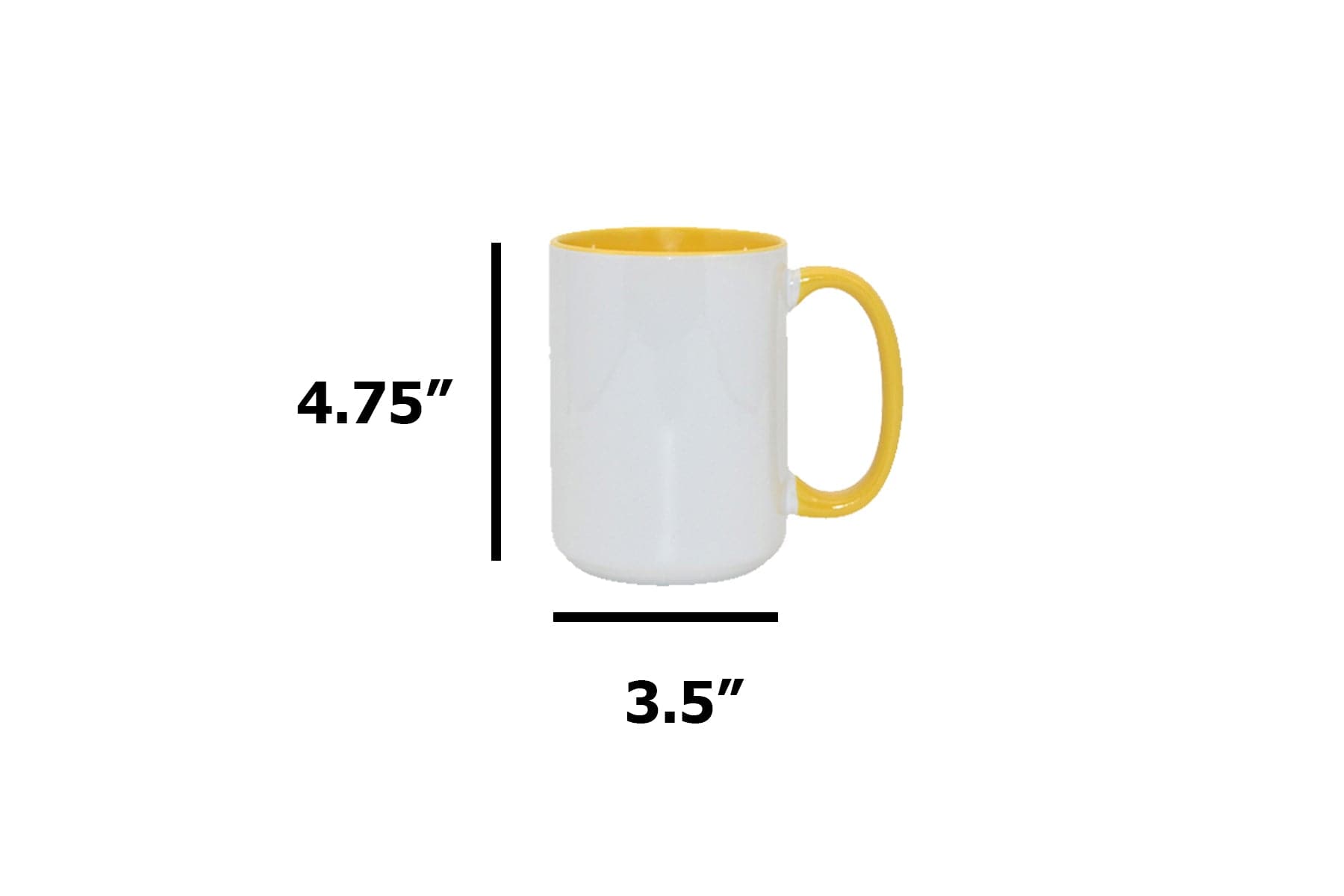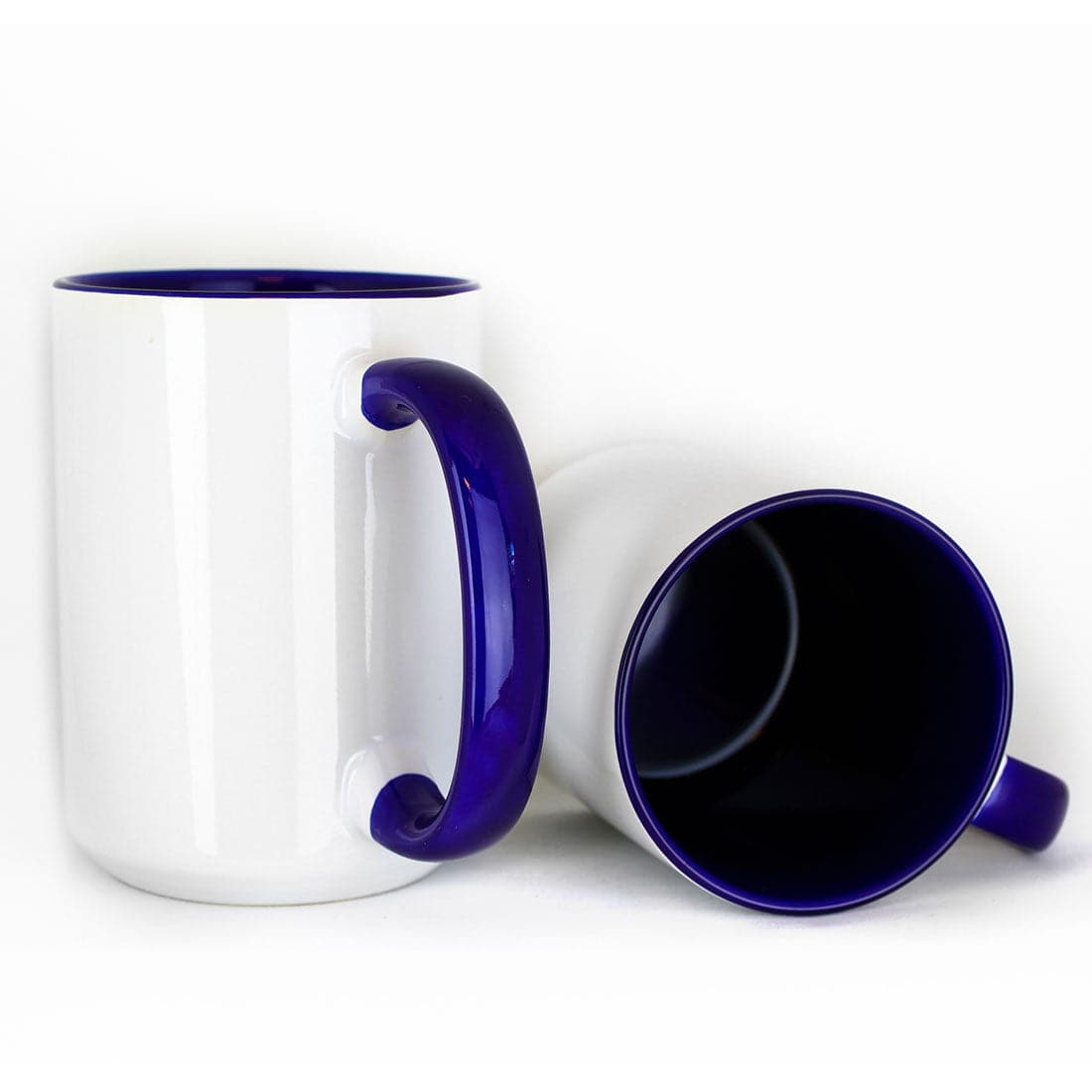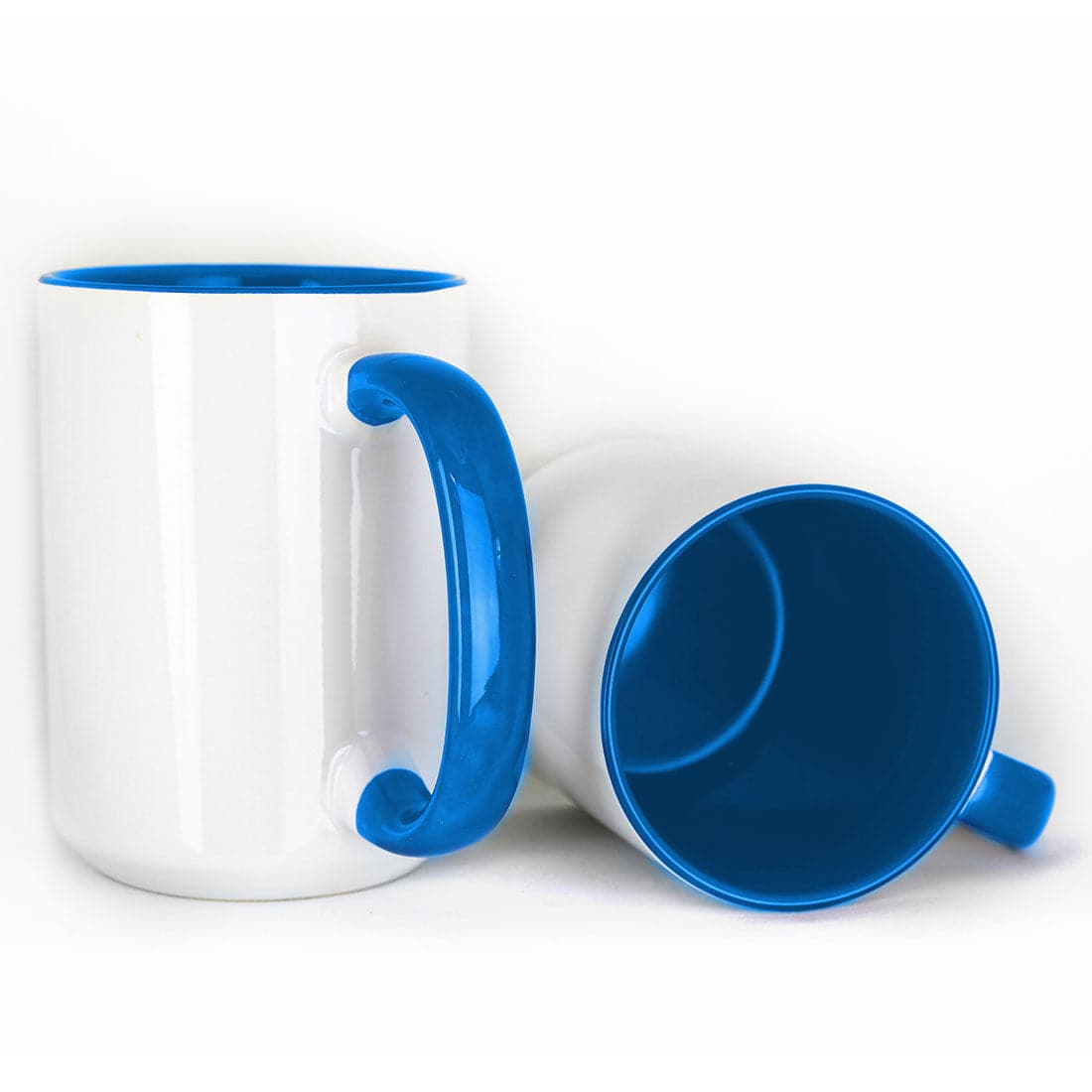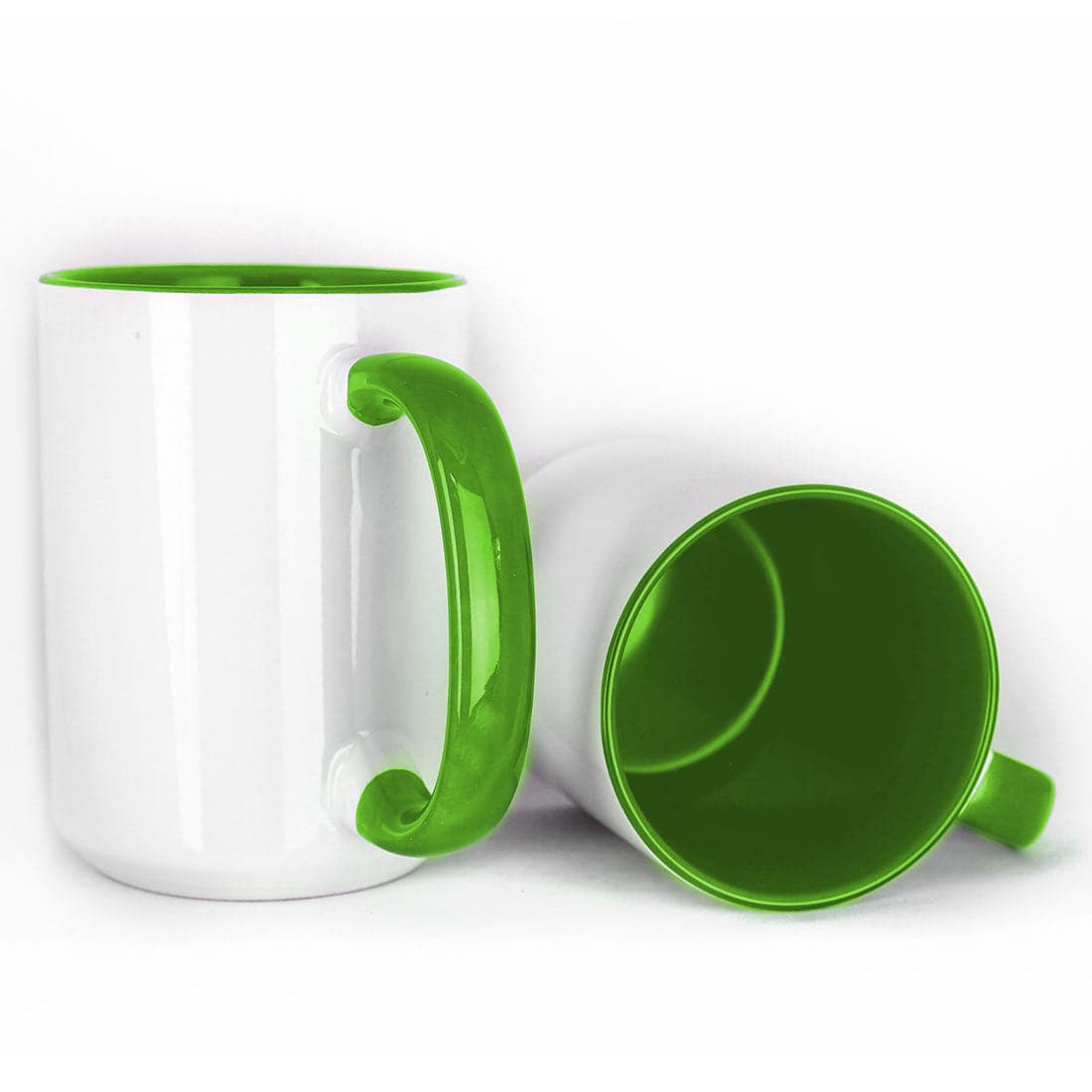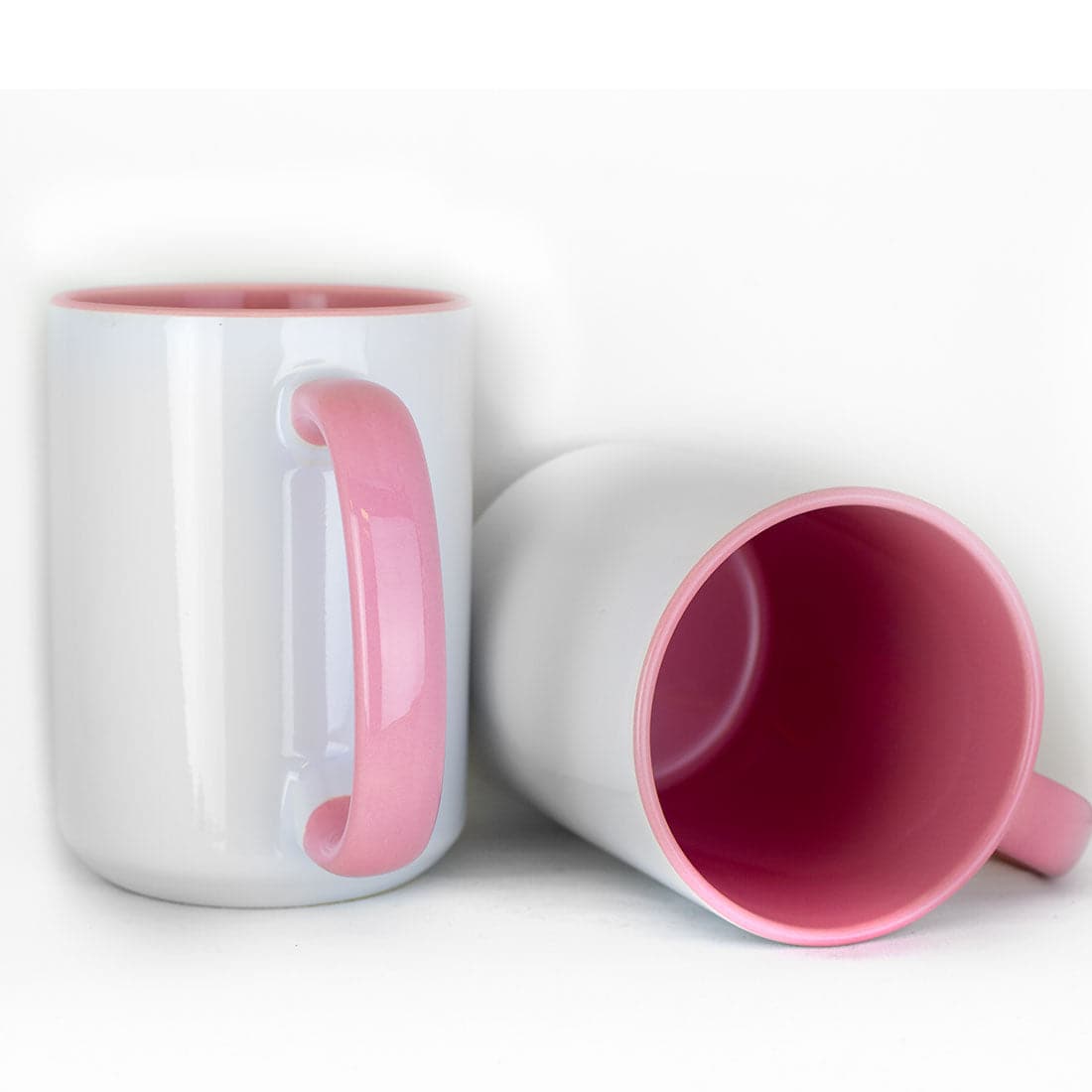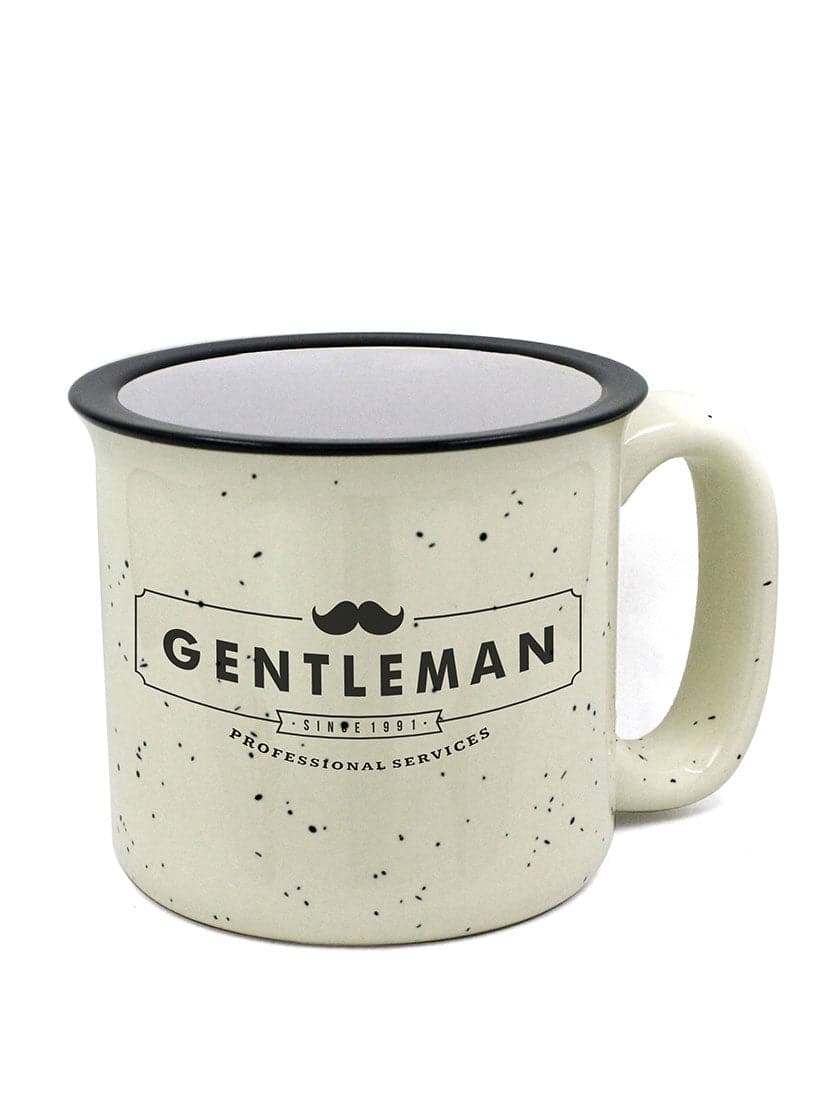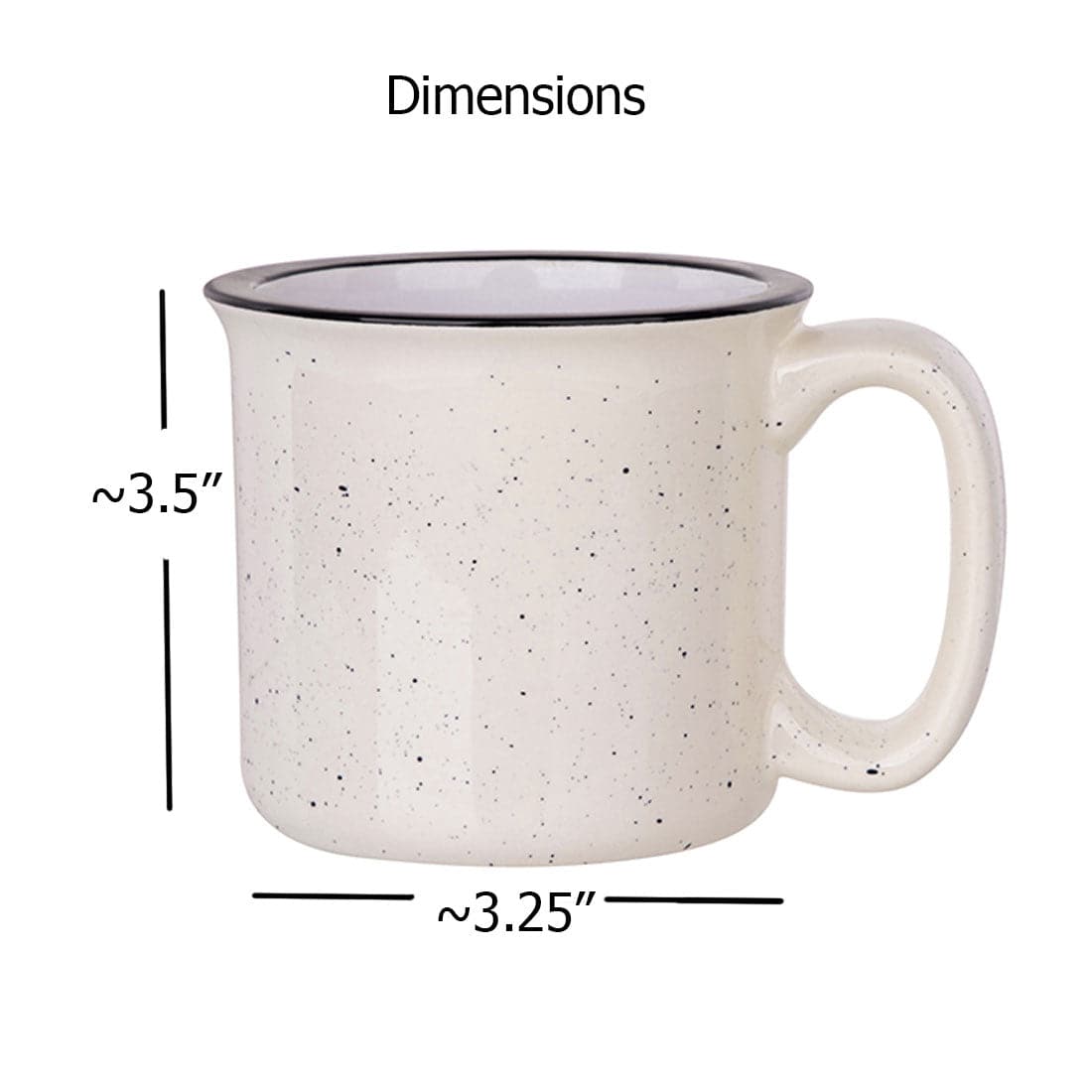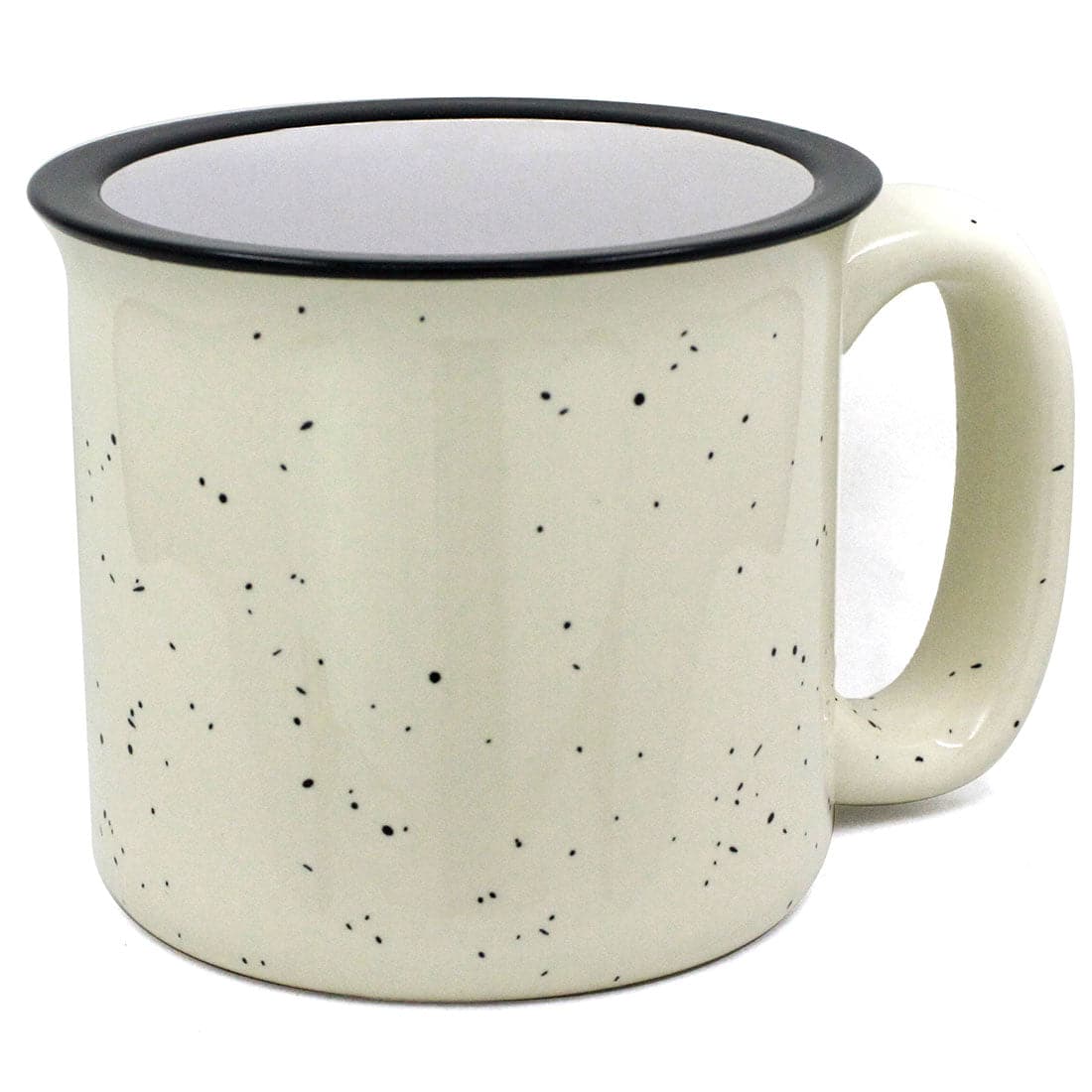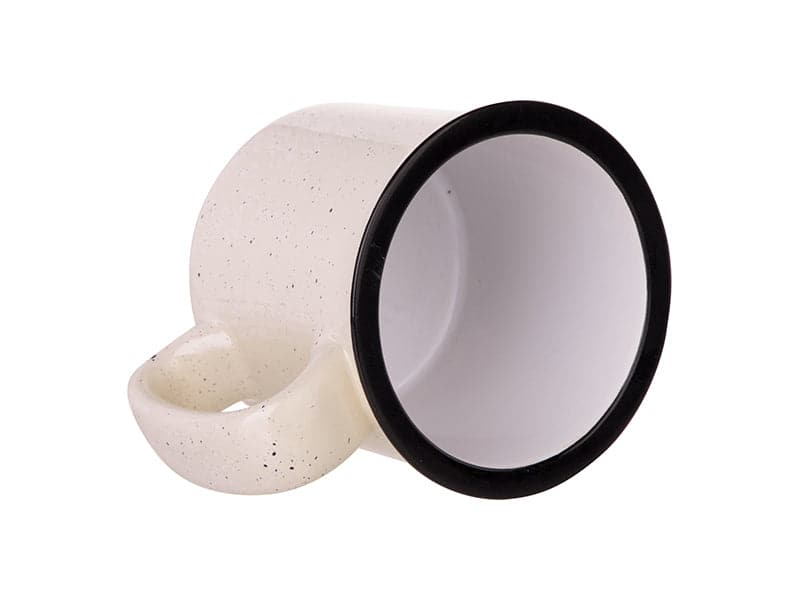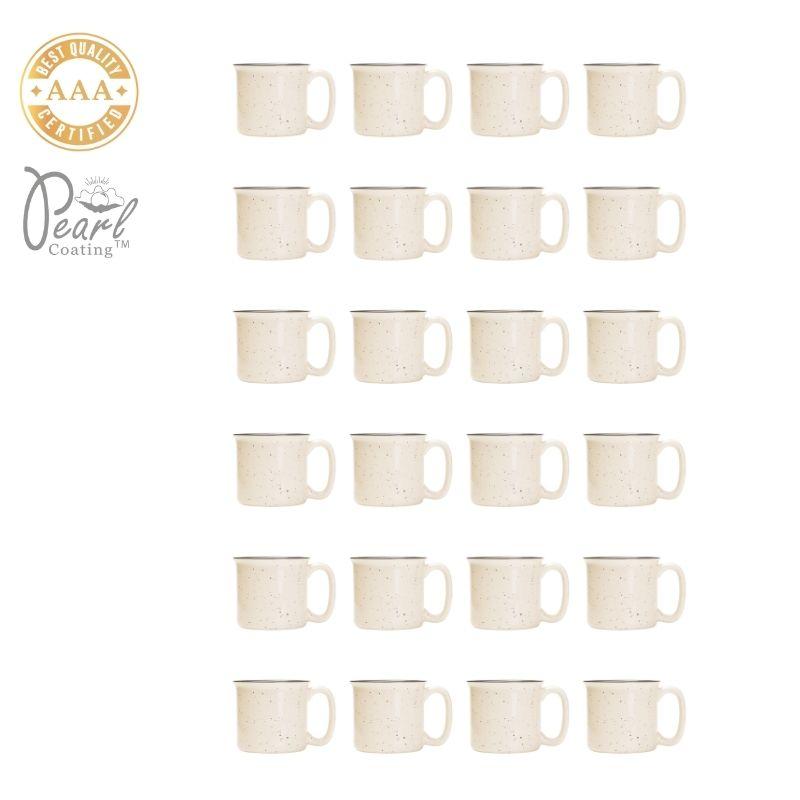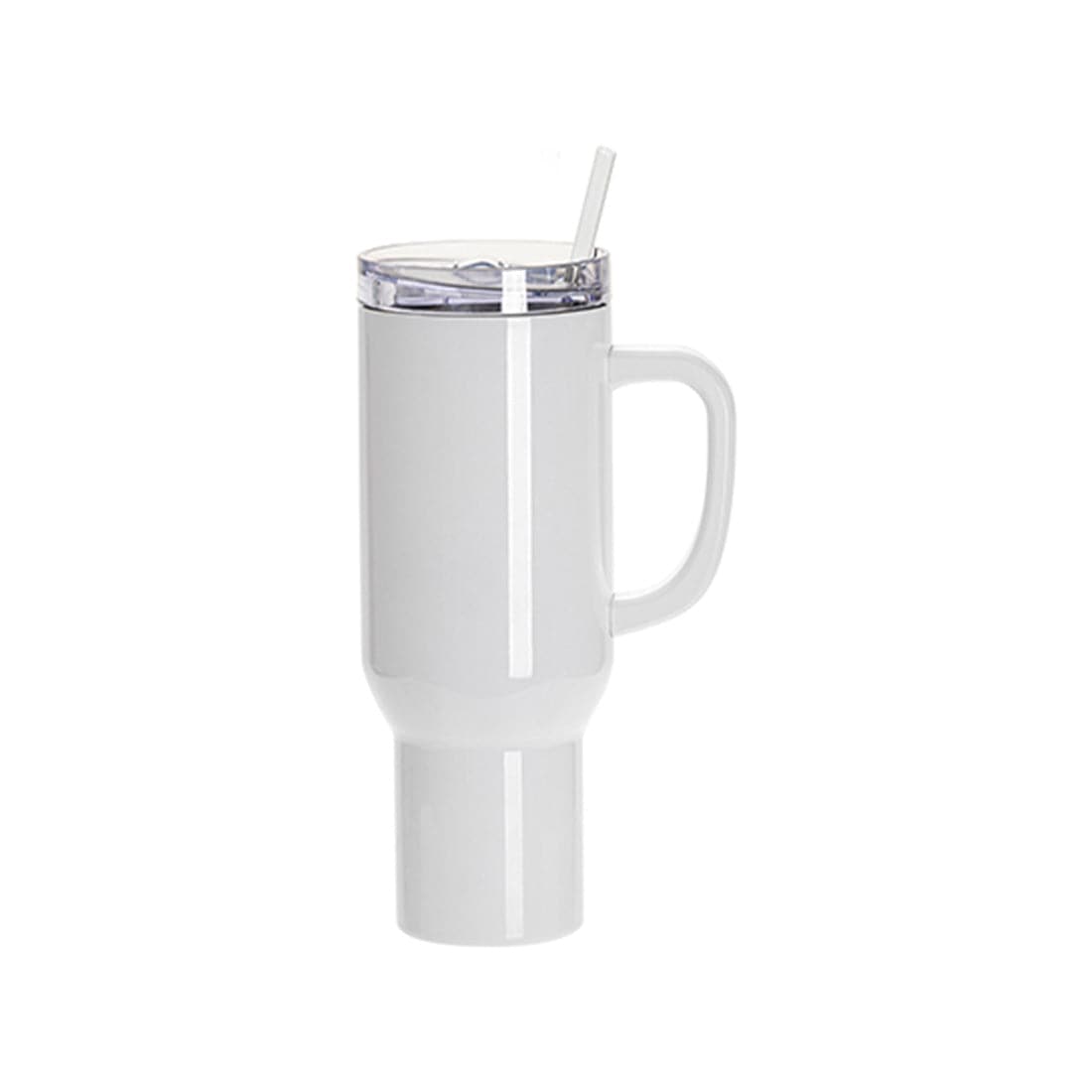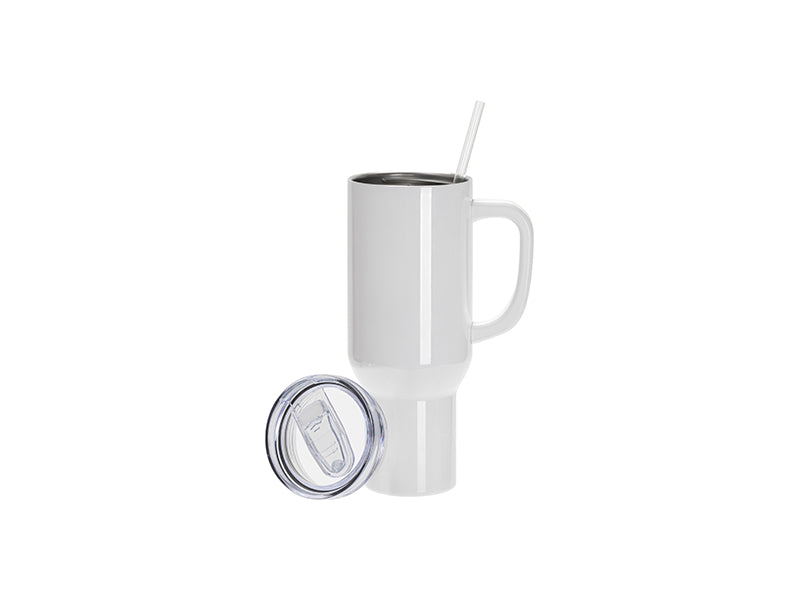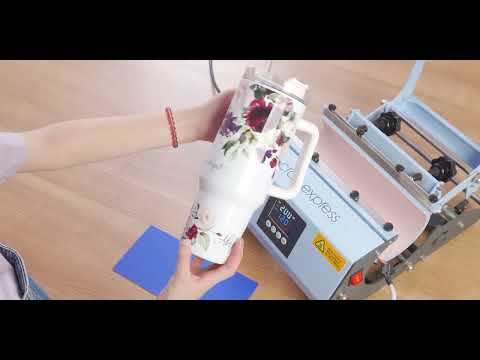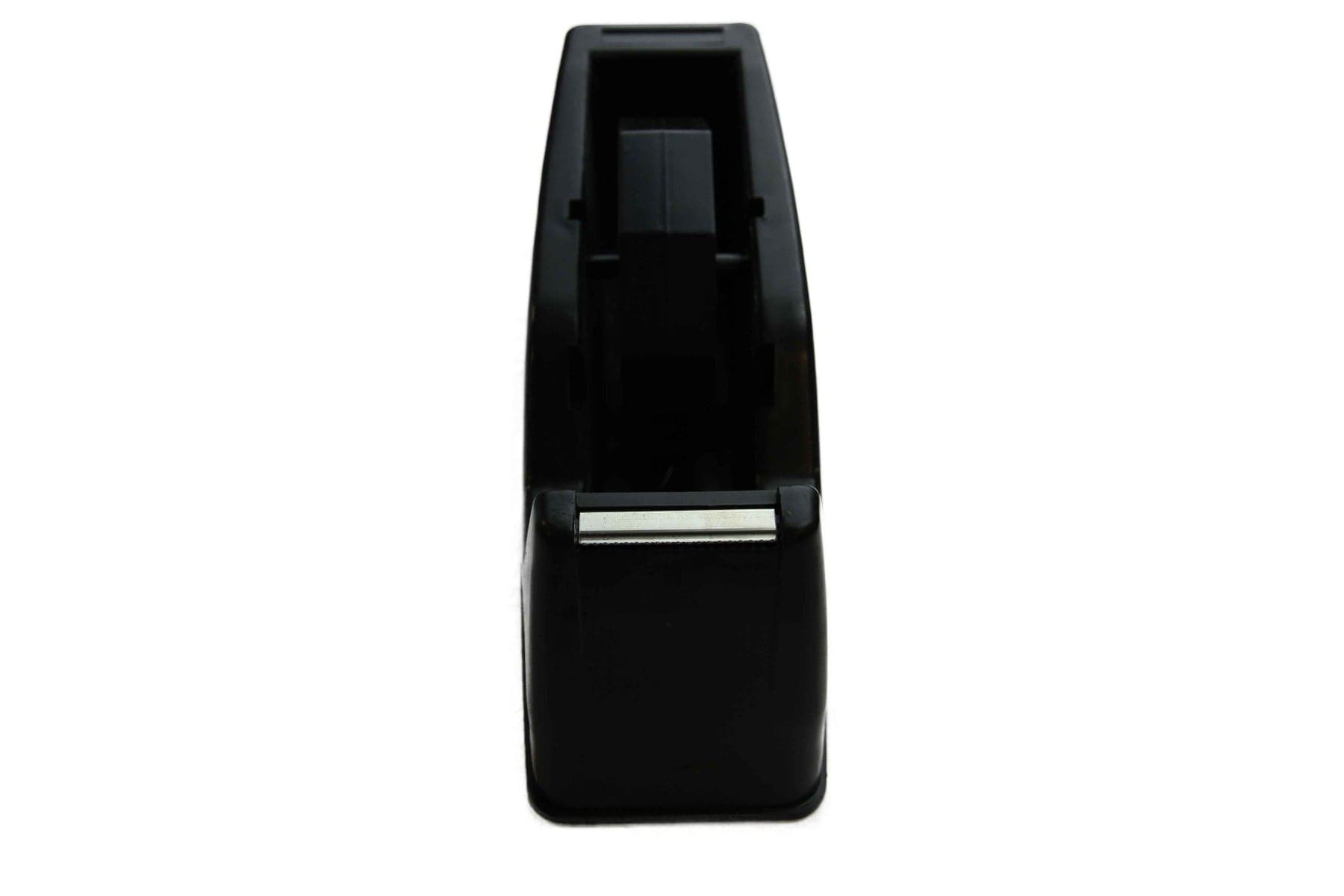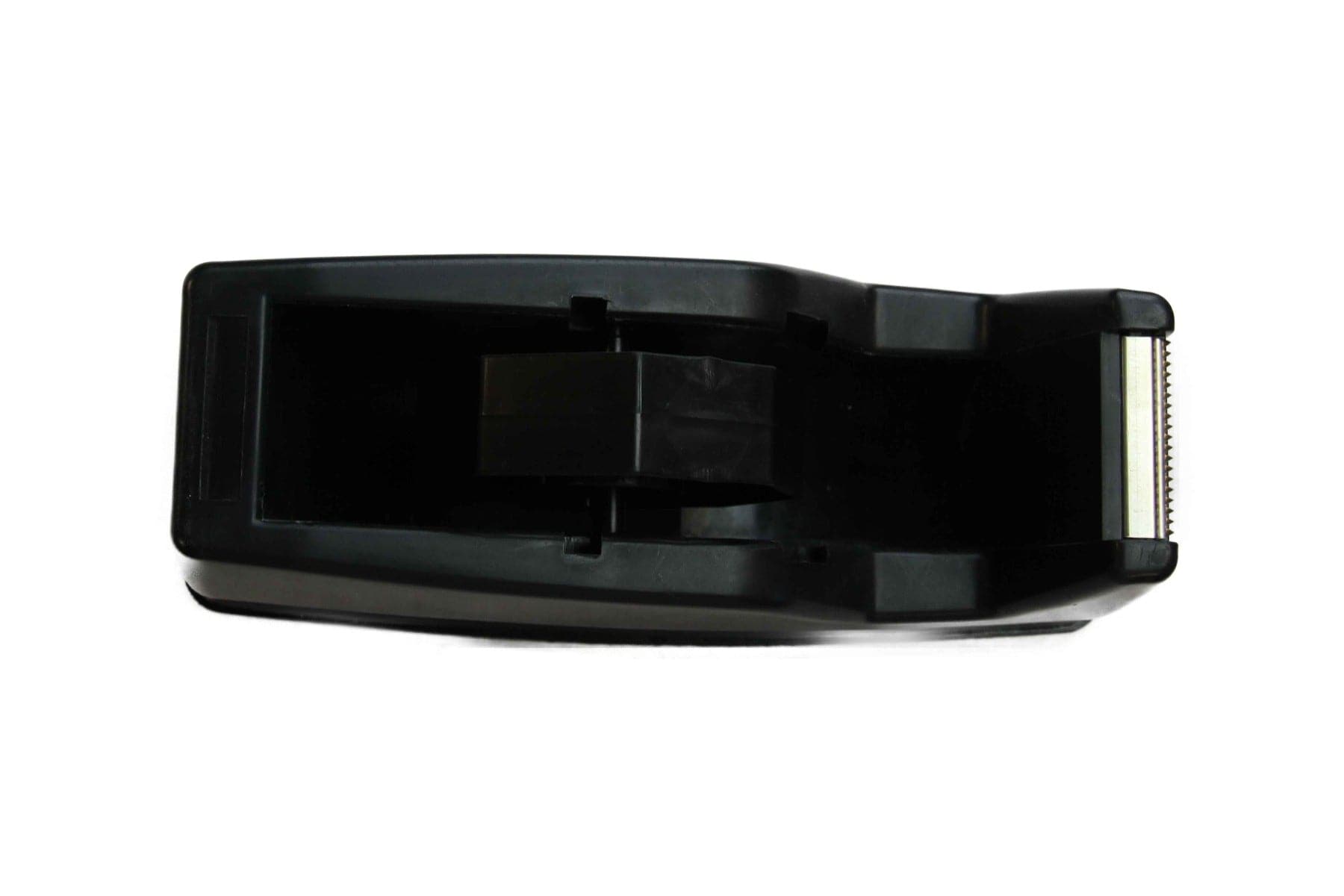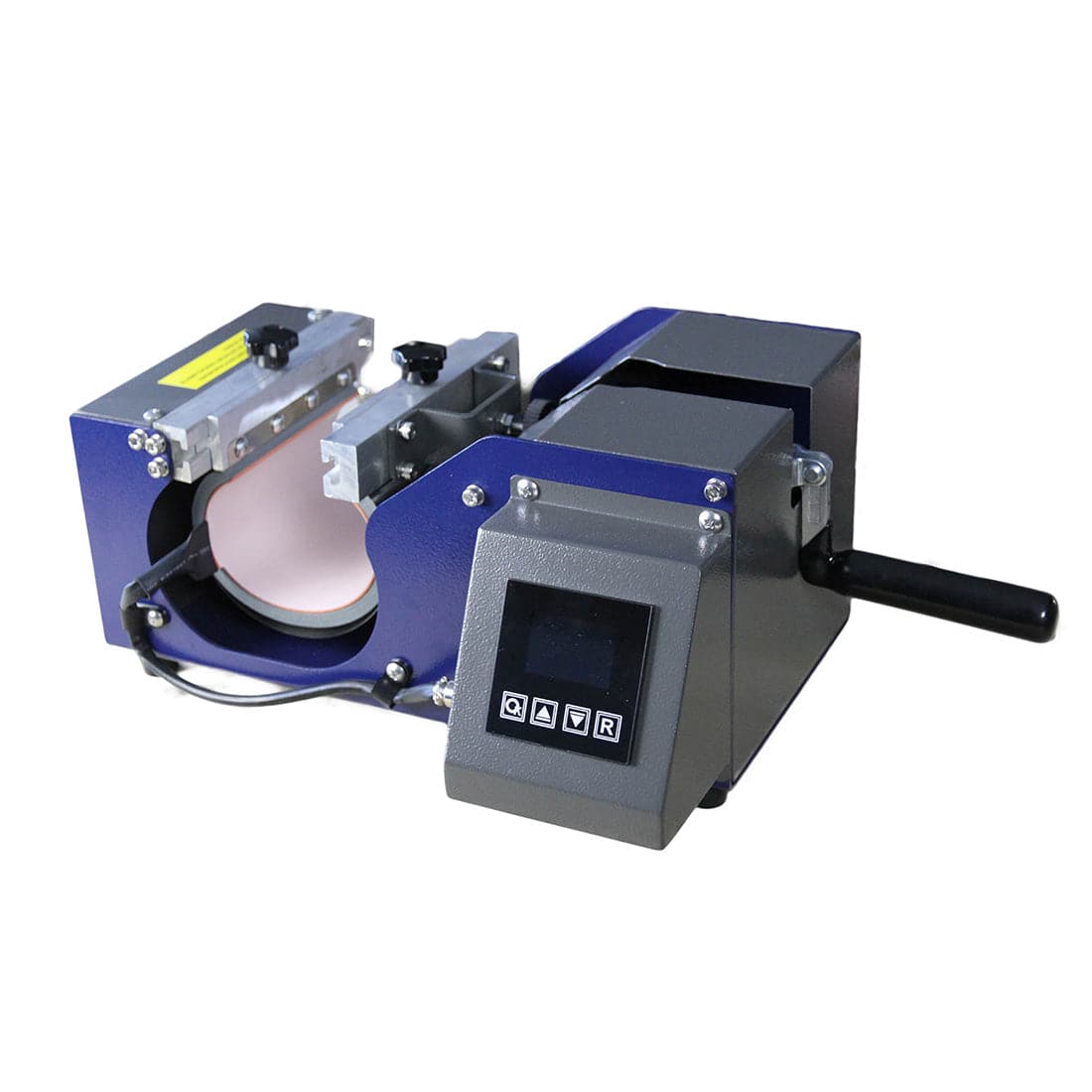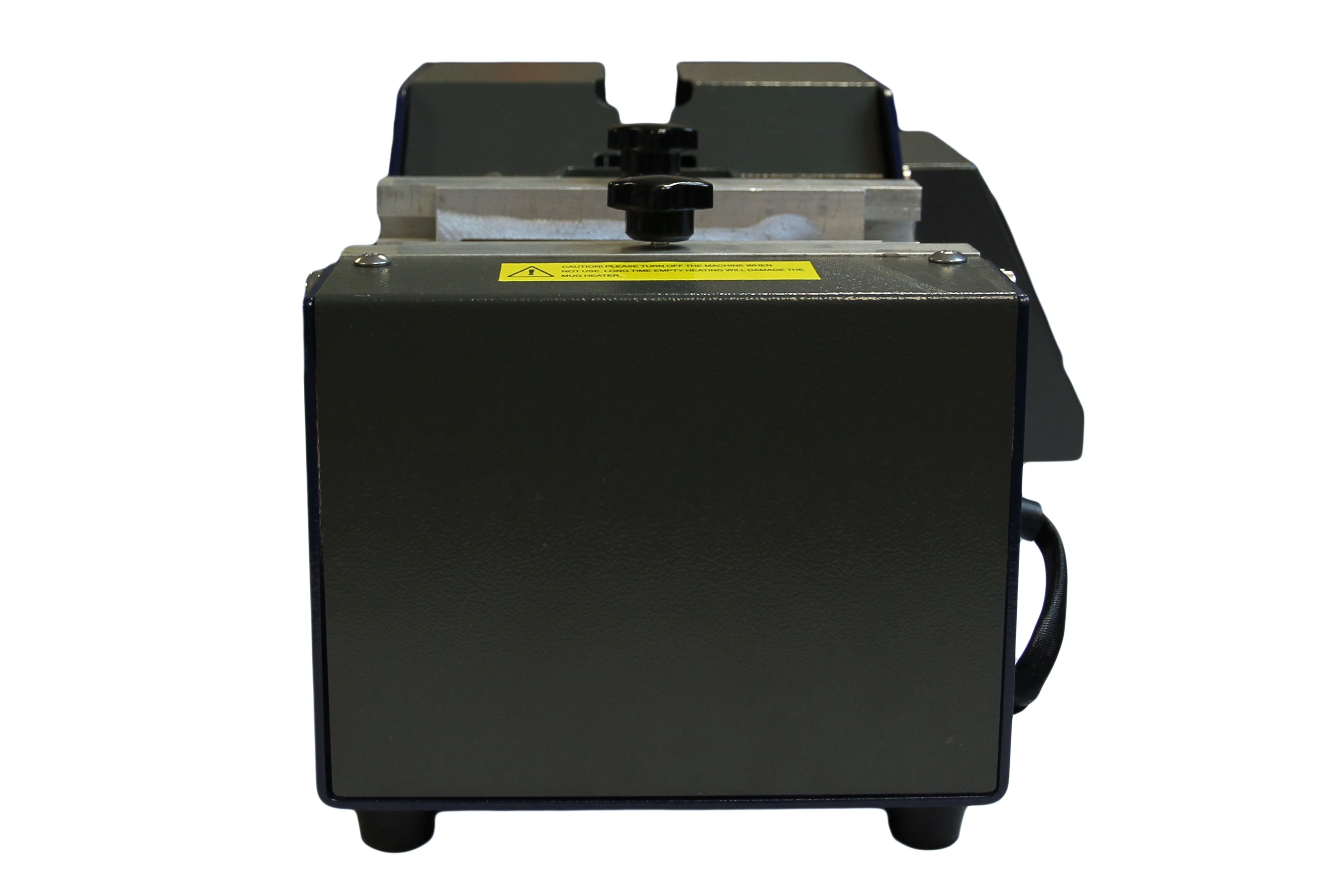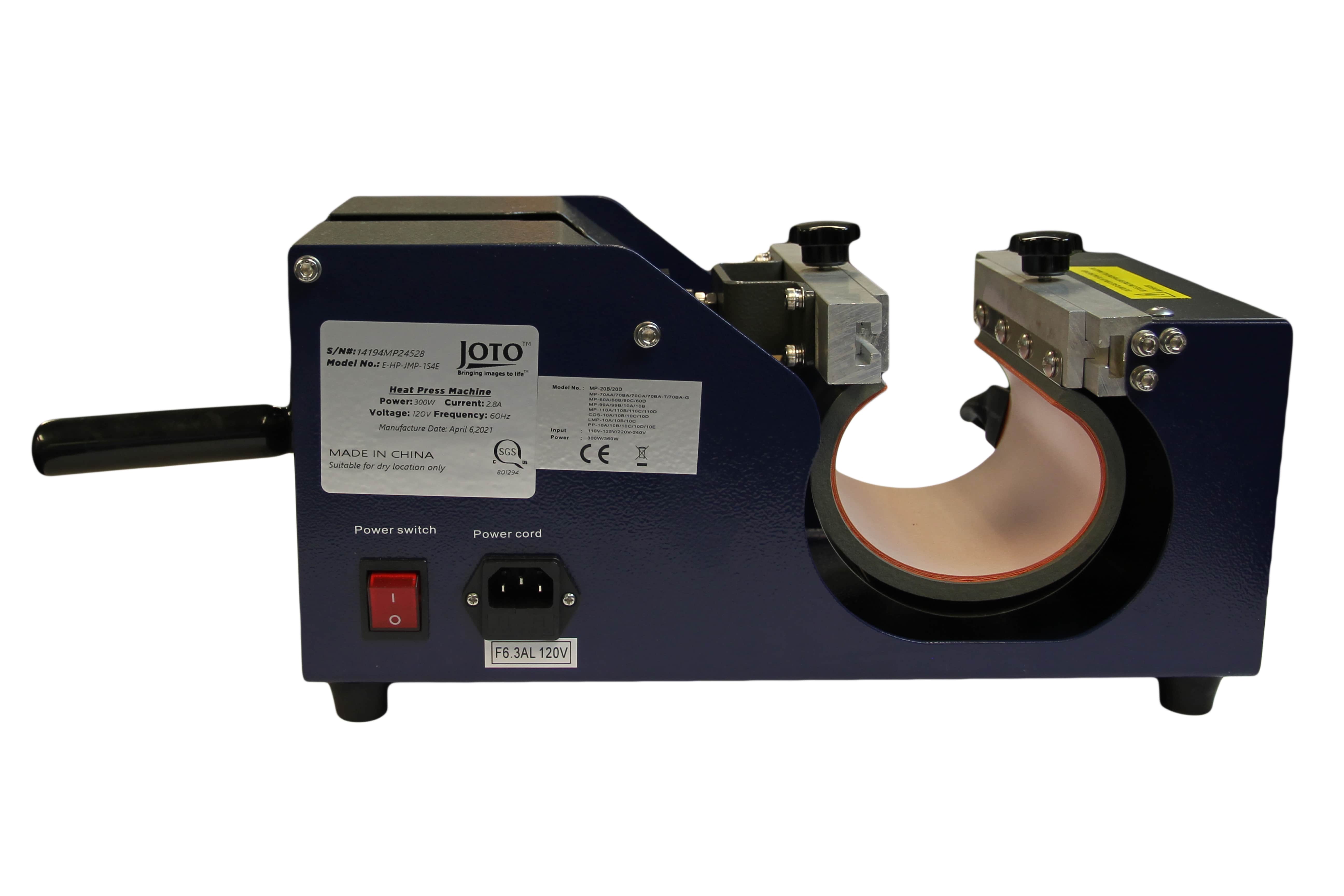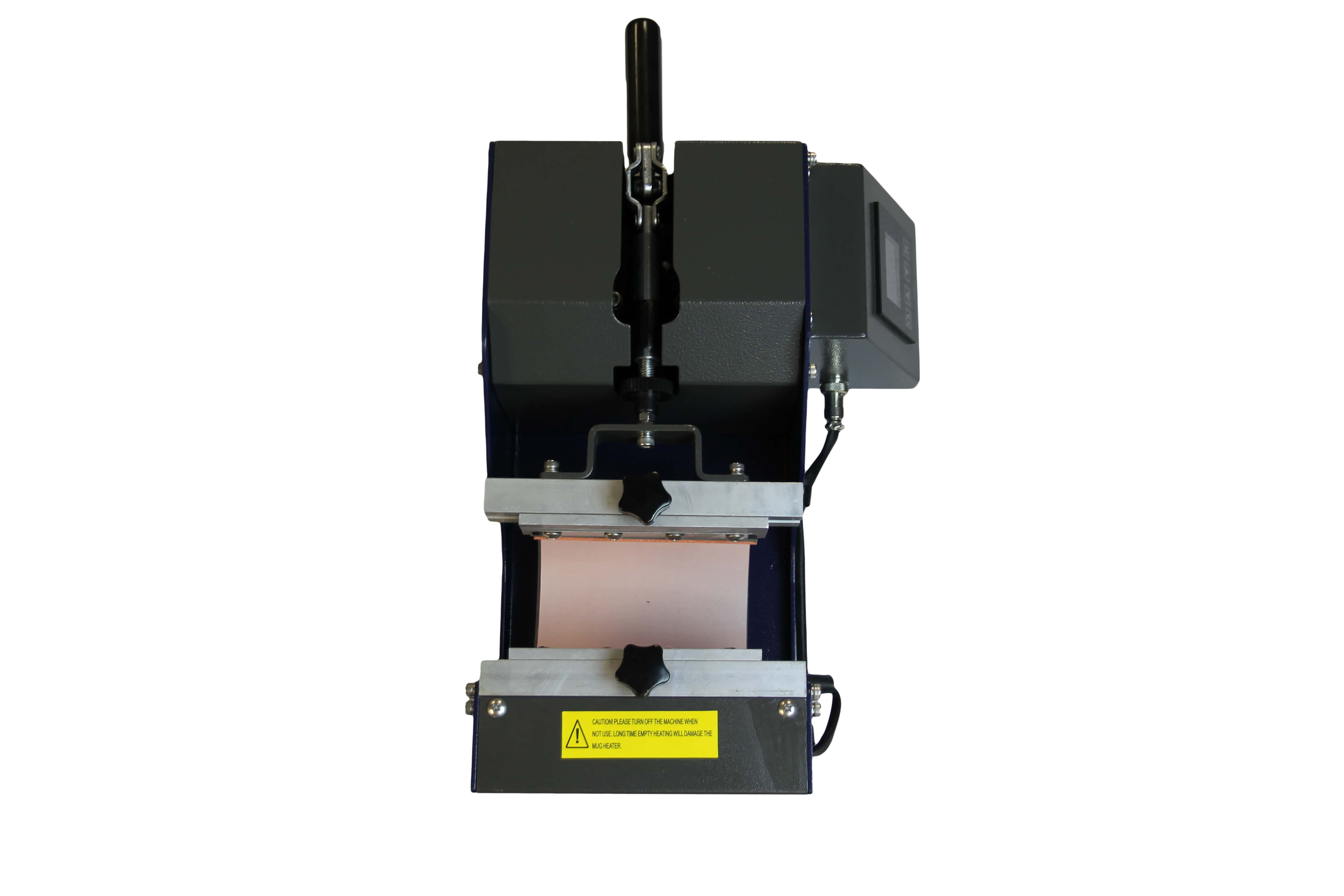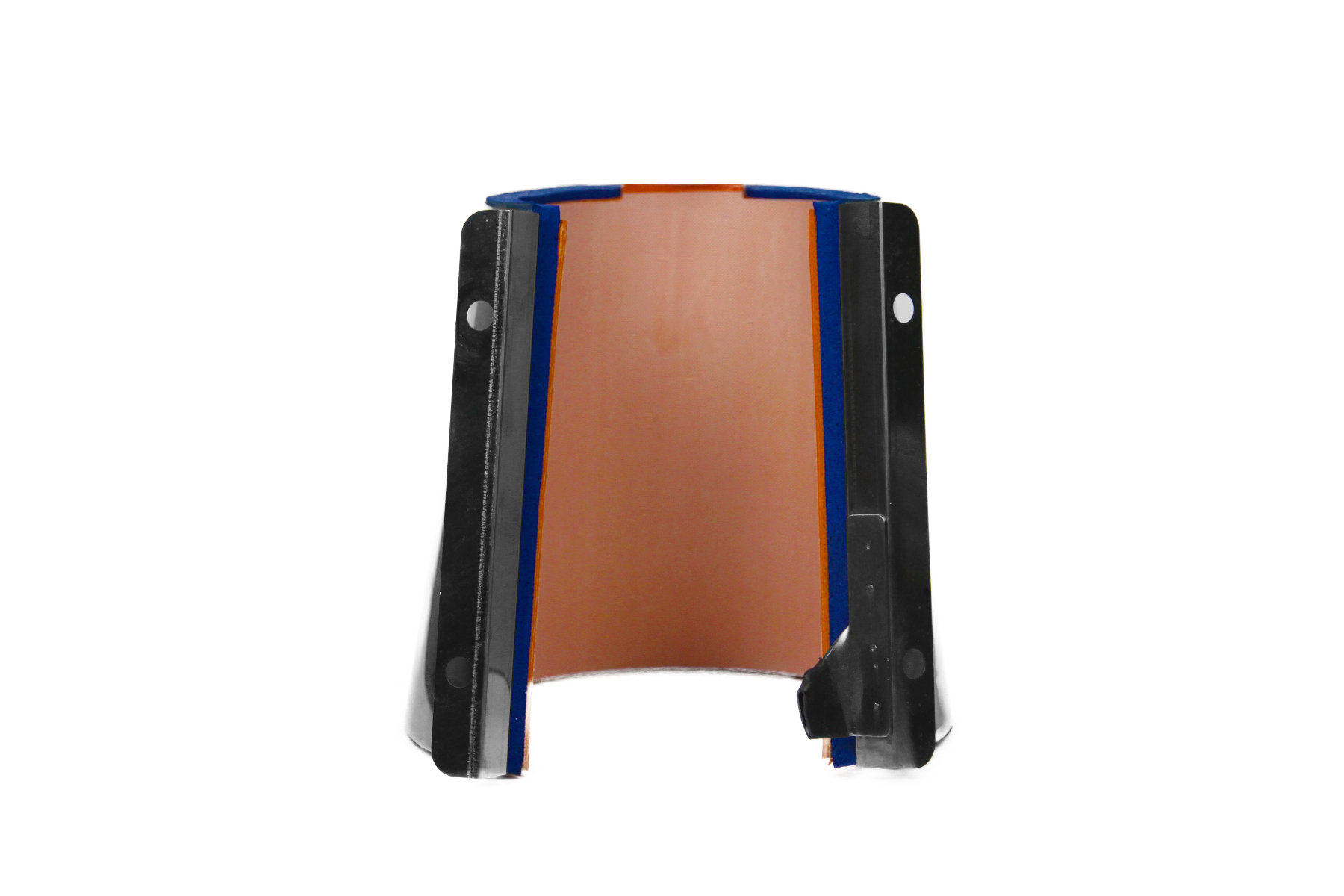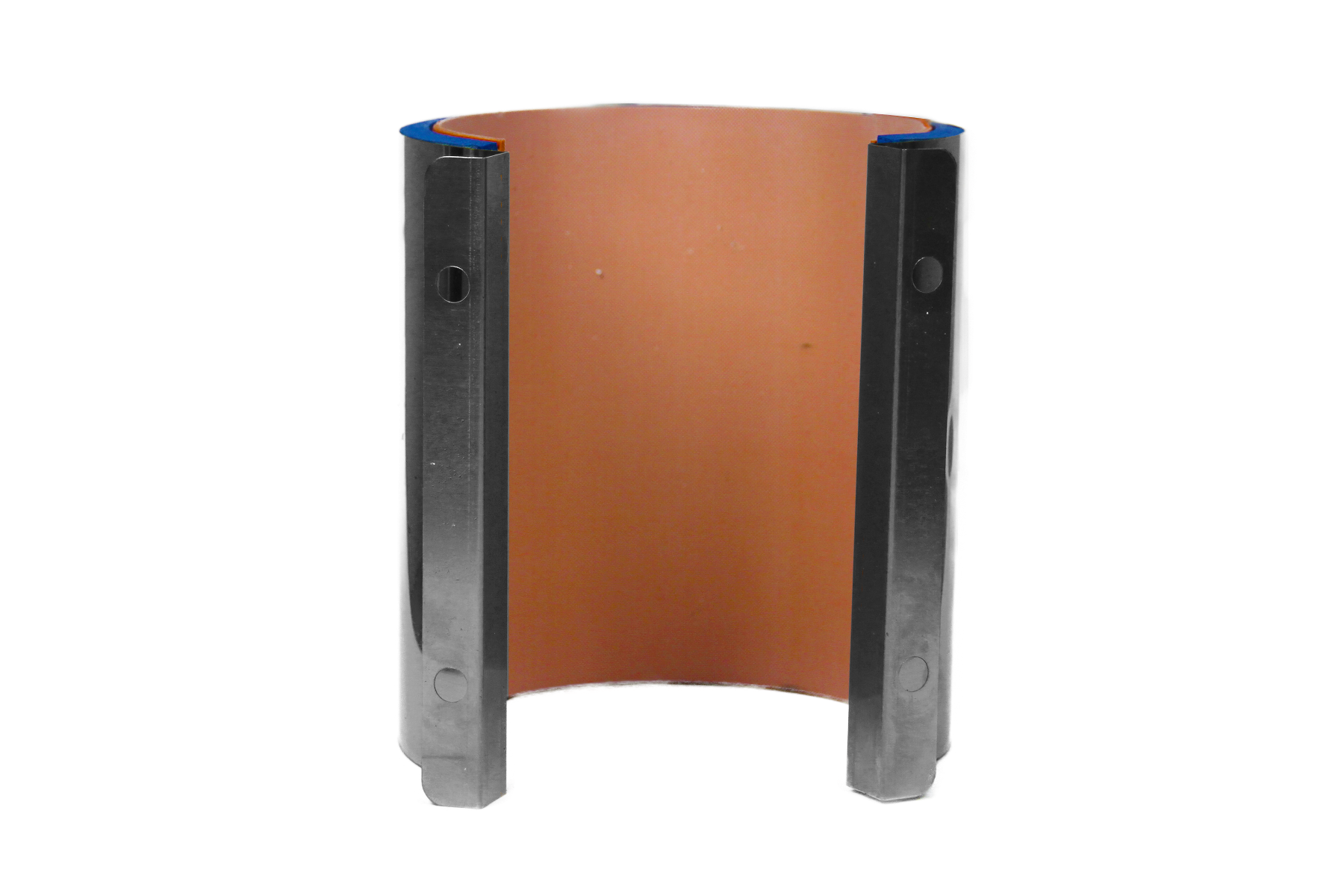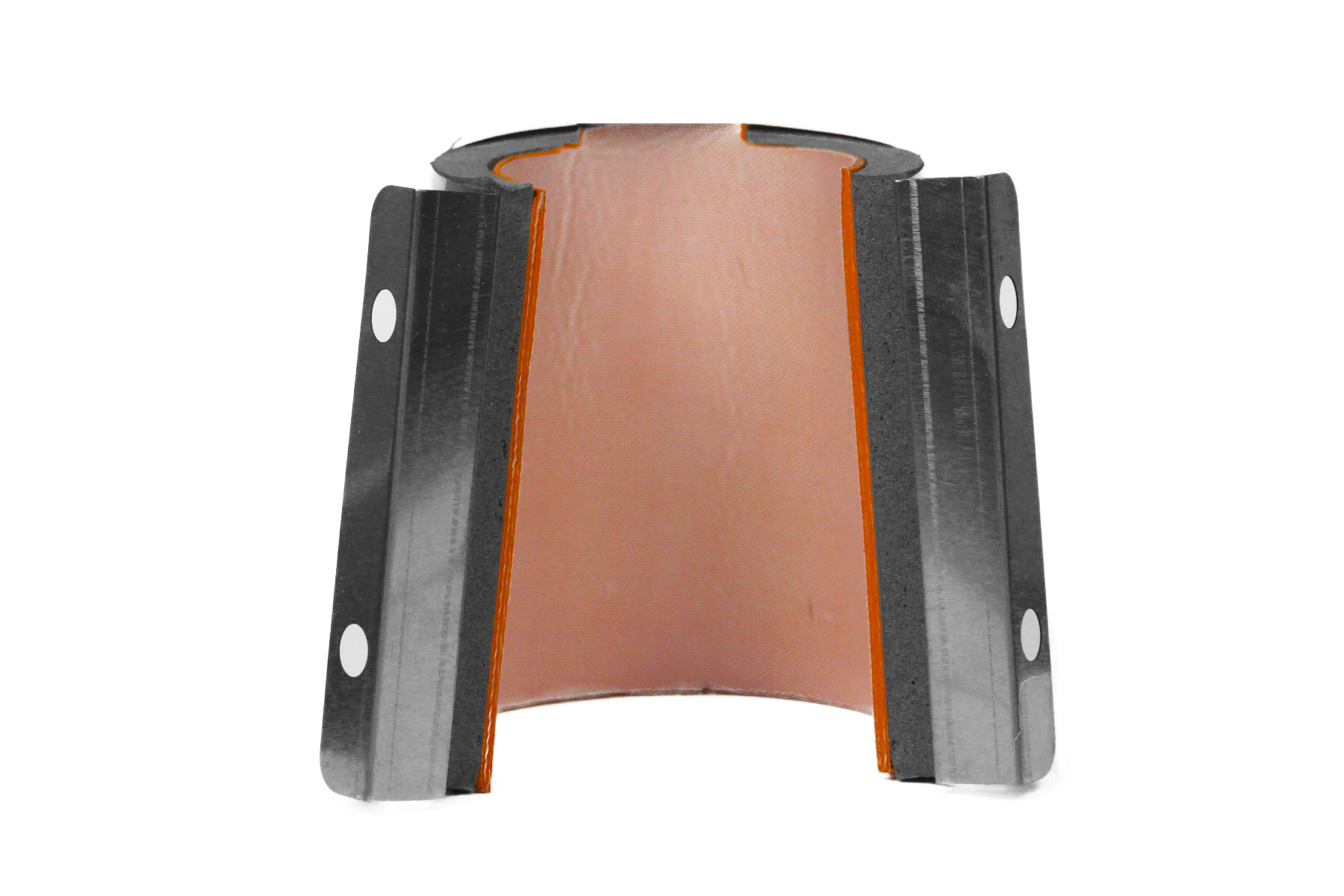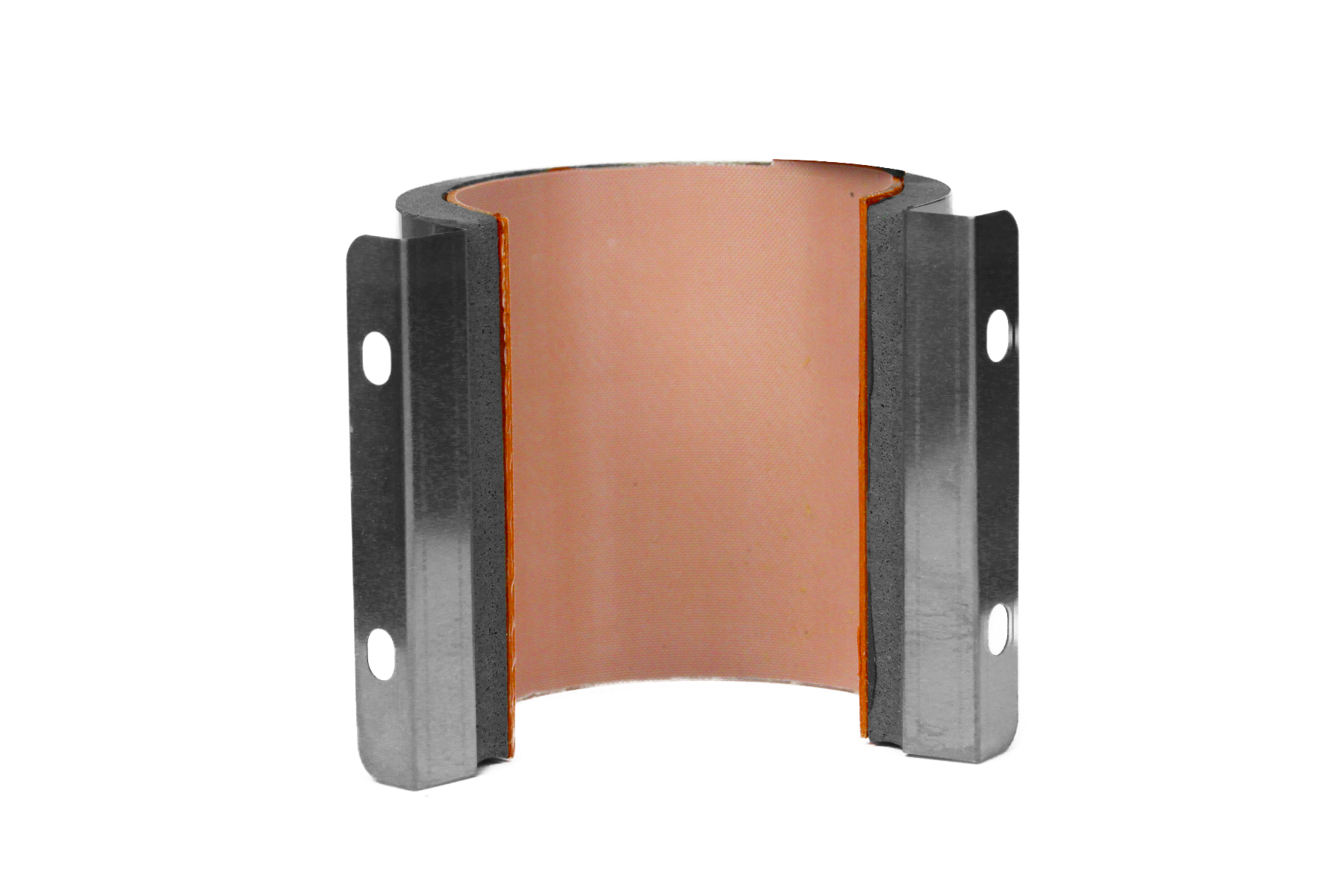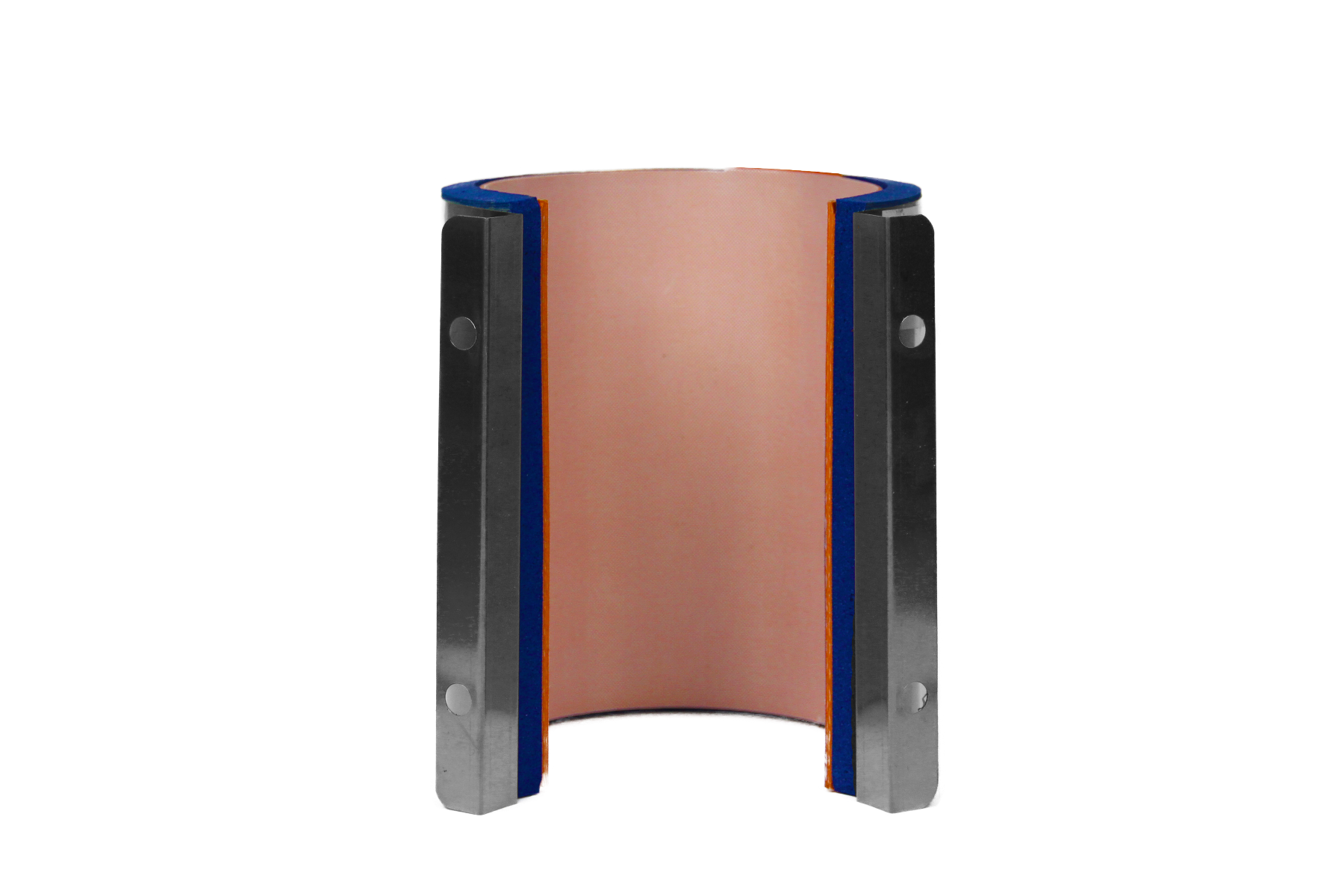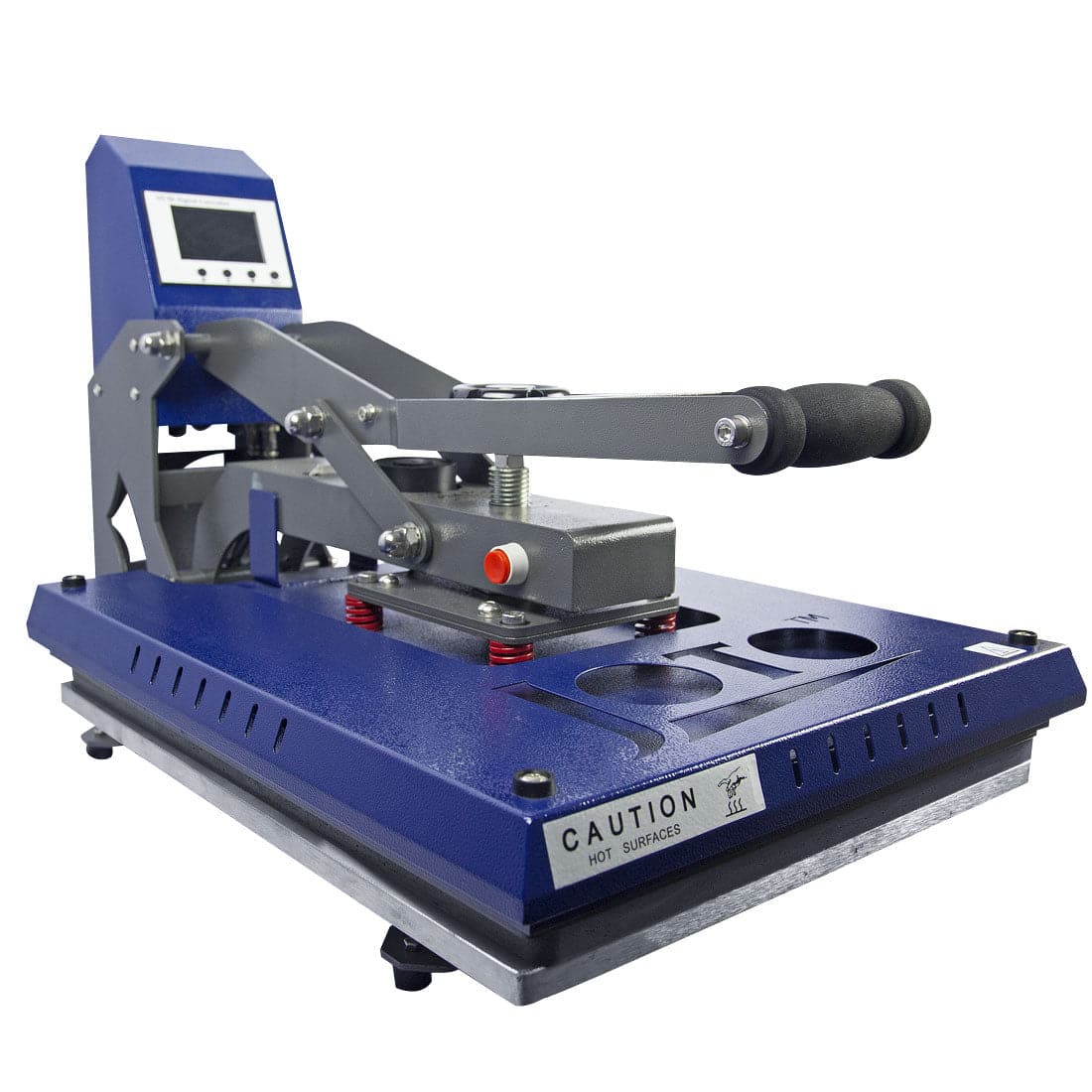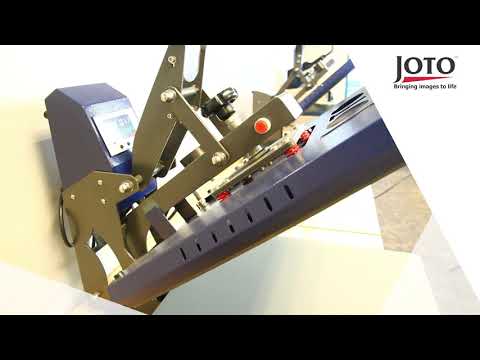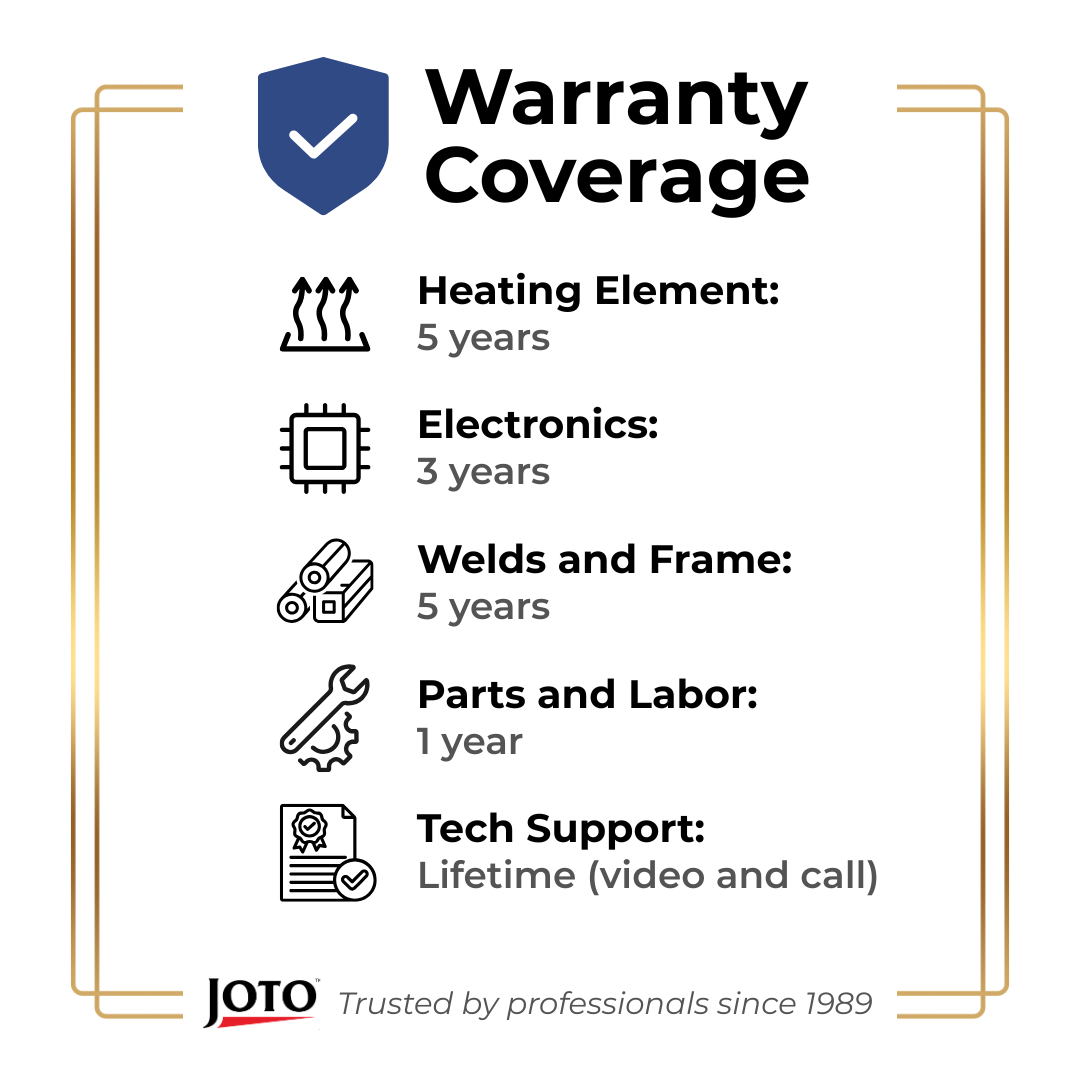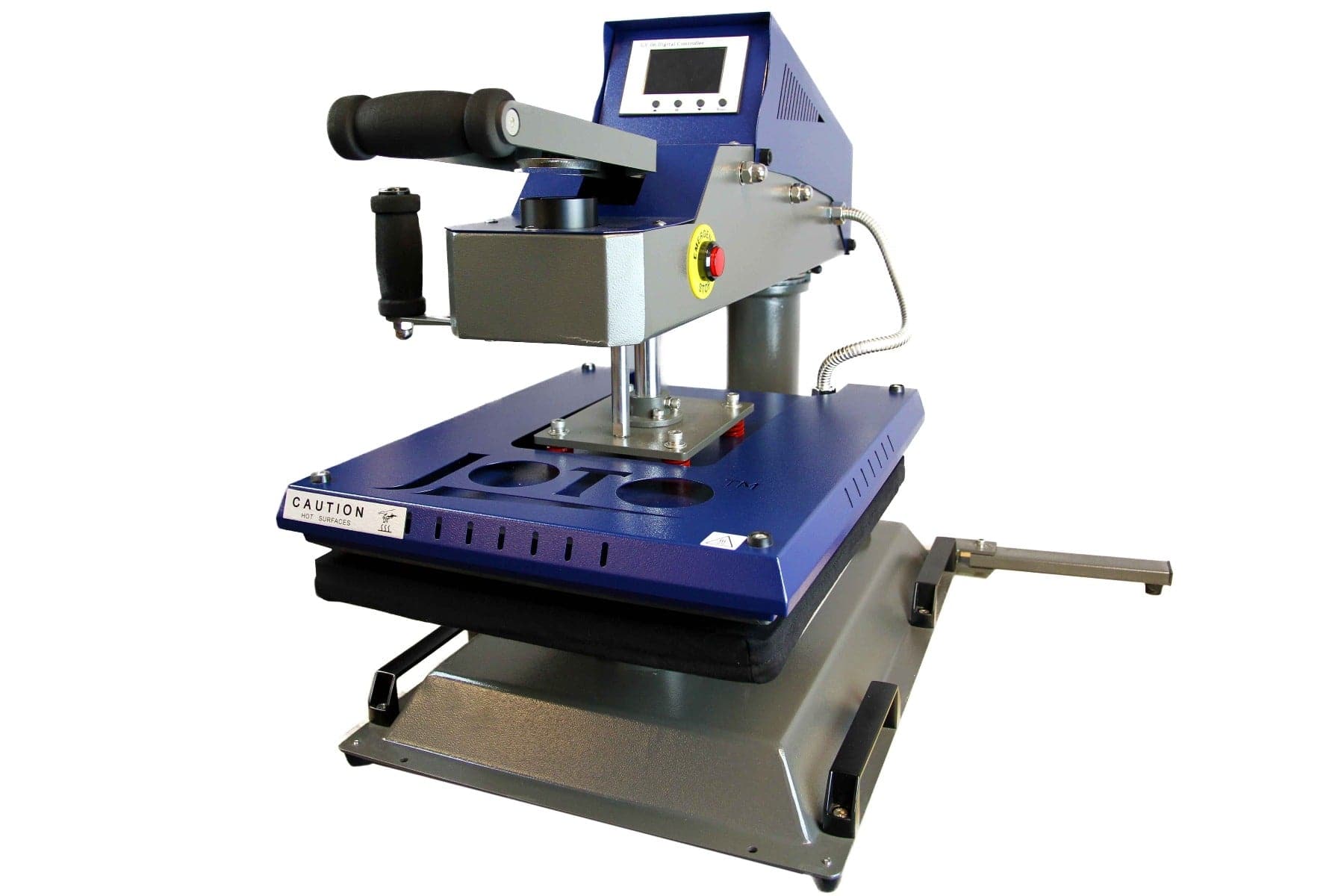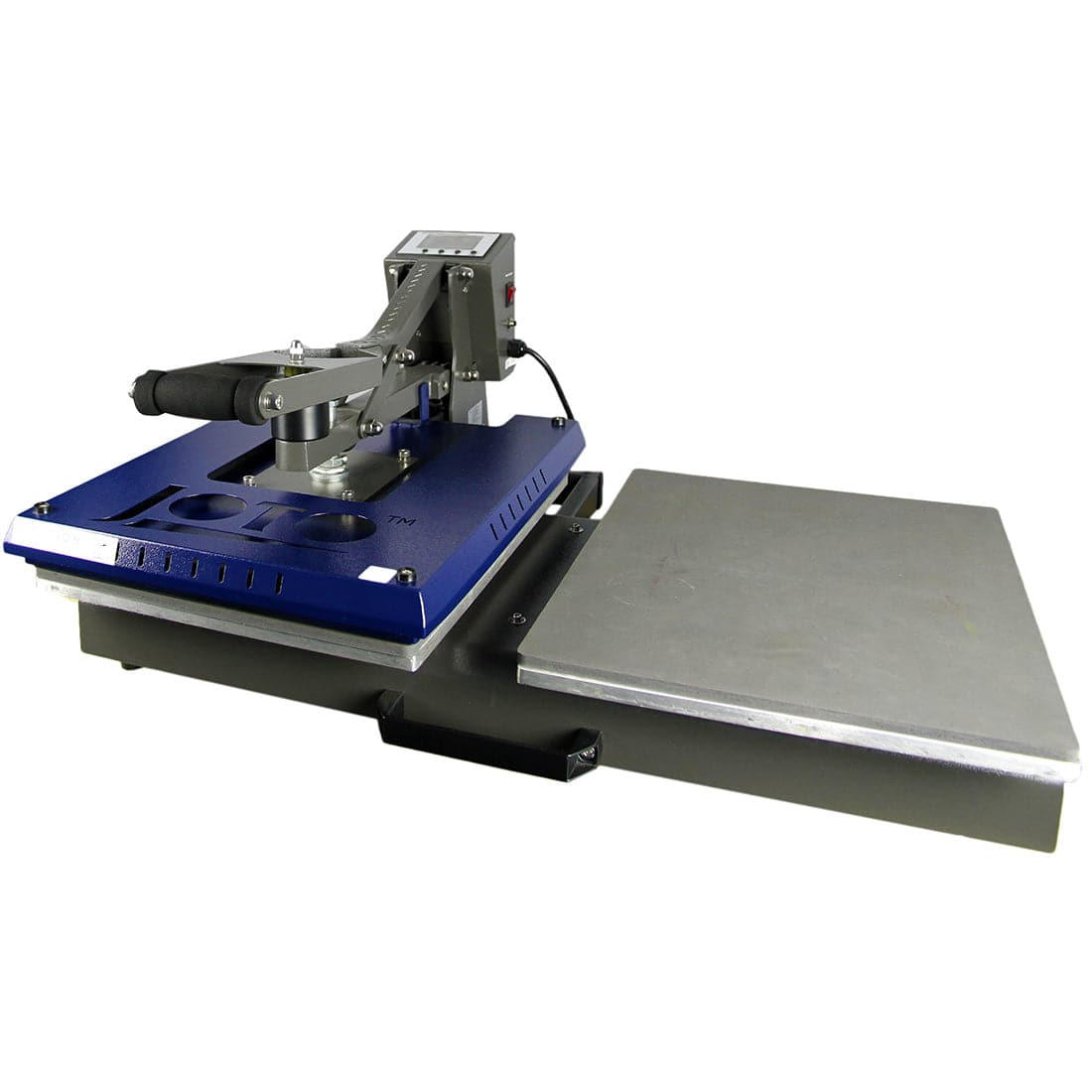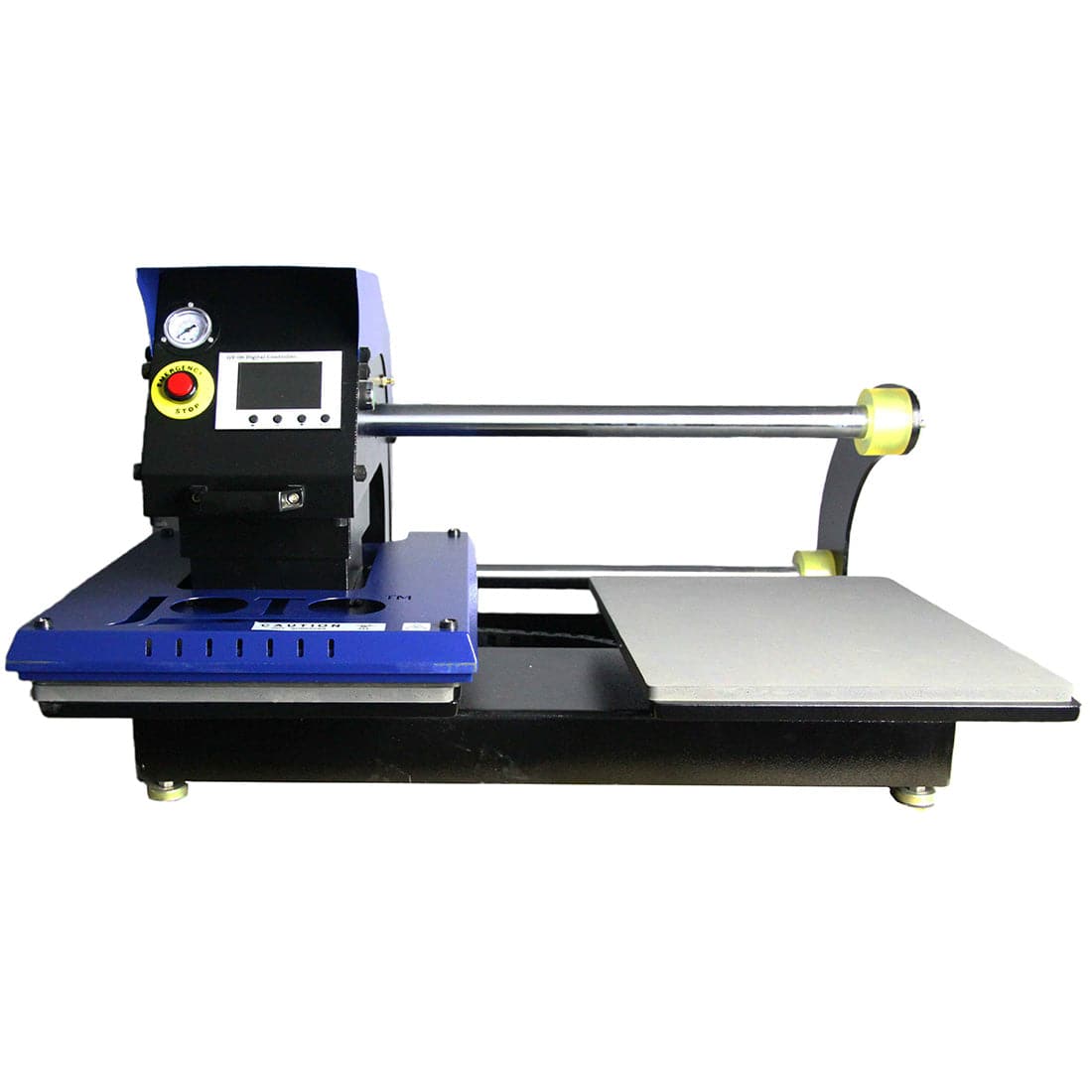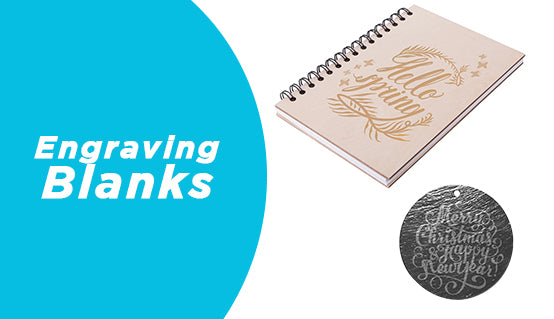Heat transfer vinyl (HTV) is a widely used material for creating custom designs on clothing and other fabric-based items. In this article, we’ll explore everything you need to know about HTV—from what it is and how it works, to tips for achieving successful applications. We’ll also cover the different types of vinyl available on the market today, including cuttable and printable options, as well as popular vinyl cutters commonly used with these materials.
In addition, we’ll dive into best practices for using a heat press when applying your designs to various surfaces, such as cotton or synthetic fabrics. You’ll learn key considerations like achieving the right look and feel, as well as recommended heat press settings for optimal results.
Finally, we’ll go over common pitfalls when working with HTV and how to avoid them to ensure a flawless finish. Whether you’re new to heat transfer vinyl or looking to refine your skills, this guide has something for everyone.
How to use heat transfer vinyls

Heat transfer vinyl (HTV) is a popular and effective way to customize apparel and other materials with logos, images, or text. With the right tools and a solid understanding of the process, you can create professional-looking designs that are durable and long-lasting.
The first step is selecting the right type of heat transfer vinyl for your project. The two main options are MultiCut Heat Transfer Vinyl and MultiPrint Heat Transfer Vinyl. MultiCut HTV comes in various finishes and textures, while MultiPrint HTV allows you to print your own designs before applying them to fabric. It’s essential to choose the correct type of HTV based on your design needs and production setup.
If you're using MultiCut HTV, begin by cutting your design from a roll of vinyl using a vinyl cutter machine. You can layer up to three MultiCut HTV layers for complex designs. Be sure to remove any excess vinyl around the cut to avoid interference during pressing. If you're working with MultiPrint HTV, first print your design using a print-and-cut vinyl cutter machine, then cut it out as needed.
⚠️ Important: If you're using MultiCut HTV, make sure to mirror your design, especially when working with text. For MultiPrint HTV, ensure your design is in the correct reading orientation (not mirrored).
Once your design is ready, place it face down on the fabric in the desired position. Insert the item into a heat press machine, using settings appropriate for the type of vinyl and fabric (refer to the manufacturer’s guidelines). Use a ruler for precise alignment—measure twice, press once. Depending on the vinyl, you’ll either need to use the Hot Peel method (remove the liner immediately after pressing) or the Cold Peel method (wait until it cools before peeling). Once peeled, your design is complete.
For lasting results, always follow the recommended care instructions. Wash garments inside out in cold water, avoid bleach or fabric softeners, and never iron directly over the design. If ironing is needed, turn the garment inside out and press lightly over the area. These practices help preserve your design through multiple washes.
Understanding the full HTV process is essential before starting your project. Heat transfer vinyl offers a versatile way to add custom visuals and texture to your fabric creations, making it a go-to solution for many printing needs.
Key Takeaway: To create professional, long-lasting HTV designs, choose the appropriate type of vinyl, cut your design accurately, and apply it using proper heat press techniques. Following care instructions is key to maintaining the quality of the final result over time.
Benefits of heat transfer vinyls

Heat transfer vinyl is an affordable and efficient way to customize apparel and other materials with logos, designs, and text. HTV is easy to work with and offers numerous advantages over traditional methods like screen printing or embroidery. Here are some of the key benefits of using heat transfer vinyl in your shop:
Durability
When applied correctly, HTV is highly durable. It can withstand the wear and tear of regular washing and exposure to sunlight without fading or peeling from the fabric. This makes it ideal for custom T-shirts, hats, bags, jackets, aprons—virtually any textile product.
HTV is available in a wide range of colors, finishes, and textures, allowing for truly unique and eye-catching designs. You can also layer multiple pieces of vinyl to create more complex effects, such as gradients or 3D visuals. Specialty materials are also available, such as Flock, which offers a soft, velvet-like texture, or Glitter, which adds sparkle and shine.
Cost-Effective
Compared to traditional printing or embroidery, HTV requires significantly less setup time—resulting in lower overall production costs. There's no need for expensive equipment or ongoing maintenance.
At Joto Imaging Supplies, our MultiCut HTV rolls are available in 6, 12, and 30-yard options, while MultiPrint HTV rolls come in 15 or 30-yard lengths. This means better value per yard, whether you're a hobbyist or running a full-scale production. Plus, the application process is simple enough for beginners to get professional results without extensive training.
HTV also offers a major time-saving advantage. Unlike screen printing, which can take hours to set up and cure, HTV applications take just minutes. For MultiCut HTV, you'll need a cutter like the Graphtec CE7000 series or Roland GS-24. For MultiPrint, a print-and-cut machine such as the Roland BN-20A is recommended. And, of course, you'll need a heat press—like the Joto Clamshell or Joto Swing Away—to complete the process.
Thanks to its flexibility and efficiency, HTV is a smart investment whether you're launching a business or customizing apparel from home. This versatile material consistently delivers professional, long-lasting results.
Heat transfer vinyls offer print shops a way to boost productivity, reduce turnaround times, and save on costs. Choosing the right HTV type for your specific project is key to maximizing these benefits.
Key Takeaway: Heat transfer vinyl offers a fast, cost-effective, and beginner-friendly way to produce custom apparel. With minimal setup and a wide range of material options, HTV is a smart solution for both professionals and DIY creators looking for quality and efficiency.
Choosing the Right Heat Transfer Vinyls

Choosing the right heat transfer vinyl (HTV) is crucial for any small or medium-sized print shop. With so many options available, selecting the best HTV for your business can feel overwhelming. To help you make the most informed investment, here are some key factors to consider when choosing your vinyl.
The first and most important consideration is the type of fabric you'll be applying the vinyl to. For example, cotton may require a different type of vinyl than synthetic materials like polyester or nylon. Always confirm the fabric type before making a purchasing decision to ensure compatibility and optimal adhesion.
If you're considering MultiCut HTV, the finish and visual effect you're aiming for should guide your selection:
- MultiCut One-4-All offers a smooth matte finish.
- MultiCut Reflective increases visibility by reflecting light—ideal for safety or activewear.
- MultiCut SuperGlitter features a textured surface with high-density glitter particles for maximum sparkle.
- MultiCut Glitter contains less glitter and has a smooth, non-textured finish.
If you're leaning toward MultiPrint HTV, in addition to the desired look and feel, the type of printer you're using is a critical factor:
- MultiPrint Ultimate Dark is available in both matte and gloss finishes, and works best with HP Latex printers.
- MultiPrint Nylon has a matte finish and is ideal for inkjet printers using Eco-Solvent or Solvent inks.
Taking the time to match the correct HTV type to your fabric, printer, and design goal will ensure high-quality results and a more efficient production workflow.
Tips for working with heat transfer vinyls

With the right knowledge and techniques, HTV can be used to create standout projects that set your work apart. Here are some helpful tips for working with heat transfer vinyls:
1. Preparing your design
Before cutting your design into HTV, it's essential to prepare it correctly. Make sure all text is mirrored so that it appears the right way when applied—this includes logos and other graphical elements. Double-check your design to ensure there are no overlapping elements or gaps that could cause issues during cutting or pressing.
2. Choosing the right vinyl for your project
Not all HTV is the same, different vinyls are better suited for different materials and design goals.
- For simple logos with 1–3 colors on T-shirts, MultiCut One-4-All (a polyurethane-based HTV) is a great choice. It offers excellent durability and flexibility, even after multiple washes.
- For textured finishes and extra visual flair, consider MultiCut Glitter or MultiCut SuperGlitter—both deliver eye-catching sparkle, with SuperGlitter providing a more pronounced, textured feel.
- If you're working on a full-color or complex design, MultiPrint One-4-All or MultiPrint SuperSoft are better suited for photo-quality prints and vibrant gradients.
3. Applying the heat press correctly
Once your design is cut, it’s time to apply it to your surface using a heat press machine. But don’t rush—proper setup is critical. Always adjust the temperature, pressure, and pressing time based on the specific HTV and fabric you’re using. These factors directly impact adhesion and the overall durability of your design.
Bonus Tip: Use tools like tweezers or weeders during the weeding process. They give you better control over fine details and help avoid accidentally tearing or stretching the vinyl, saving you time and preserving the integrity of your design.
Also, never leave your heat press unattended during application. Excessive heat can damage your vinyl or fabric. Monitor the process closely to prevent any mishaps or overheating.
Mastering the basics of HTV is essential for achieving professional, long-lasting results. Once you're confident in the process, troubleshooting becomes much easier and production becomes more efficient.
Troubleshooting heat transfer vinyls

When working with heat transfer vinyls (HTV), a few common issues may arise—but don’t worry, most of them have simple and effective solutions. Here’s a quick guide to troubleshooting typical HTV problems.
- Problem: Poor Adhesion
One of the most frequent issues is poor adhesion of the vinyl to the fabric or substrate. This is often the result of incorrect pre-pressing techniques, such as insufficient pressure or heat during the application process.
- Solution: Ensure you’re using consistent, even pressure when applying your design. Press with medium to high pressure, depending on the type of vinyl and the fabric (refer to your vinyl manufacturer’s instructions for time and temperature settings).
Also, make sure the garment is completely clean and free from dust, lint, or oils, as these can prevent proper bonding and reduce durability.
- Tip for Longevity: Always follow the manufacturer’s recommended curing times based on the specific HTV and substrate thickness. Proper curing ensures heat is distributed evenly across the design, preventing premature wear or cracking—especially in fine details or thinner vinyls.
FAQs in relation to heat transfer vinyls
Q: How do you explain heat transfer vinyl?
A: Heat transfer vinyl (HTV) is a type of flexible polyurethane film with a heat-activated adhesive backing. It can be cut into designs using an electronic cutting machine and then applied to fabrics using heat and pressure from a press. Once cooled, the vinyl bonds permanently to the fabric, creating customized garments or fabric items—without the need for sewing. HTV is a practical and versatile method for personalizing apparel, bags, and more. It’s available in a wide variety of colors, finishes, and textures.
Q: What are the advantages of heat transfer vinyl?
A: Heat transfer vinyl offers an efficient and cost-effective way to apply logos, text, and designs to a wide range of surfaces—especially fabrics like T-shirts, hats, and tote bags. Some of its key benefits include:
- Lower production costs compared to screen printing or embroidery
- Vibrant, long-lasting colors that withstand multiple washes
- Smooth, seamless finishes without visible edges
- Minimal material waste, since only the design area is cut
- High durability and resistance to cracking or fading when applied properly
Q: Is heat transfer vinyl good quality?
A: Yes, HTV is known for its excellent quality when used correctly. It allows for detailed, accurate designs on textiles and provides long-lasting results. HTV is flexible, stretchable, and easy to work with. It also retains its color vibrancy over time and resists cracking or peeling—making it ideal for both professional and DIY applications.
Q: What kind of vinyl is used for heat transfer?
A: The most common vinyl used for heat transfer is polyurethane-based HTV. This material has a heat-activated adhesive that bonds to fabric when pressed. Depending on the project, HTV is available in various finishes, including matte, gloss, metallic, glitter, and flocked textures. Some HTV products are designed for specific types of printers (such as Eco-Solvent, Solvent, or Latex), while others are cuttable only. Choosing the right type depends on your design, fabric, and equipment.
Conclusion
In conclusion, heat transfer vinyl (HTV) is a versatile and reliable solution for customizing apparel and other fabric items with your own unique designs. Whether you're decorating T-shirts, bags, or accessories, HTV comes in a wide variety of colors, finishes, and textures to suit virtually any creative vision.
By learning how to properly select and apply the right type of HTV, you can consistently produce high-quality, long-lasting results. Understanding the application process, as well as how to troubleshoot common issues, is key to working confidently and efficiently with HTV.
Whether you're just getting started or looking to refine your technique, mastering heat transfer vinyl opens up endless possibilities for customization in both personal and business settings.
